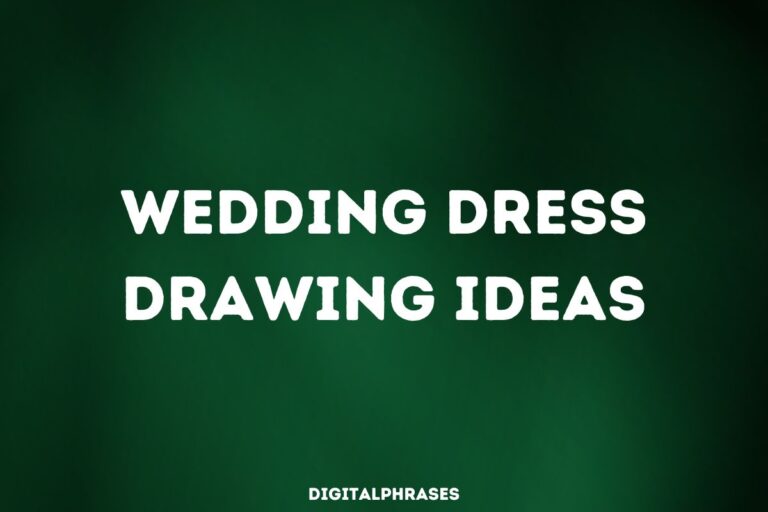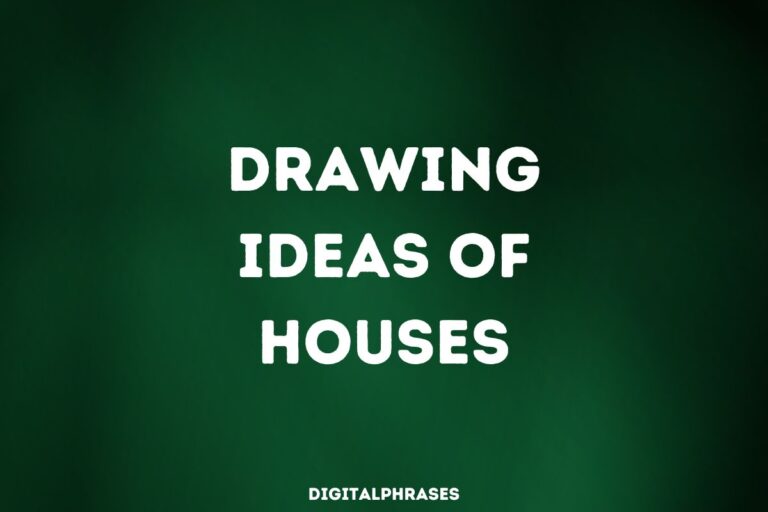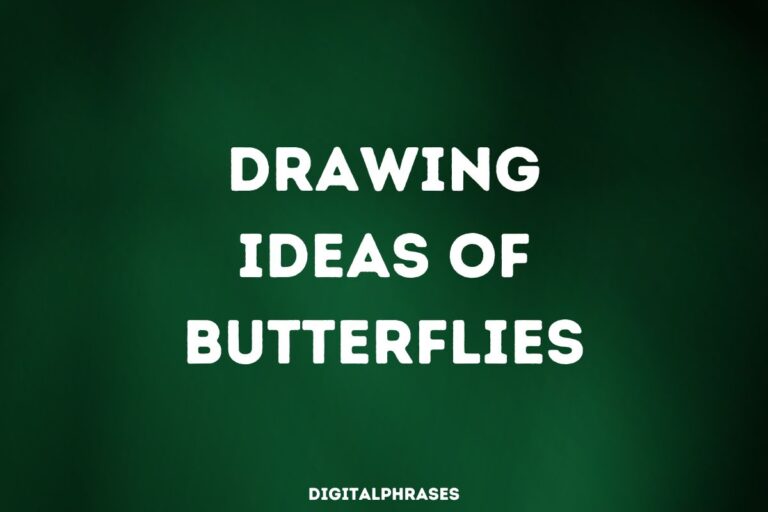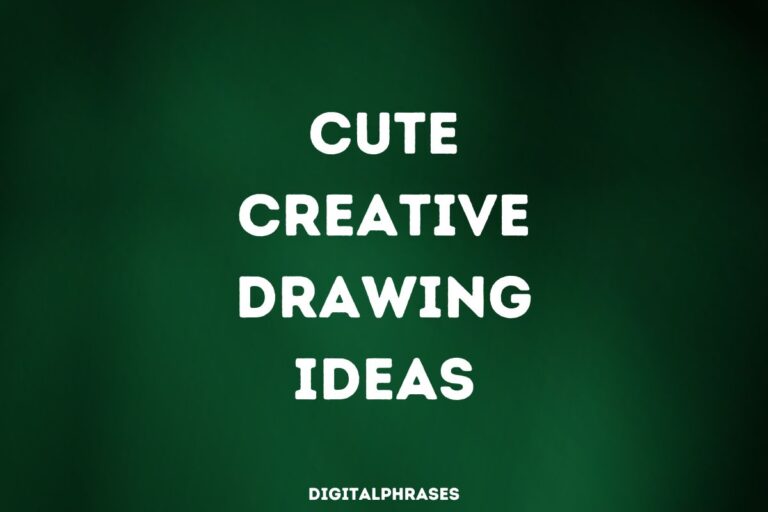90 Cartoon Couple Drawing Ideas
Creating a cartoon couple involves more than just drawing two characters side by side.
A well-crafted cartoon couple can convey a deep connection, tell a compelling story, and evoke a wide range of emotions.
The below ideas will help you create dynamic and engaging cartoon couples.
Do check this vast list out.
Human Cartoon Couples
1

2
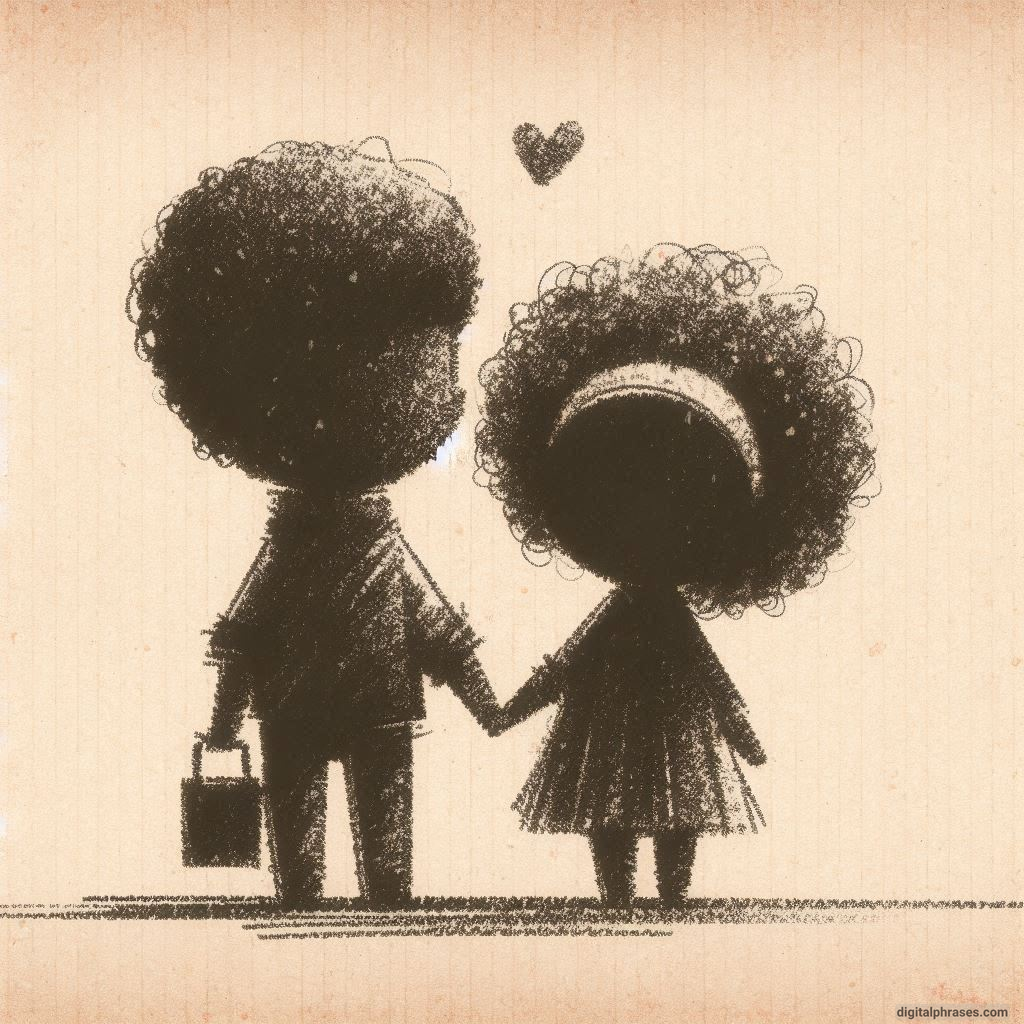
3
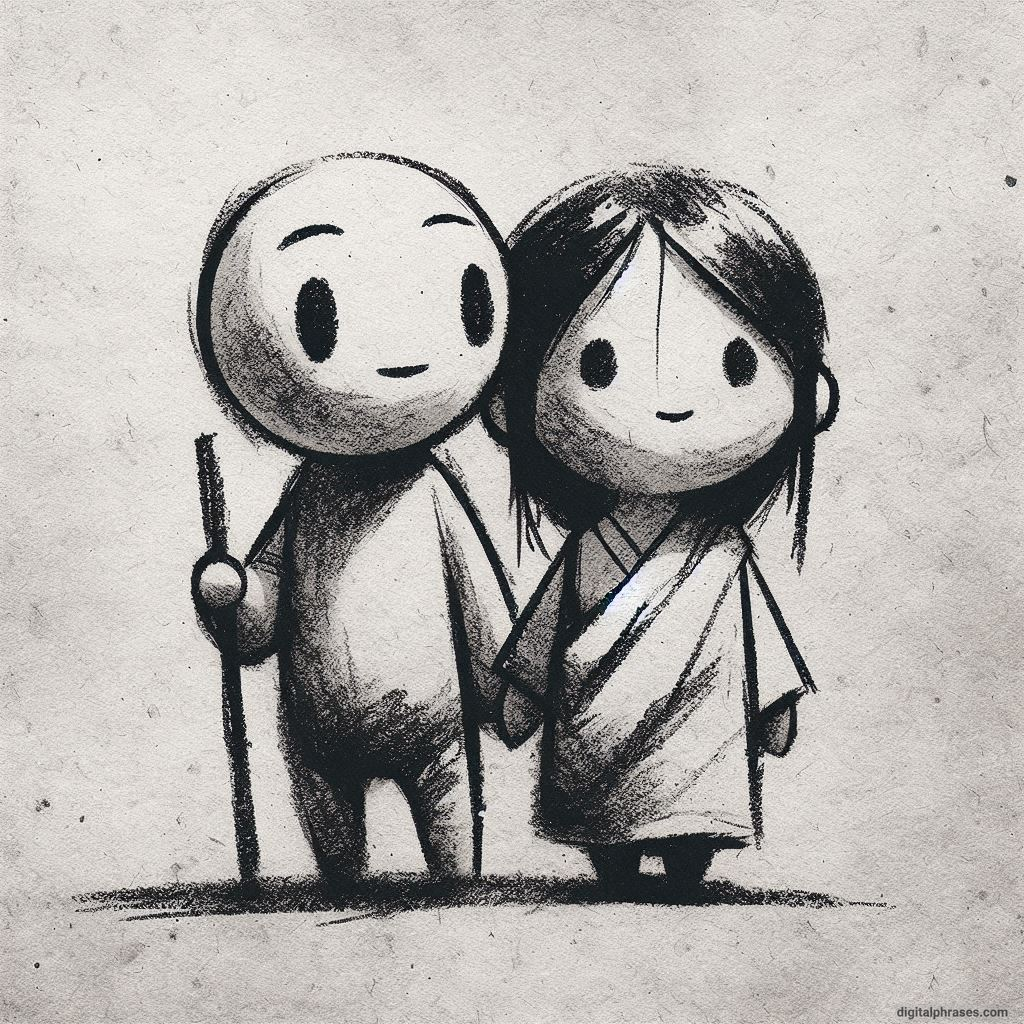
4

5
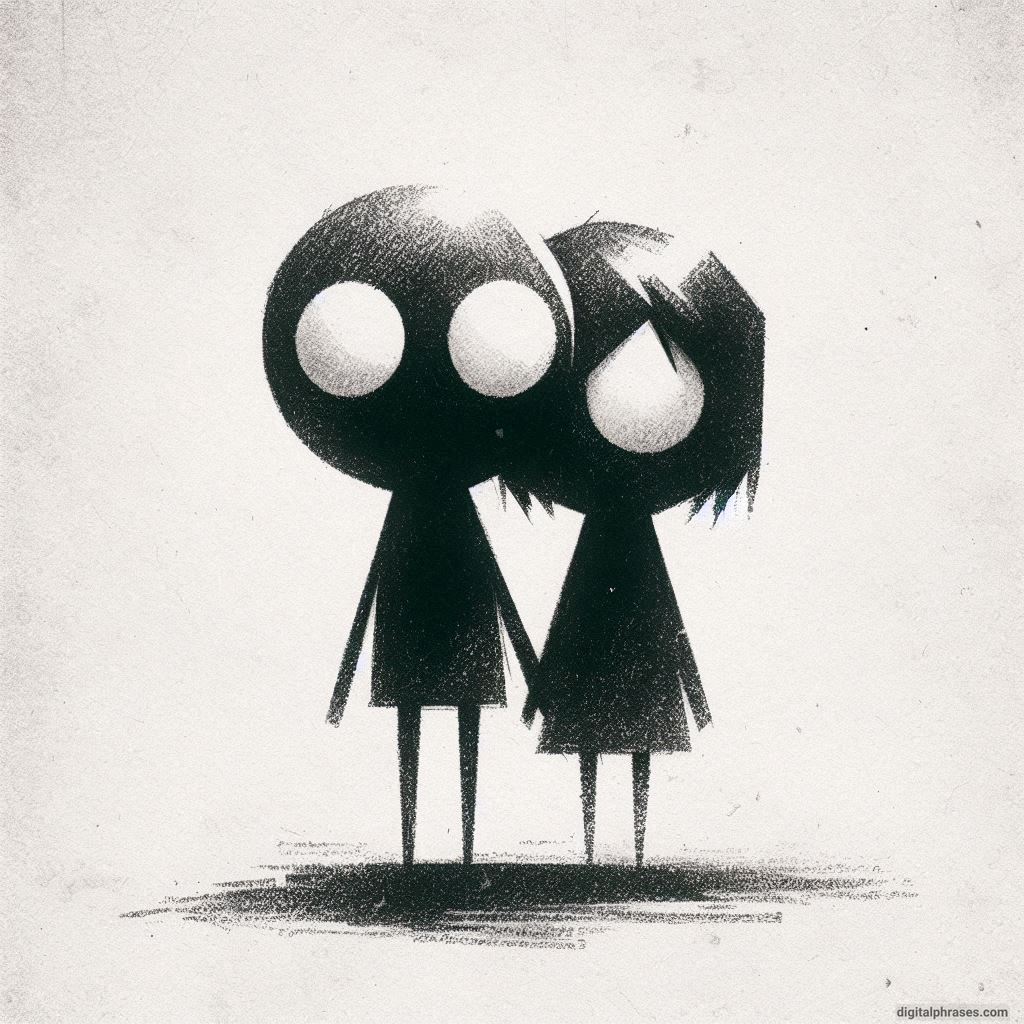
6
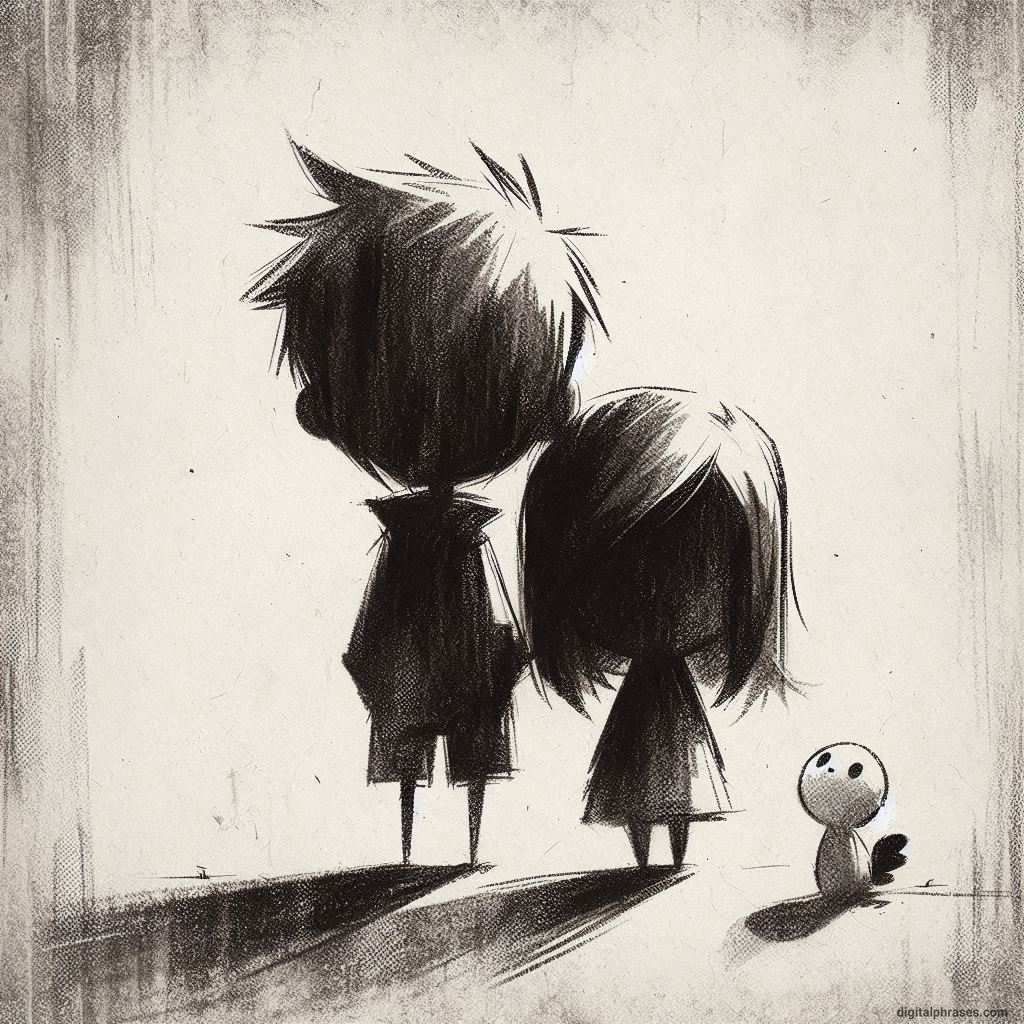
7
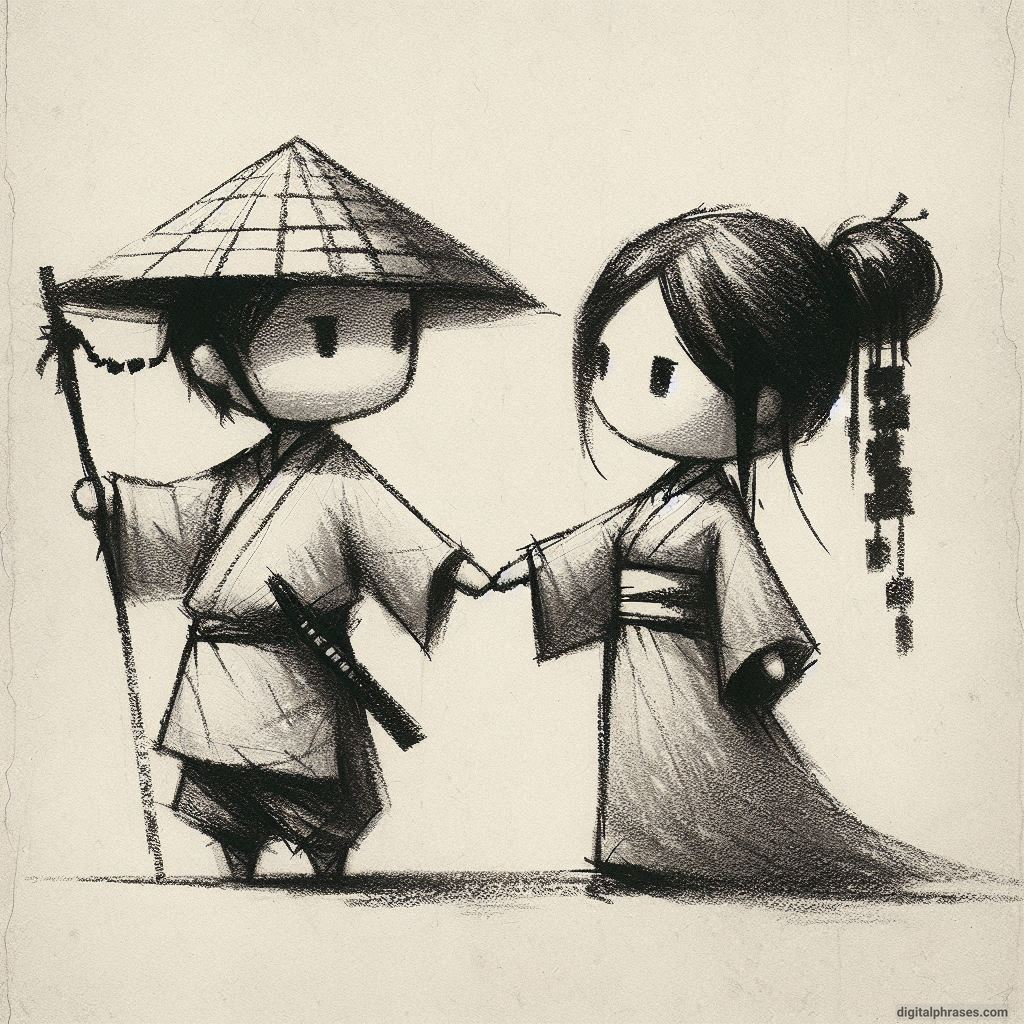
8

9
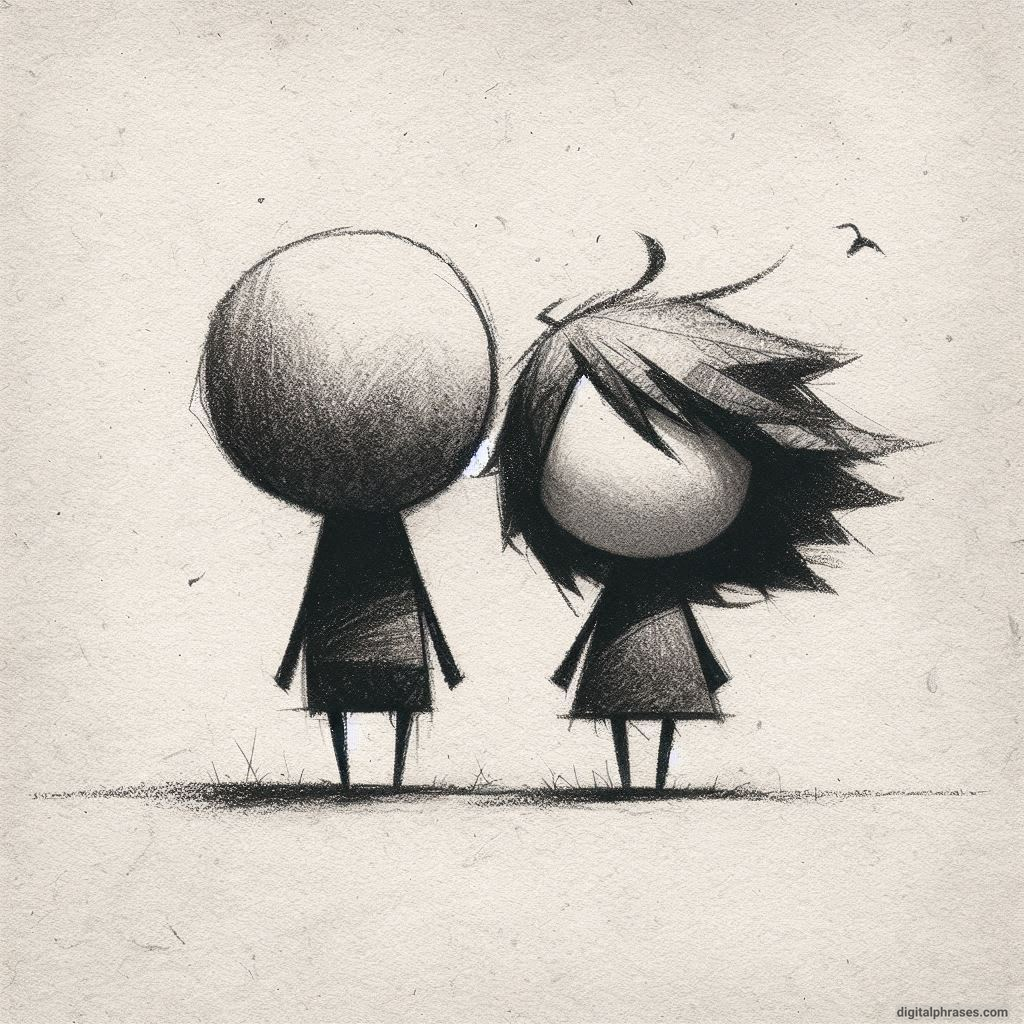
10
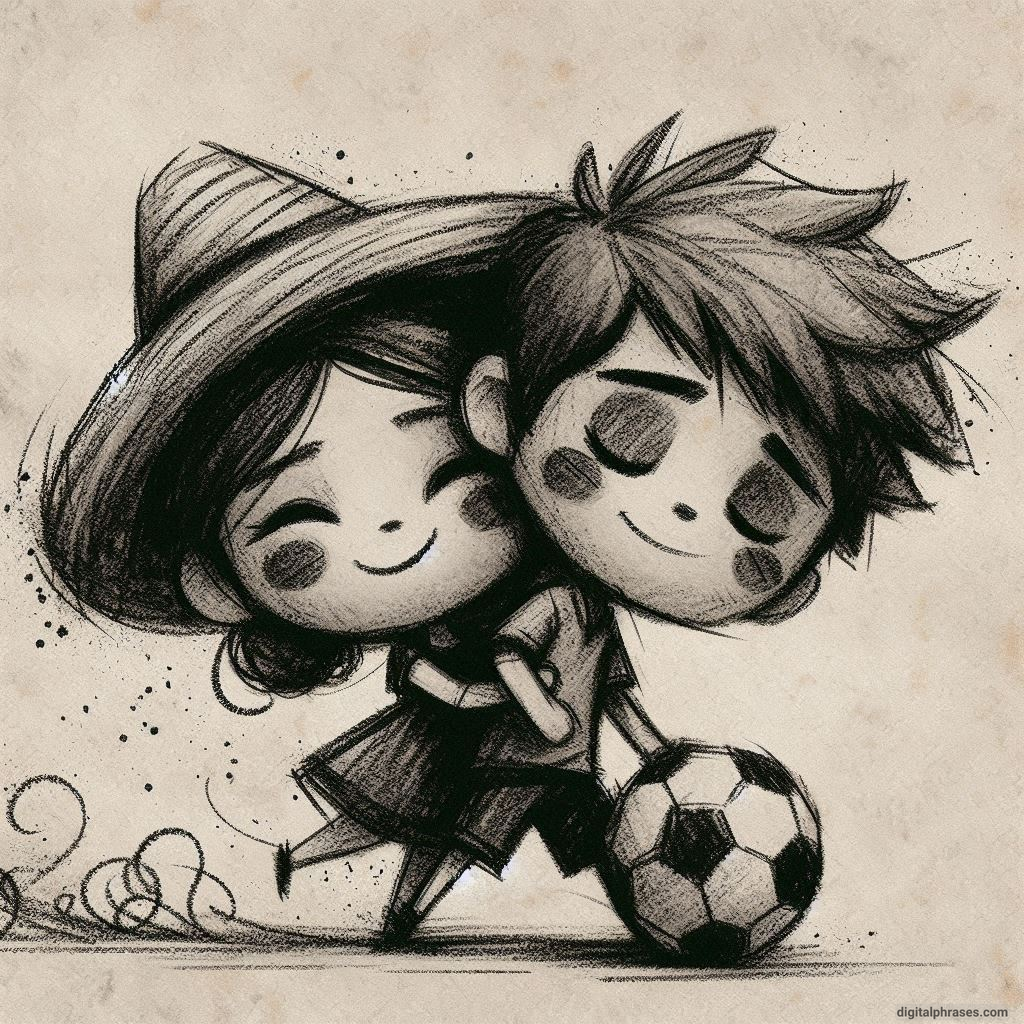
11
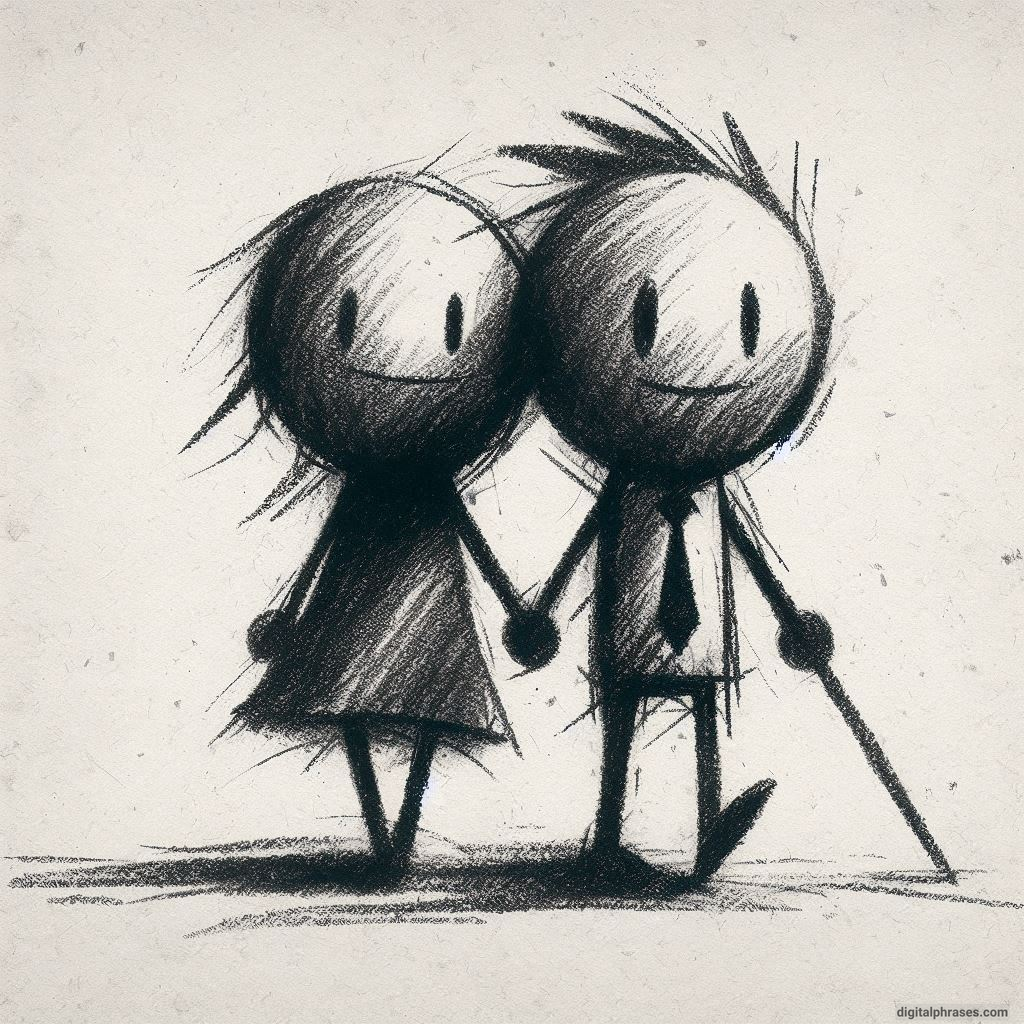
12
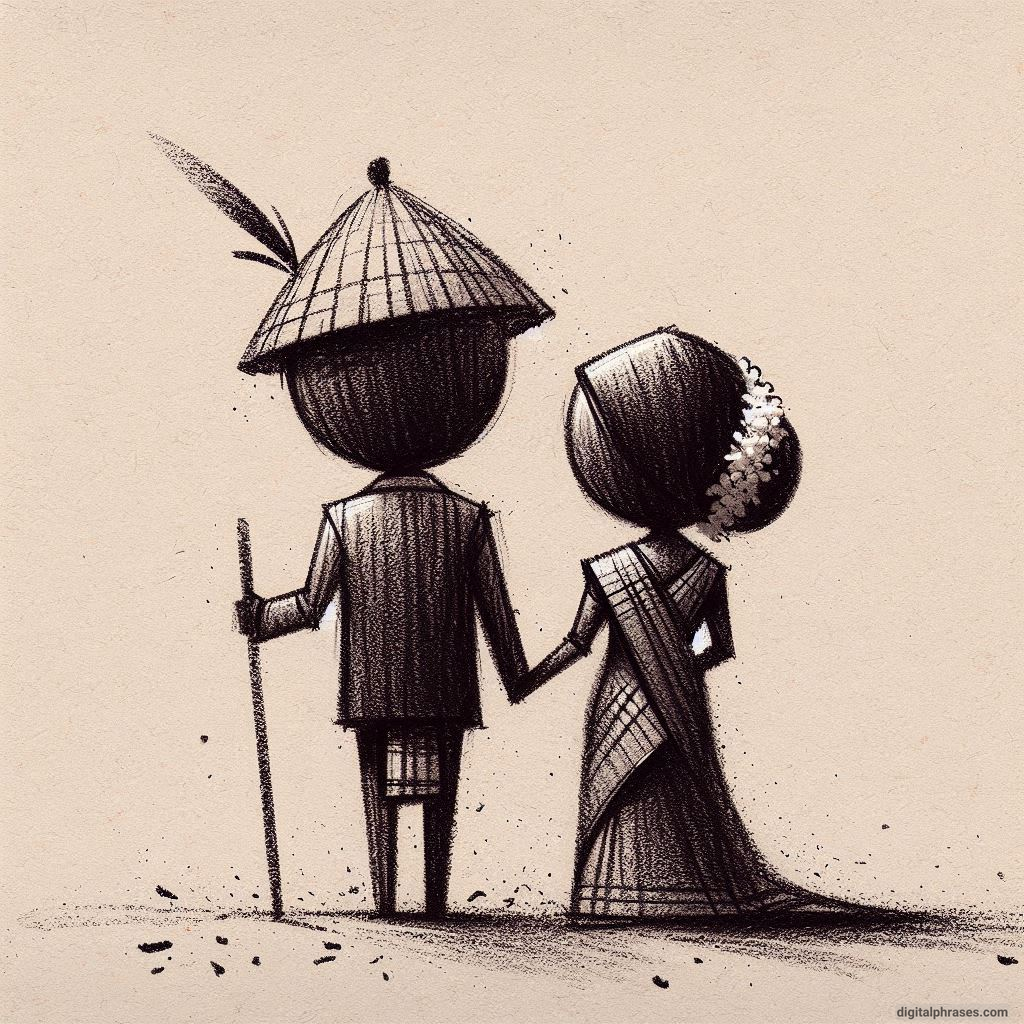
13
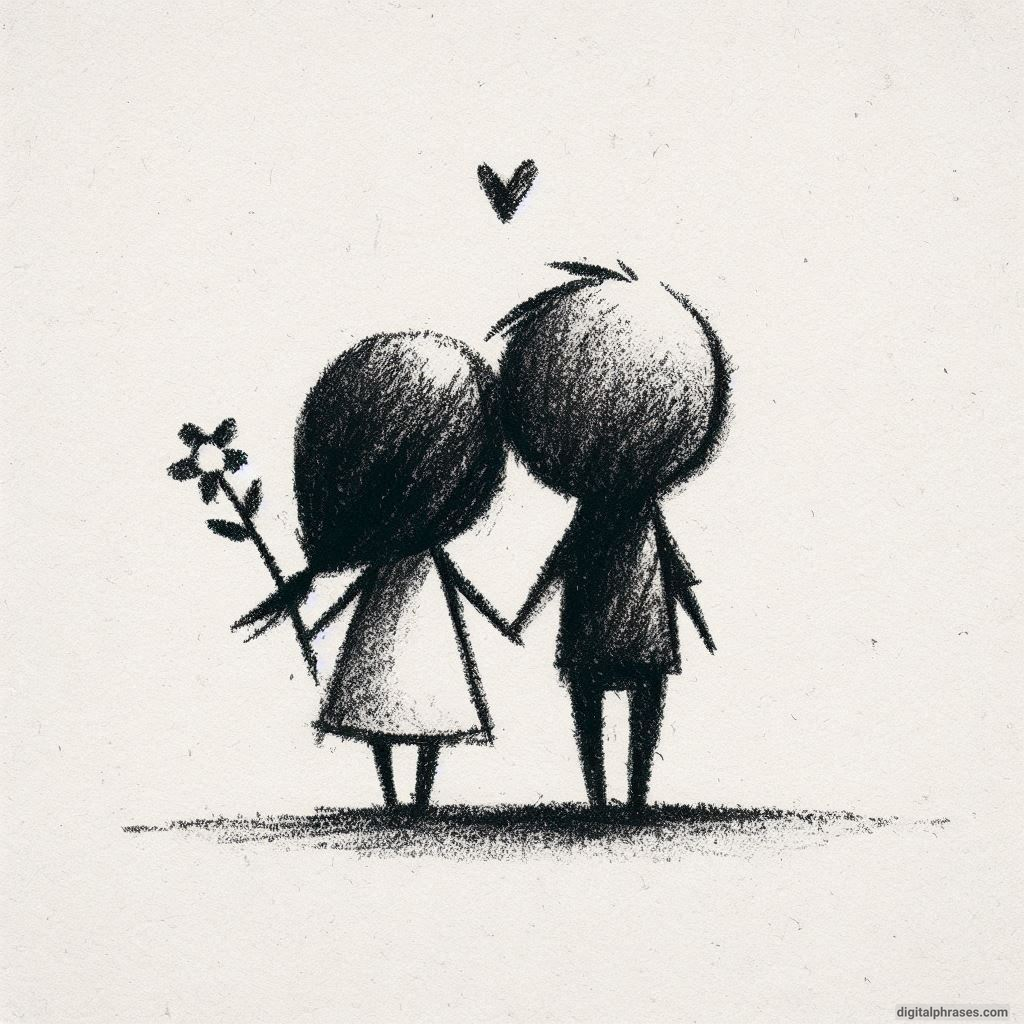
14
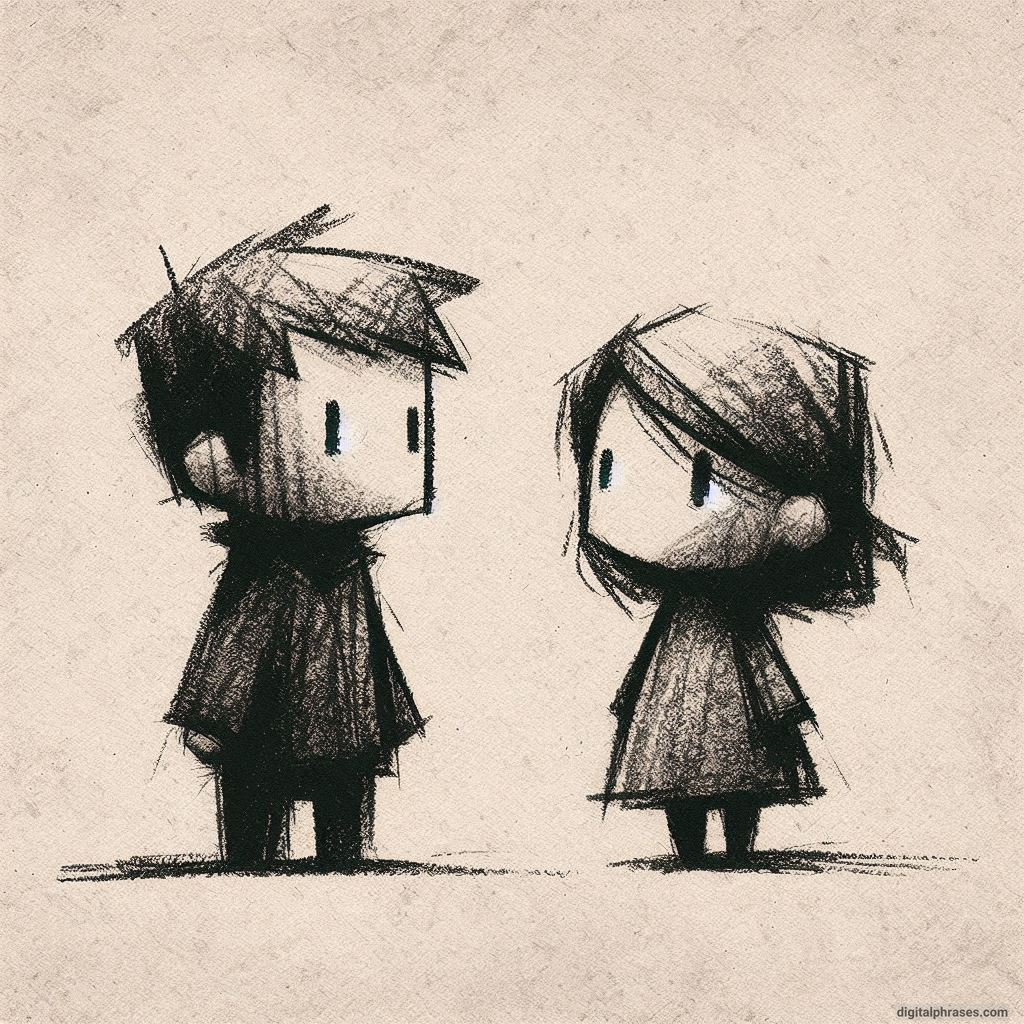
15
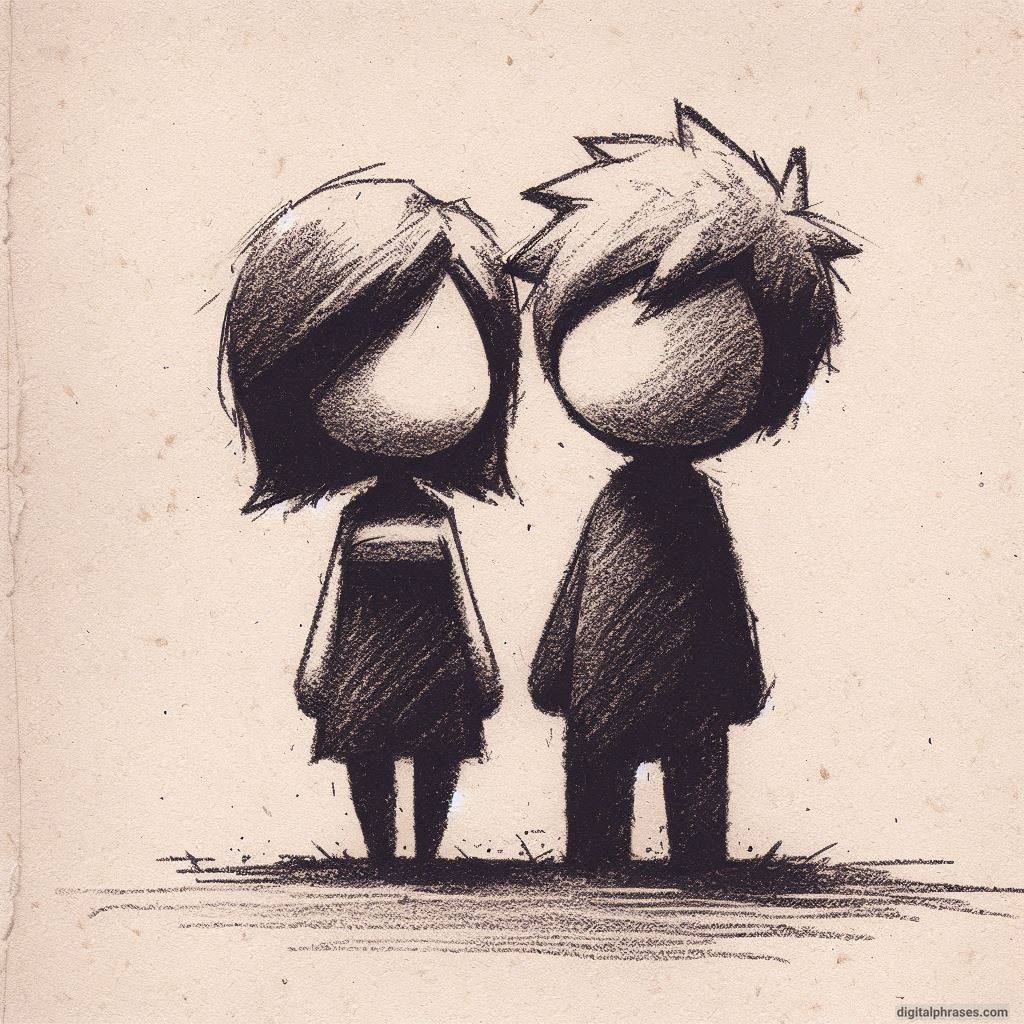
16
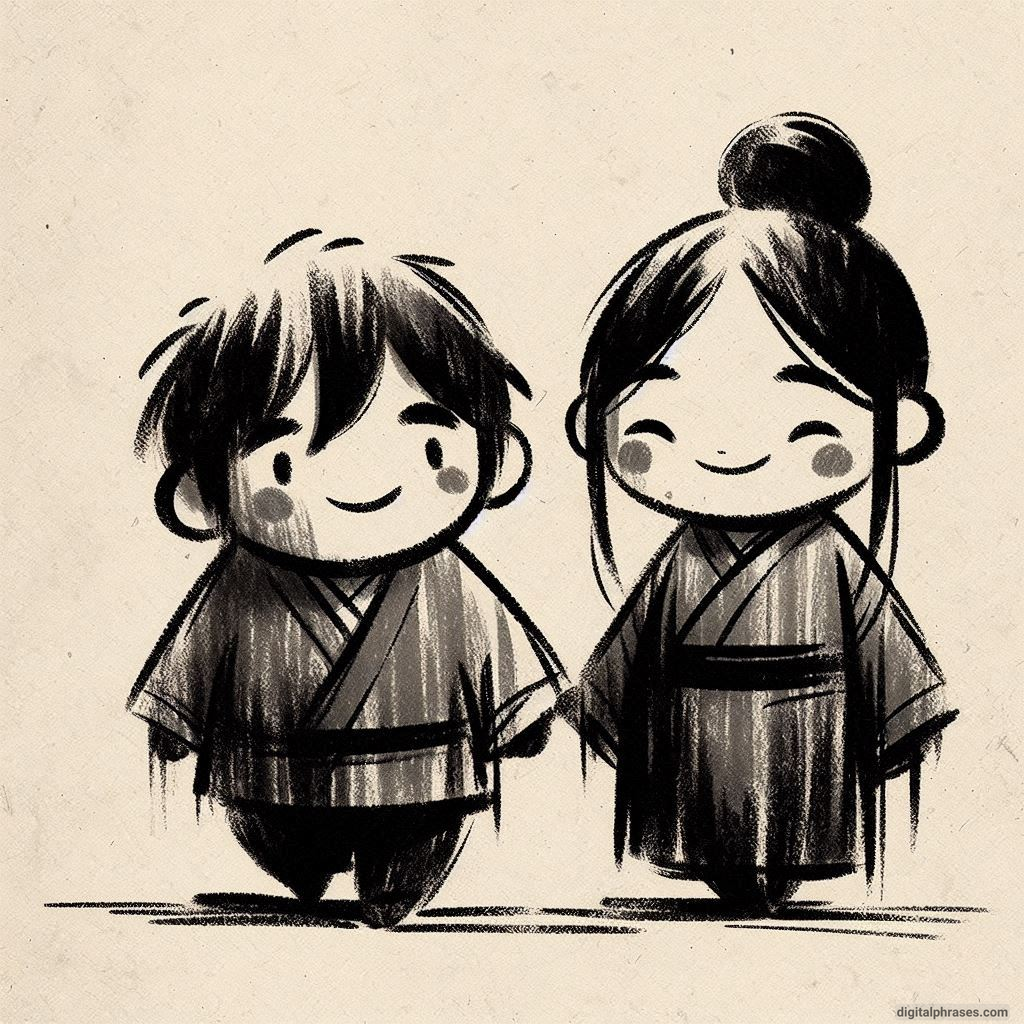
17

18
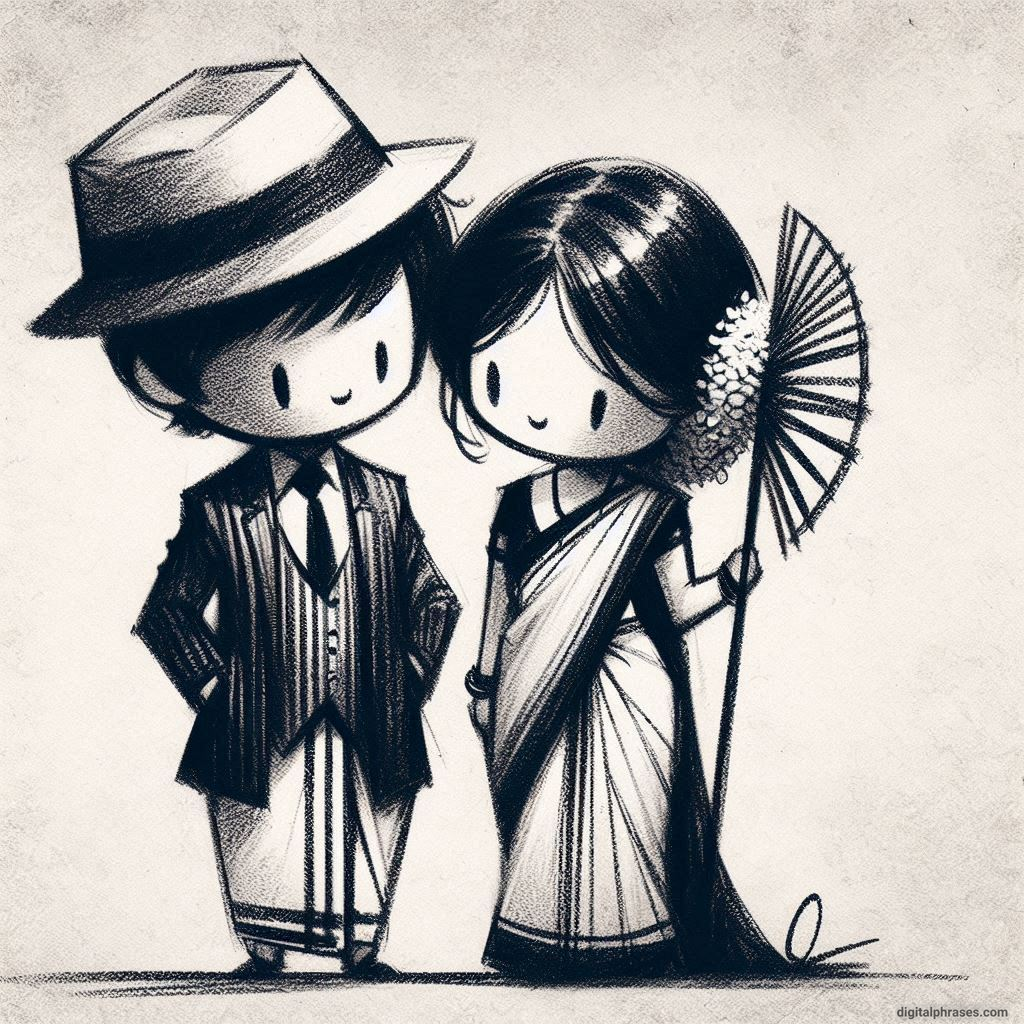
19

20
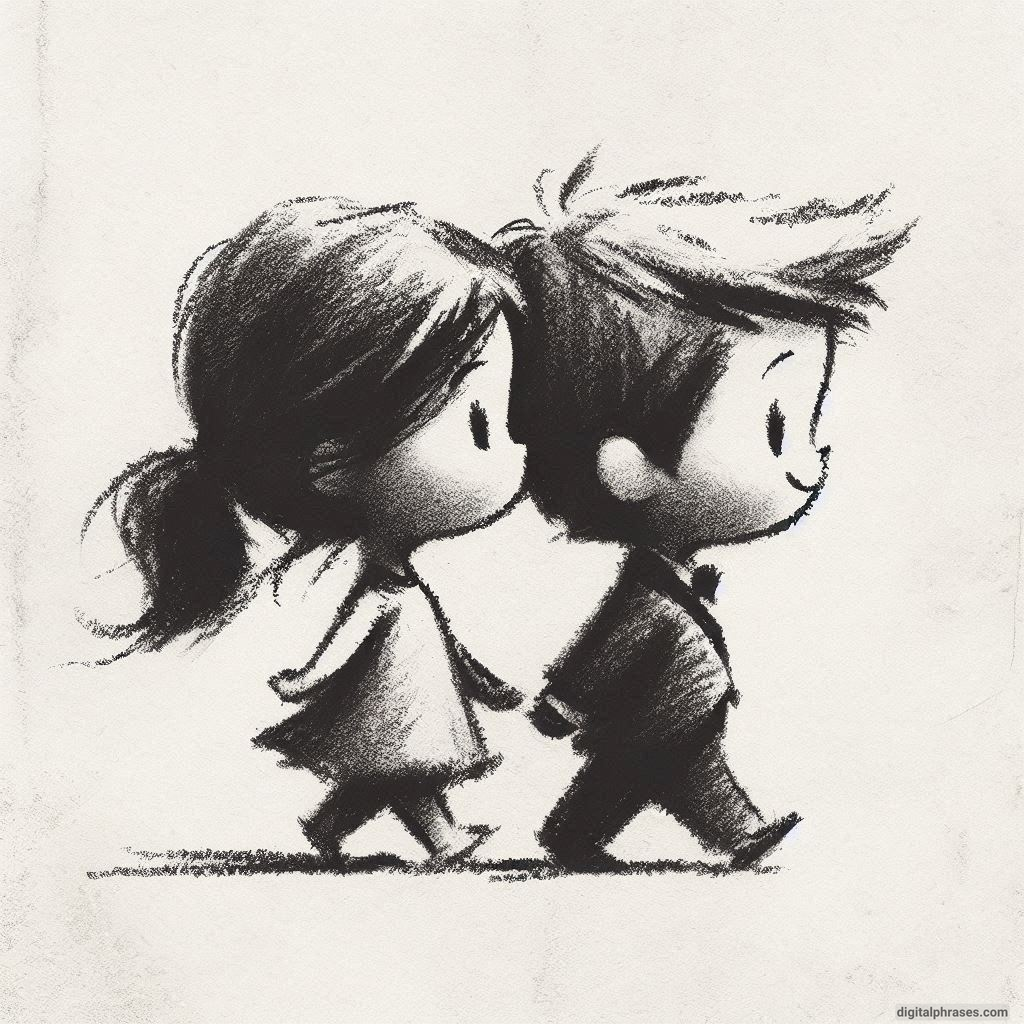
21
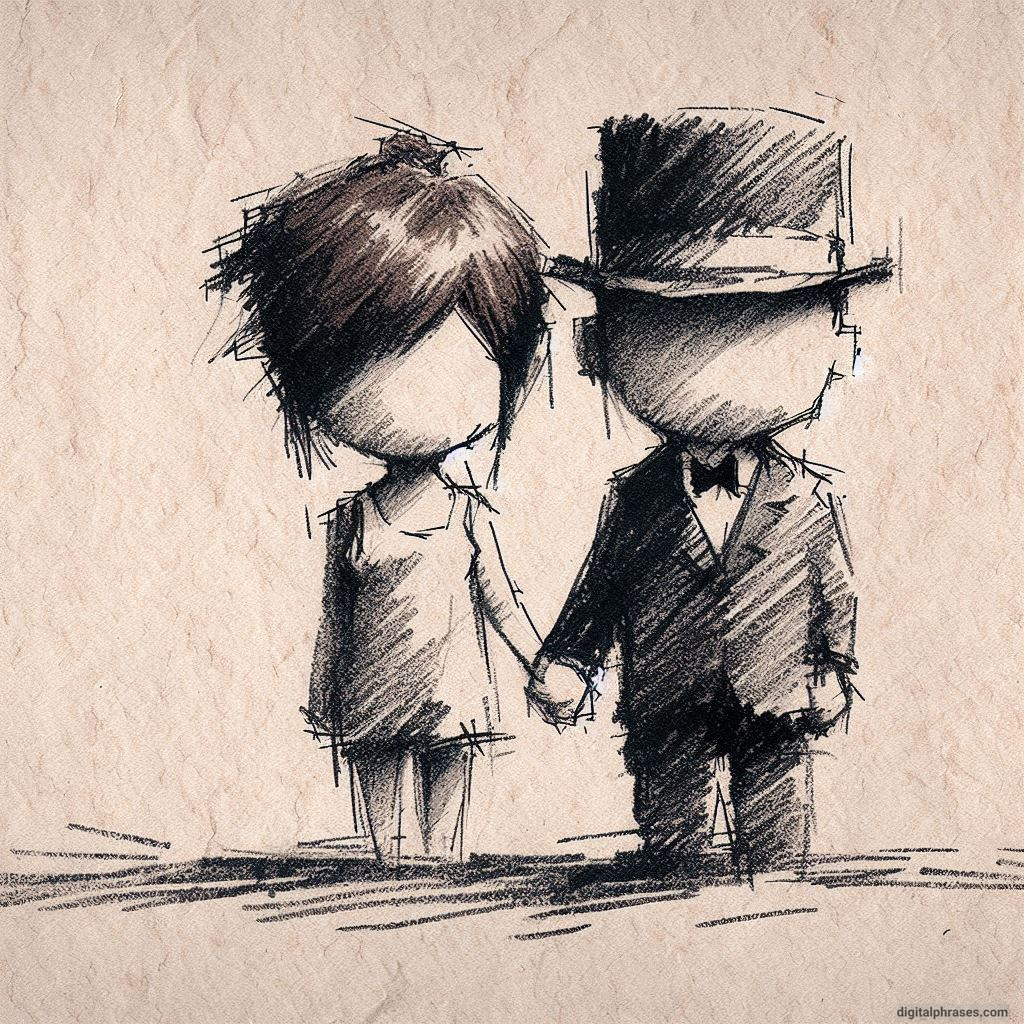
22
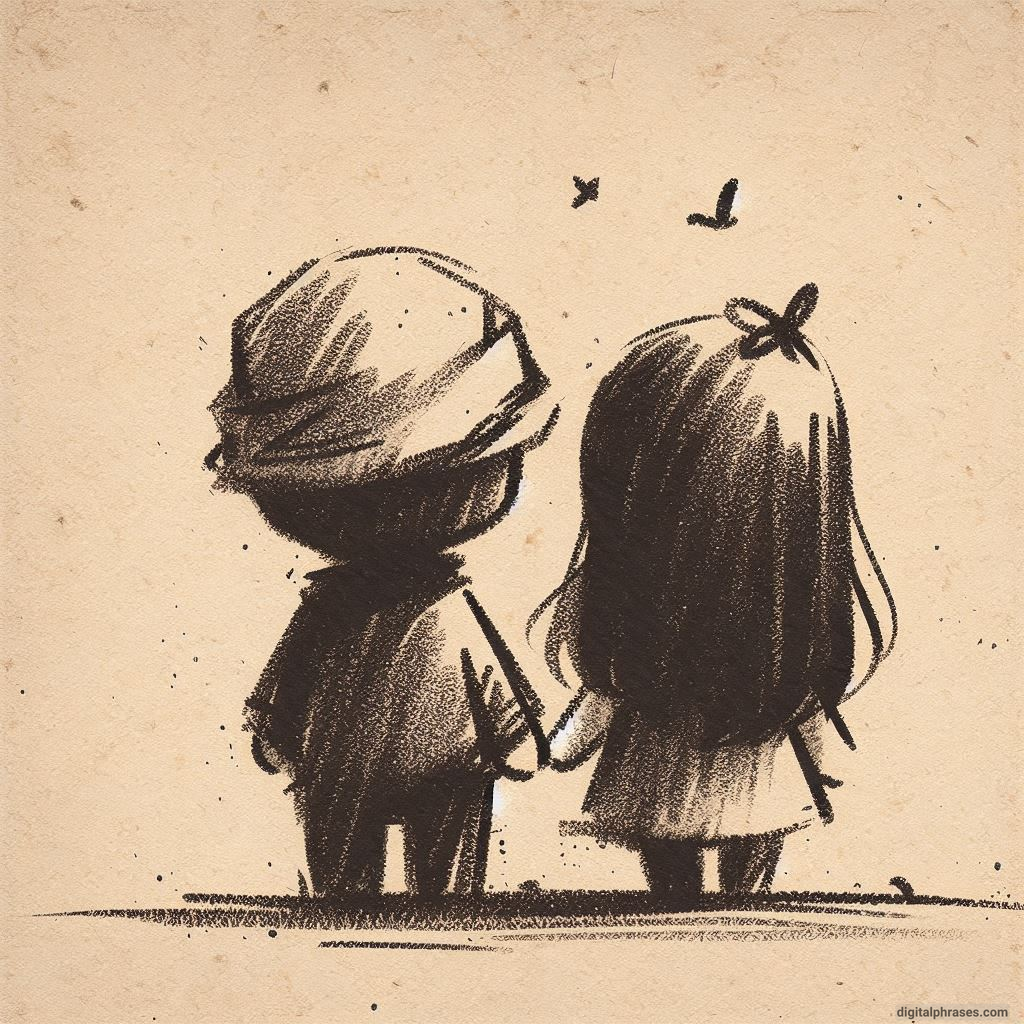
23

24
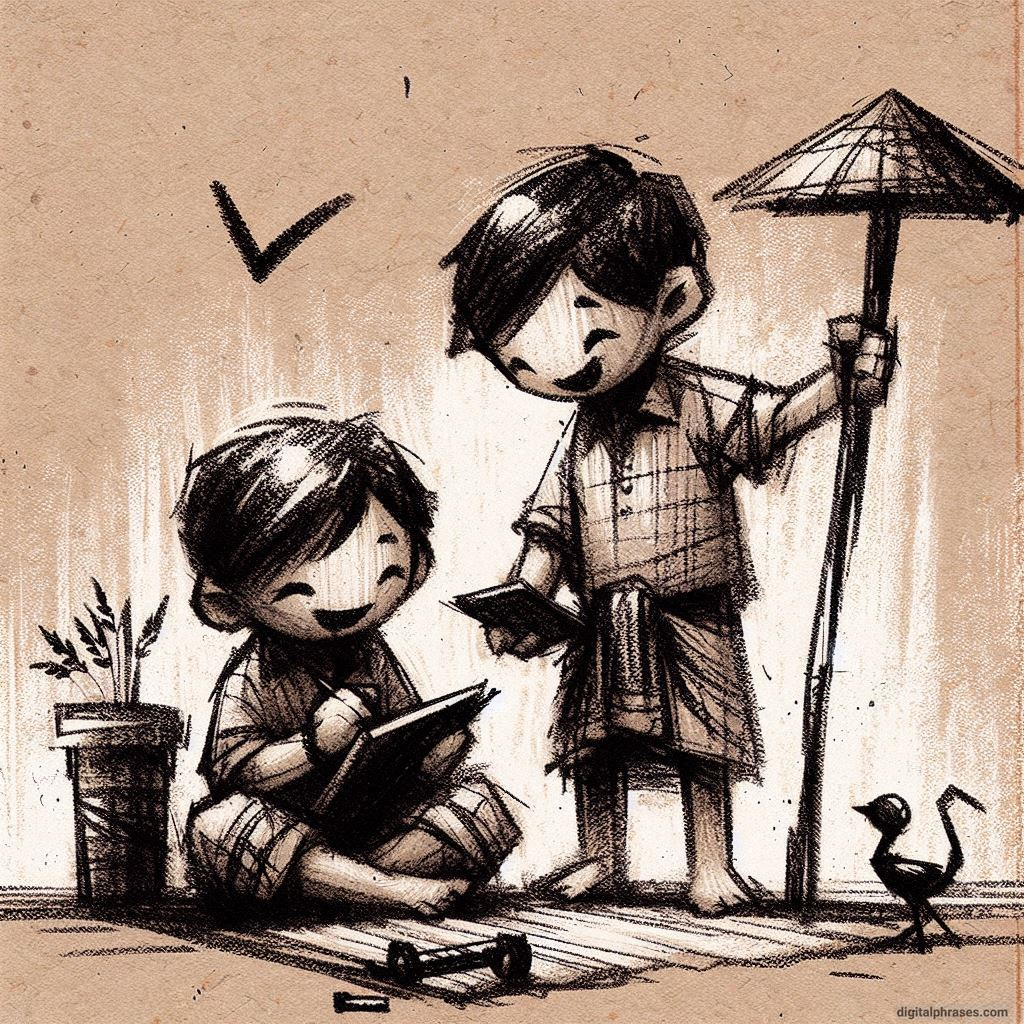
25

26
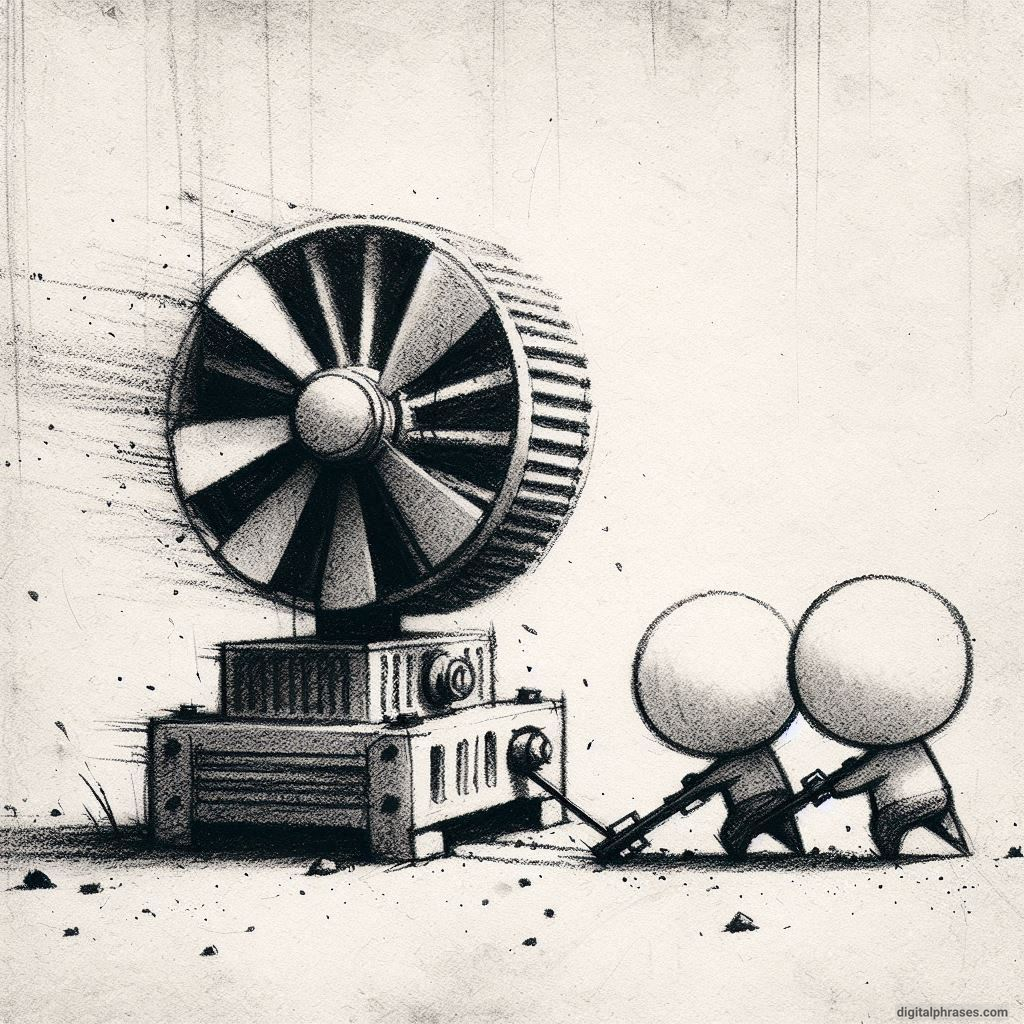
27

28
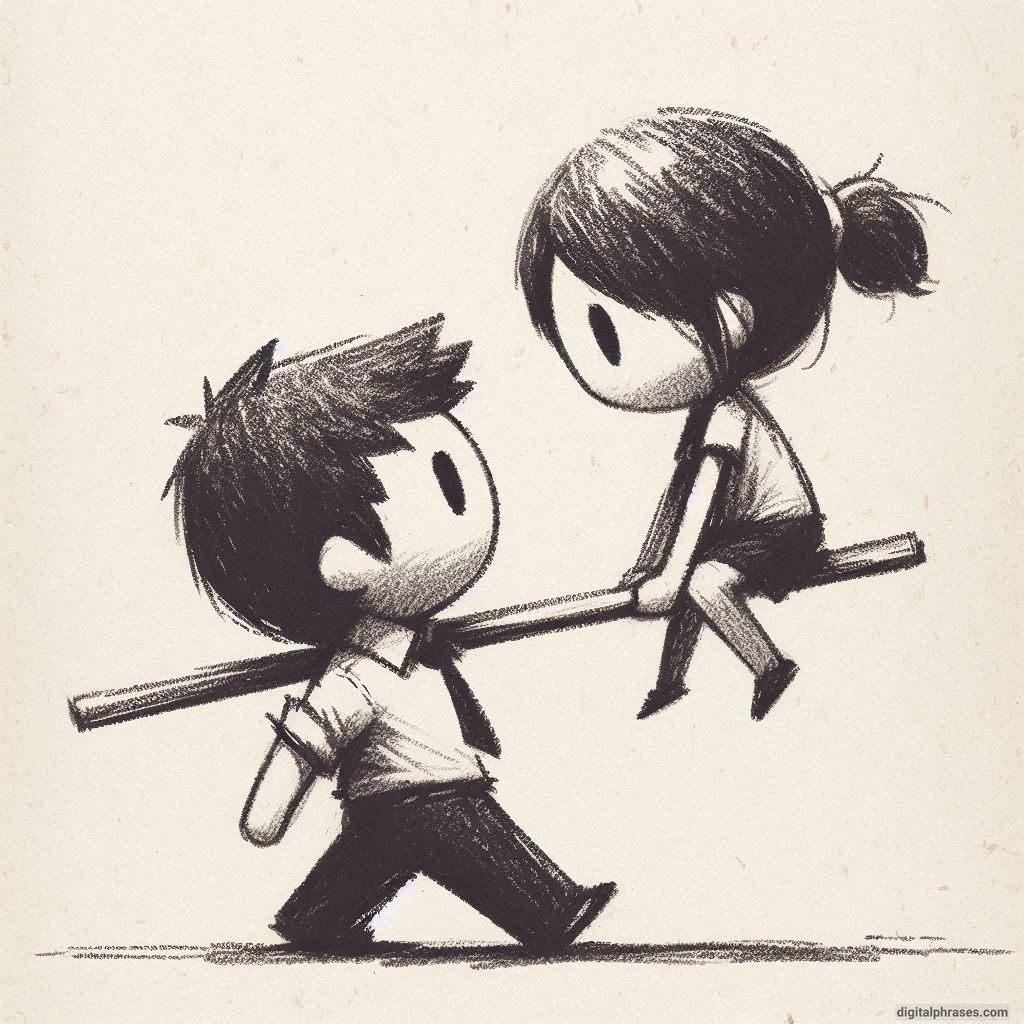
29
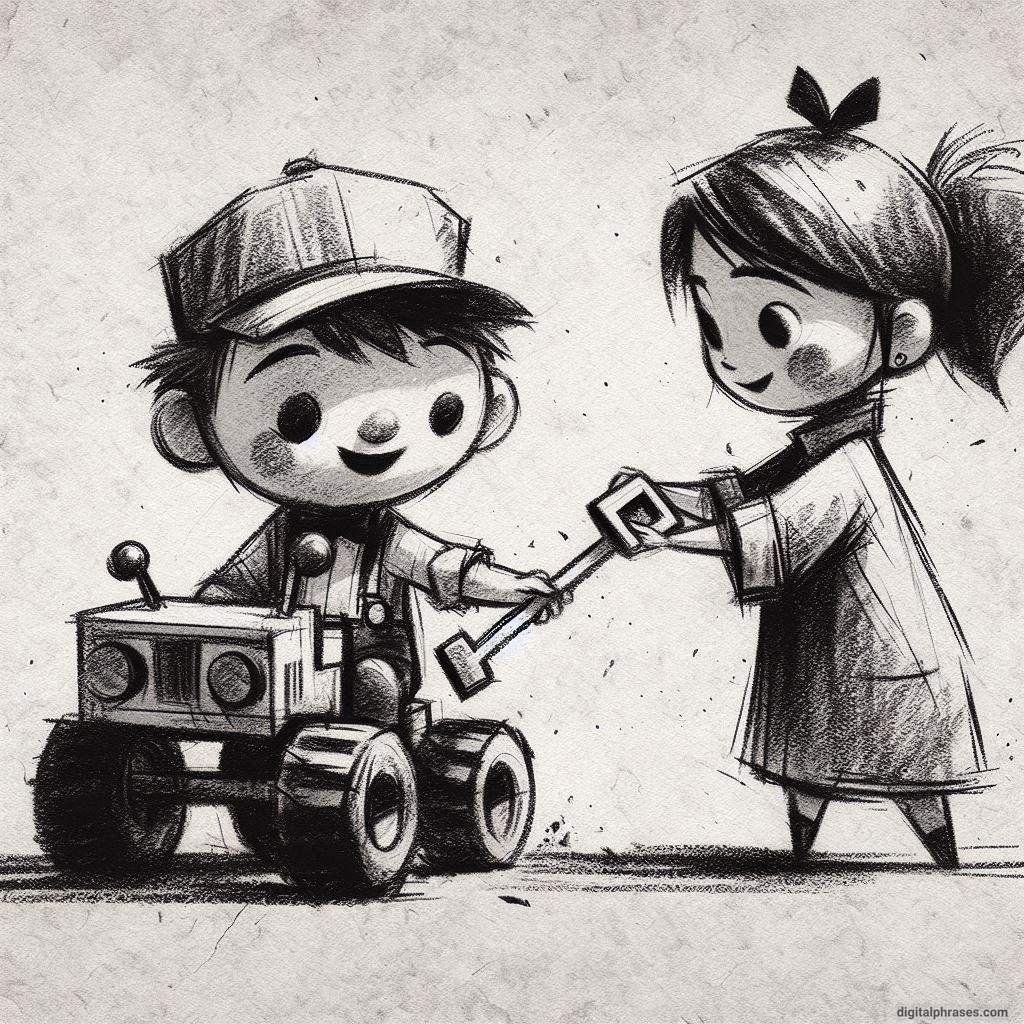
30

Animal Cartoon Couples
31

32
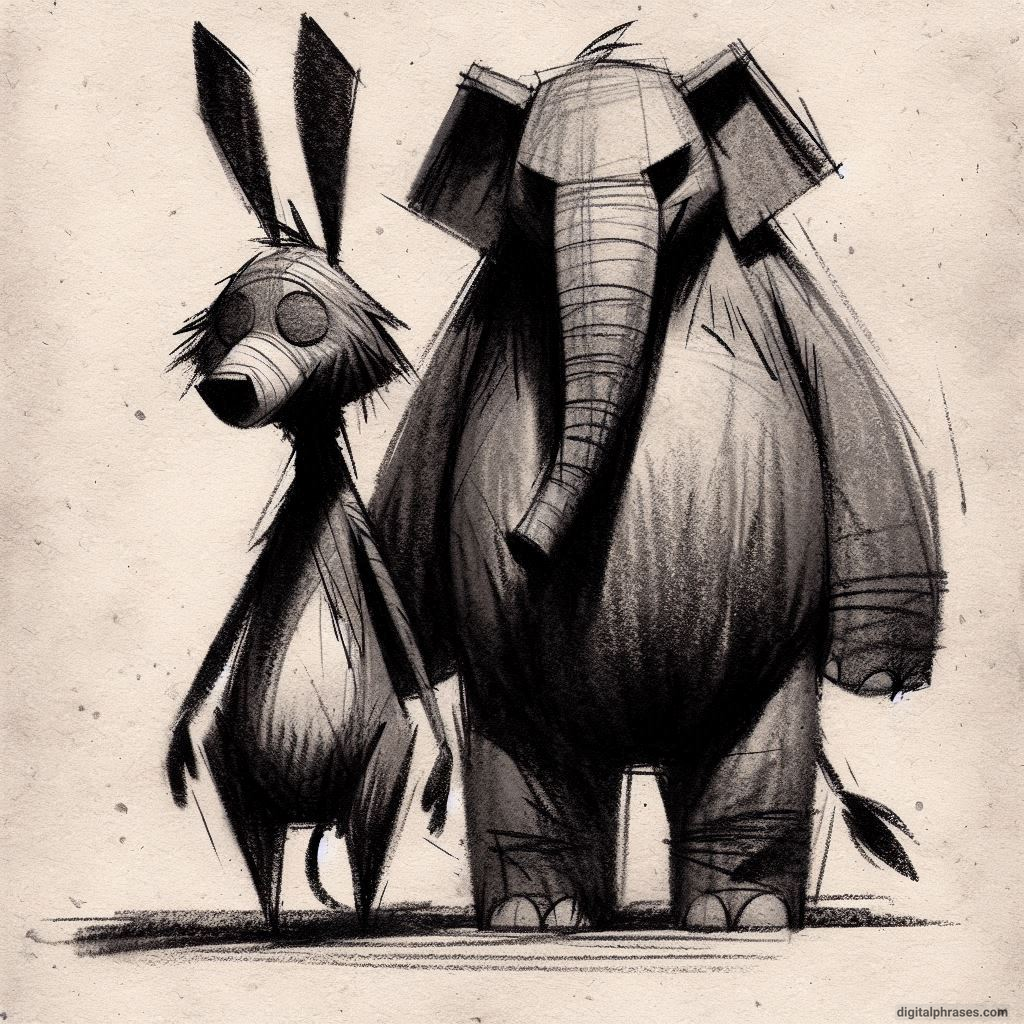
33
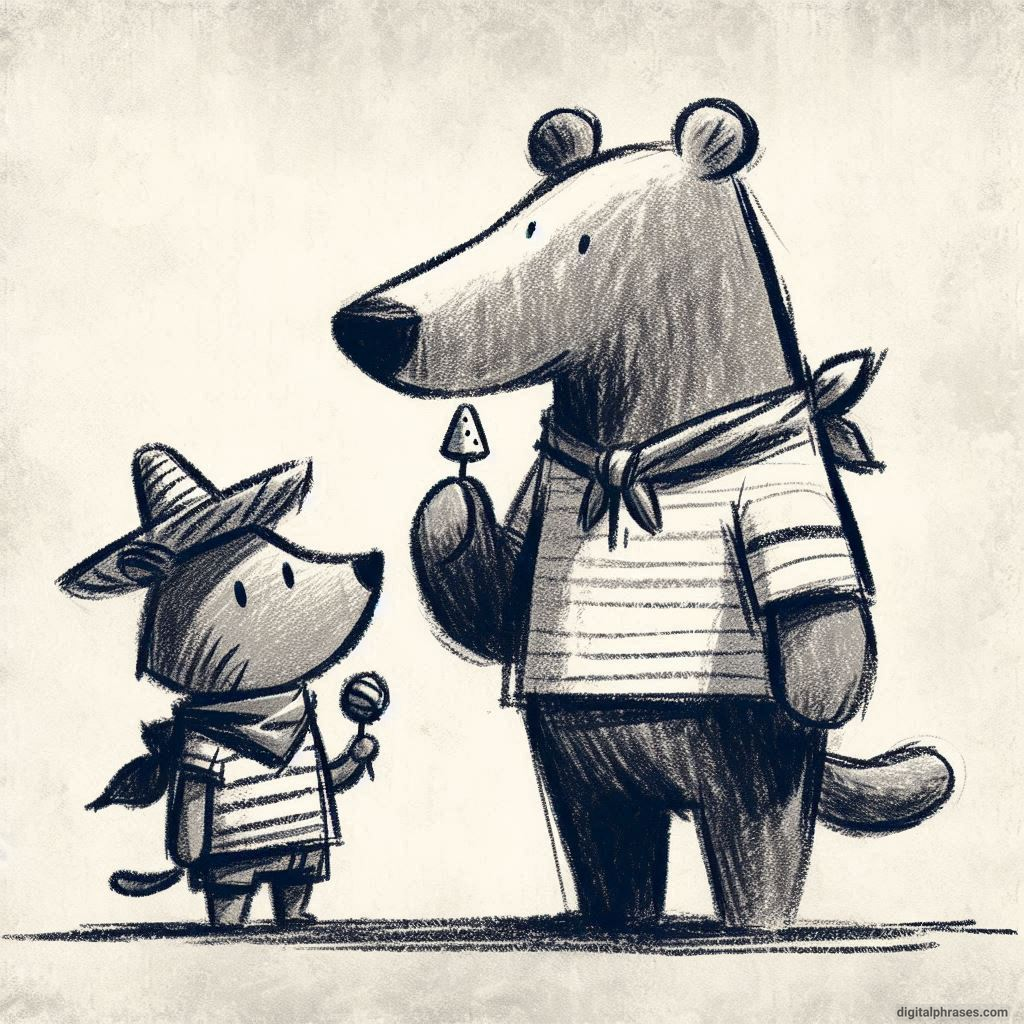
34
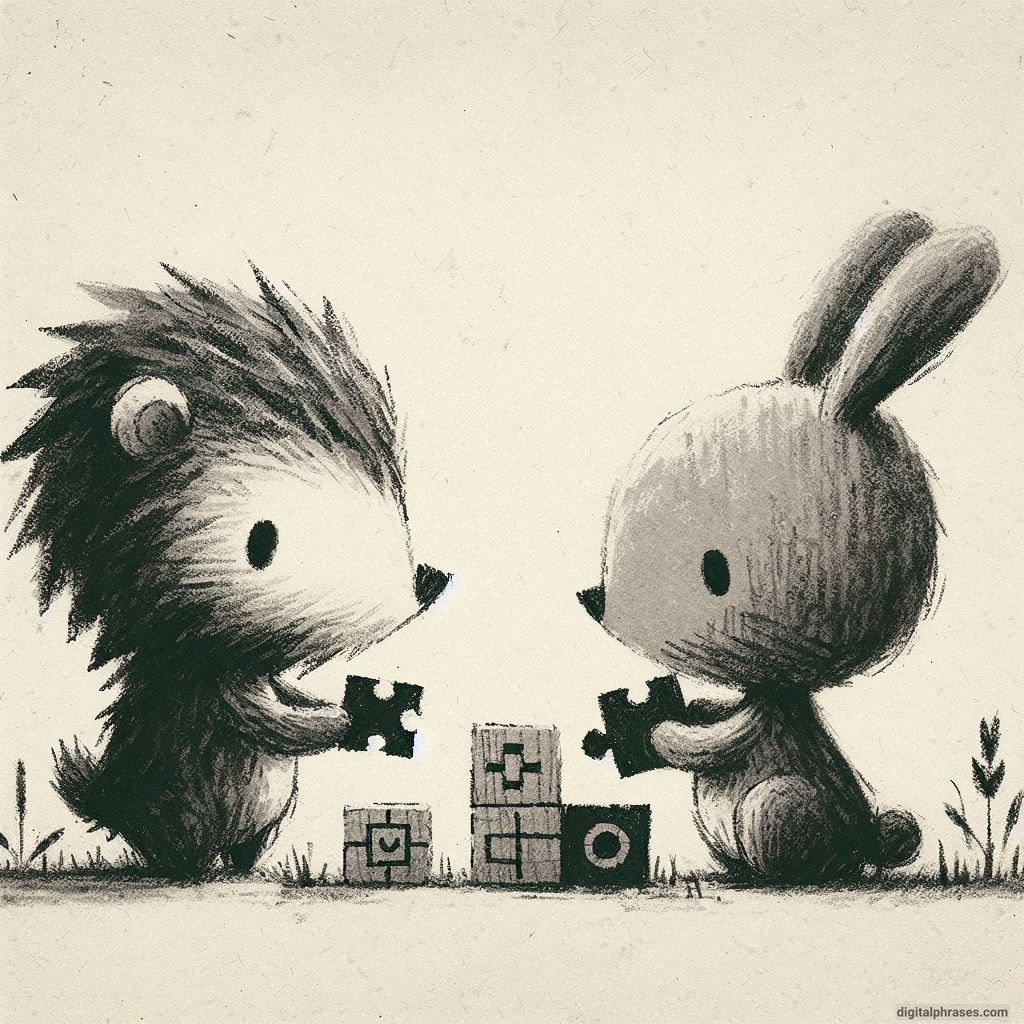
35
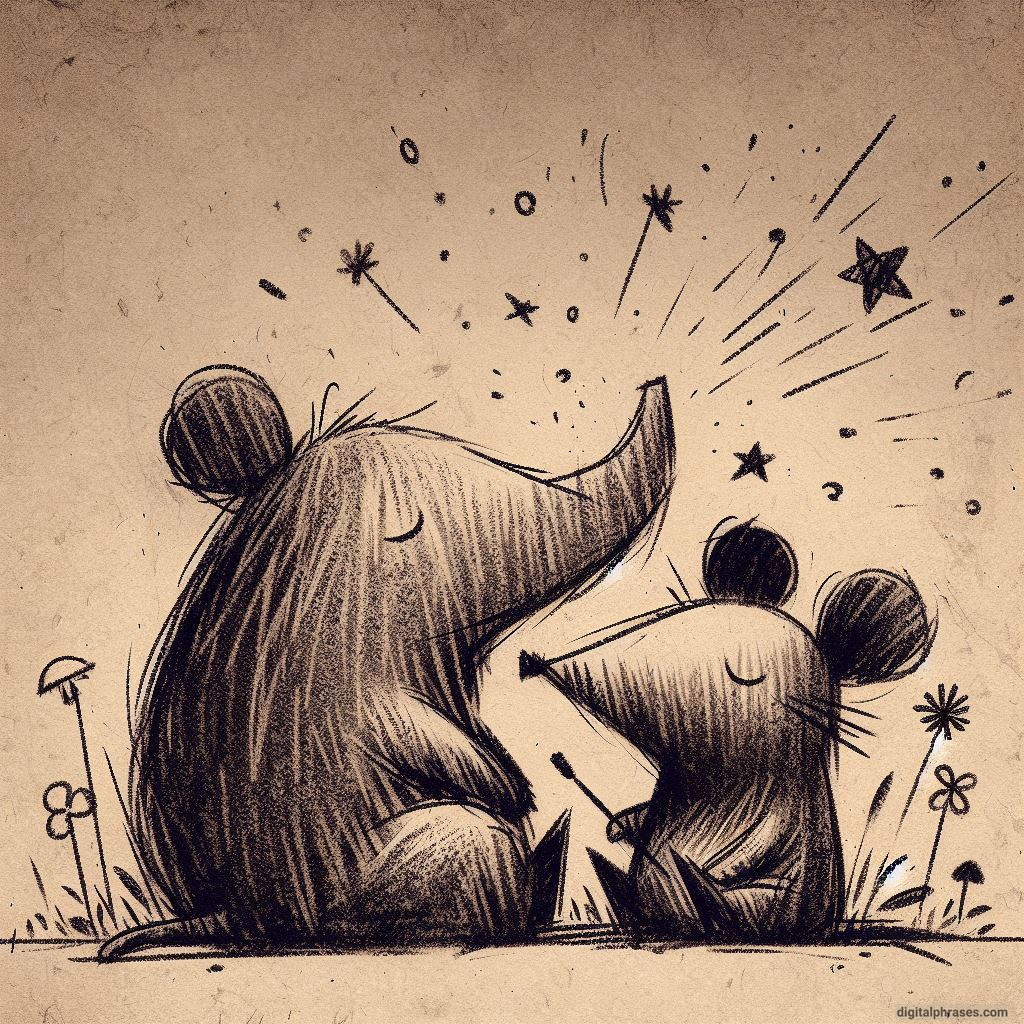
36

37

38

39
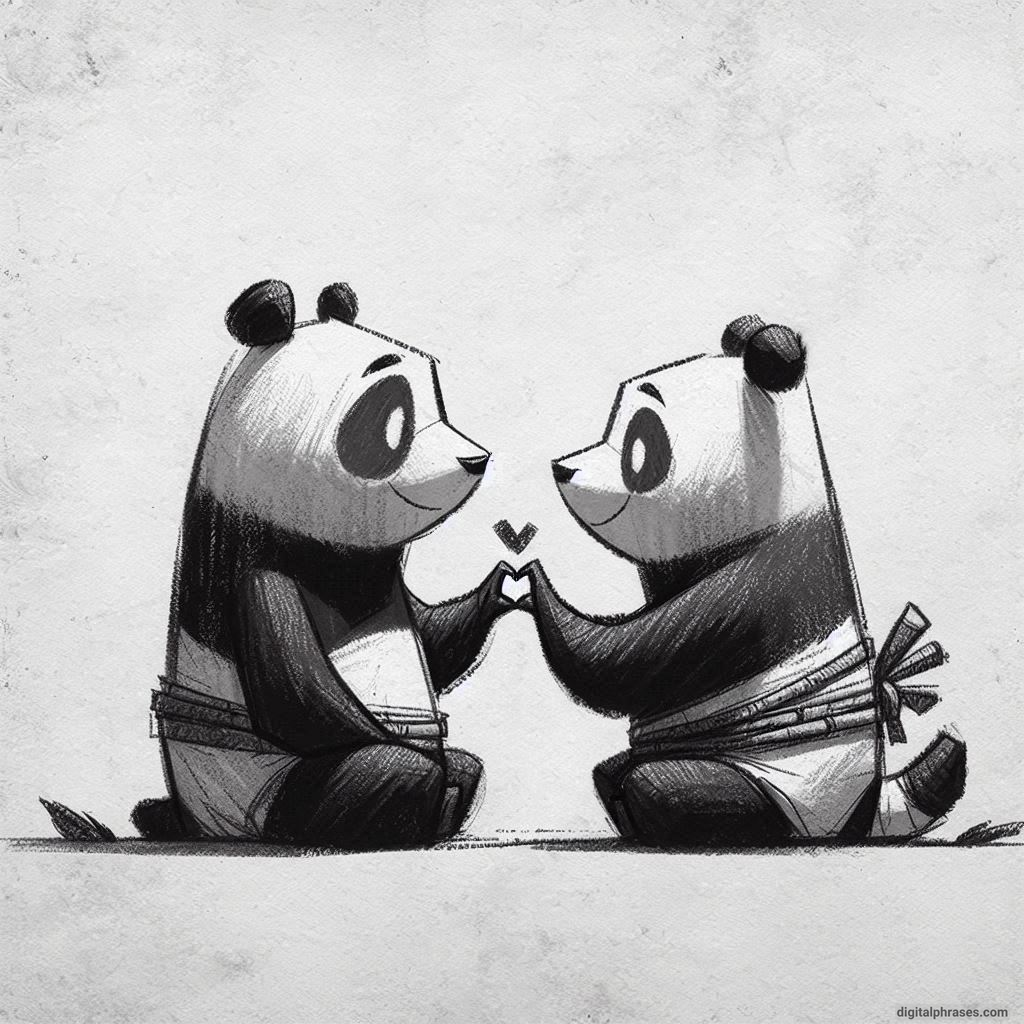
40
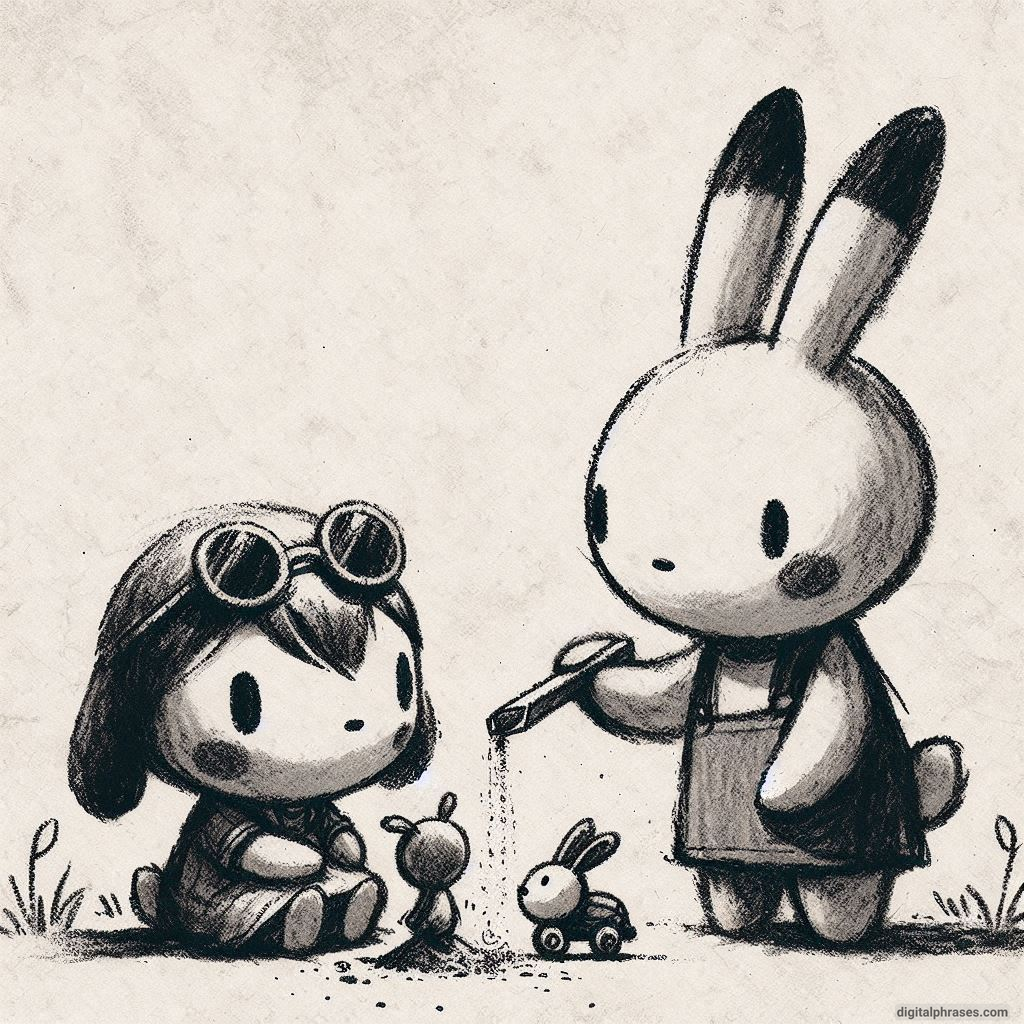
41
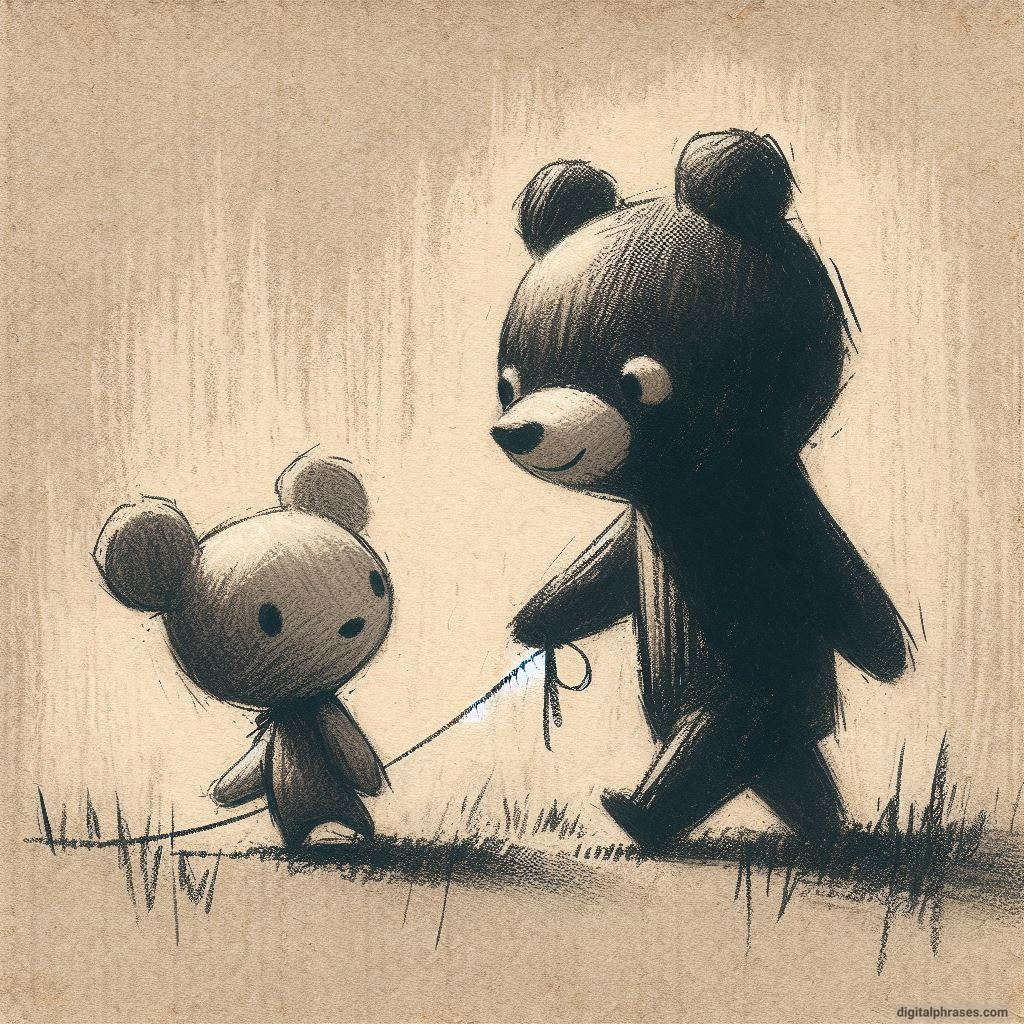
42
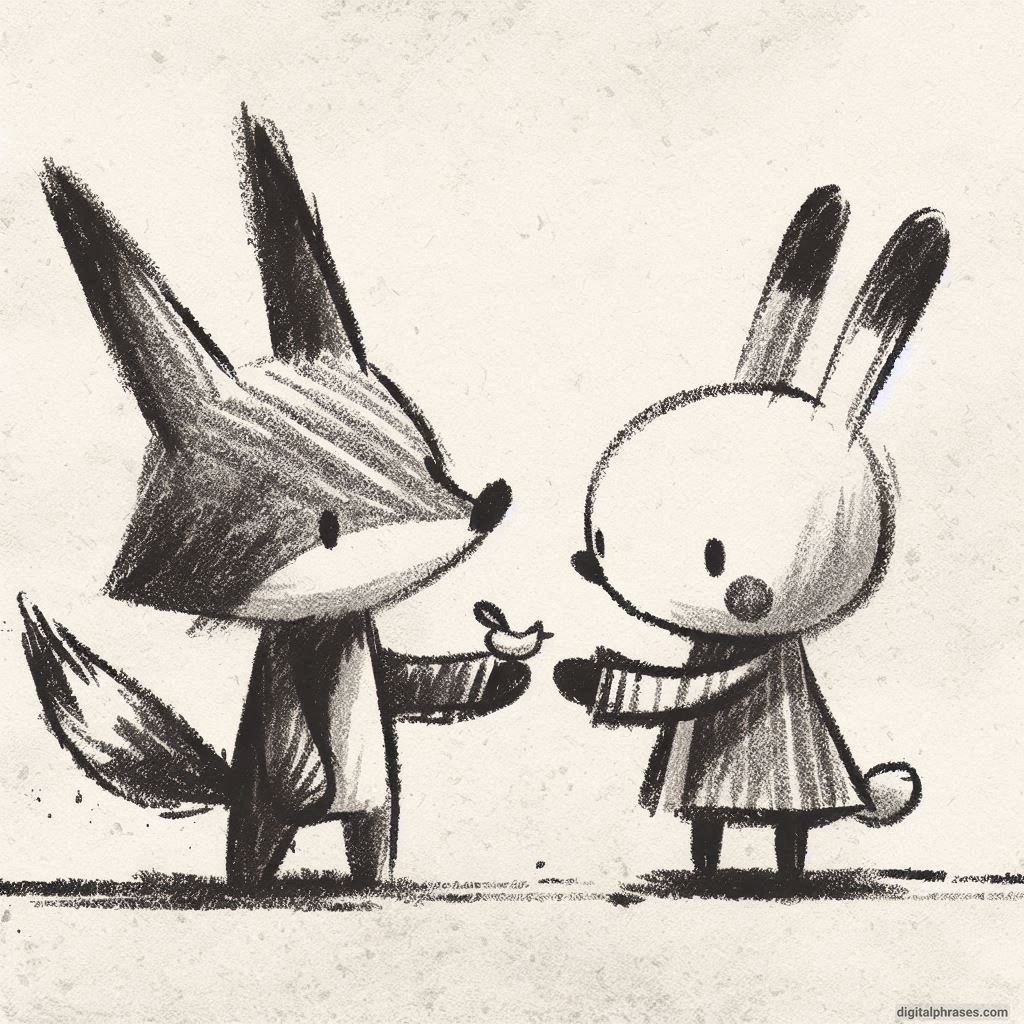
43
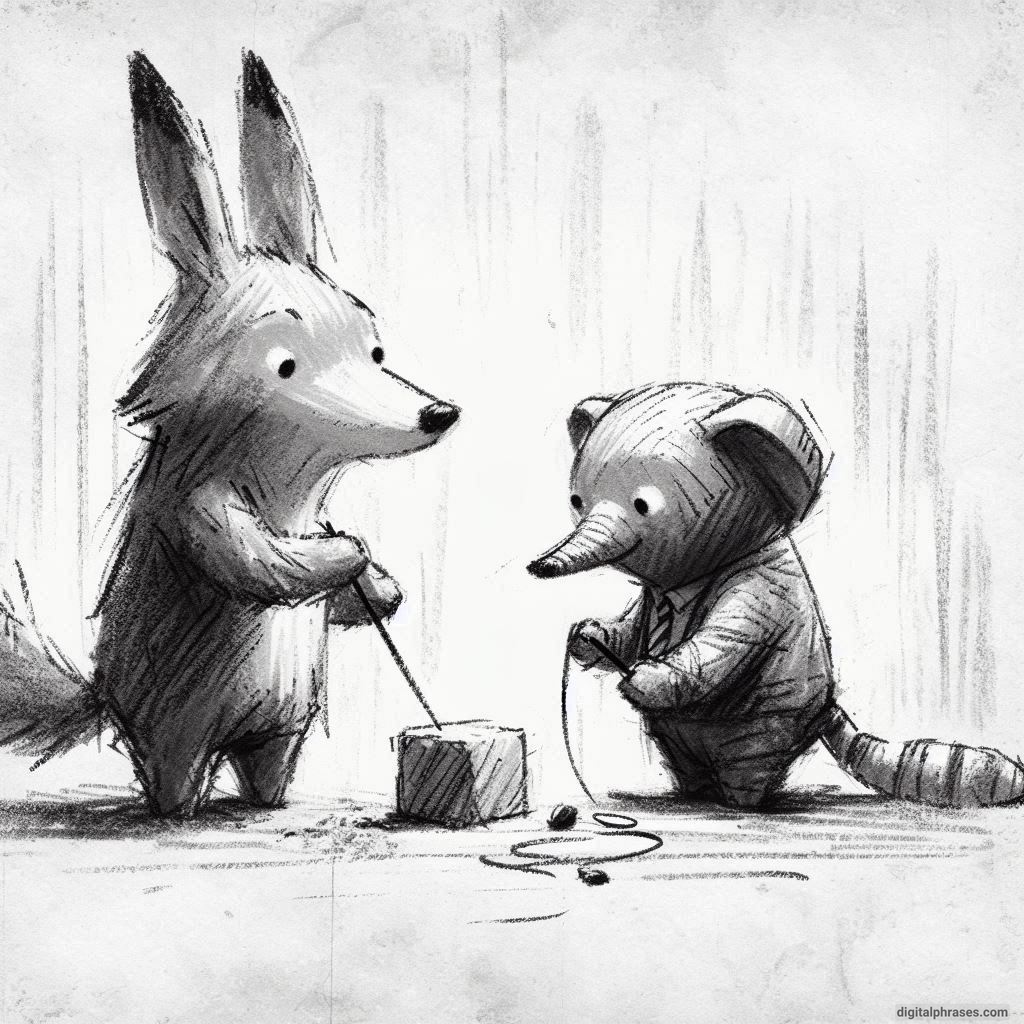
44

45

46
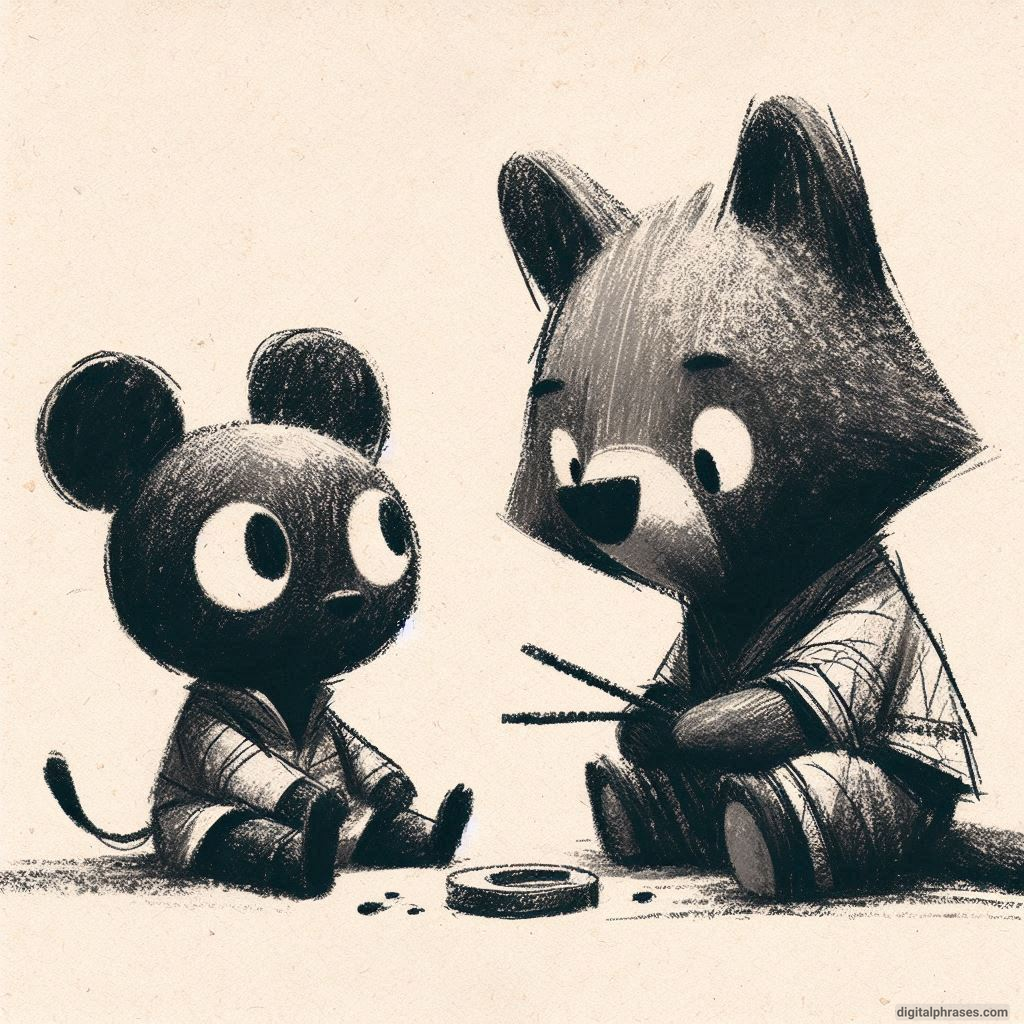
47
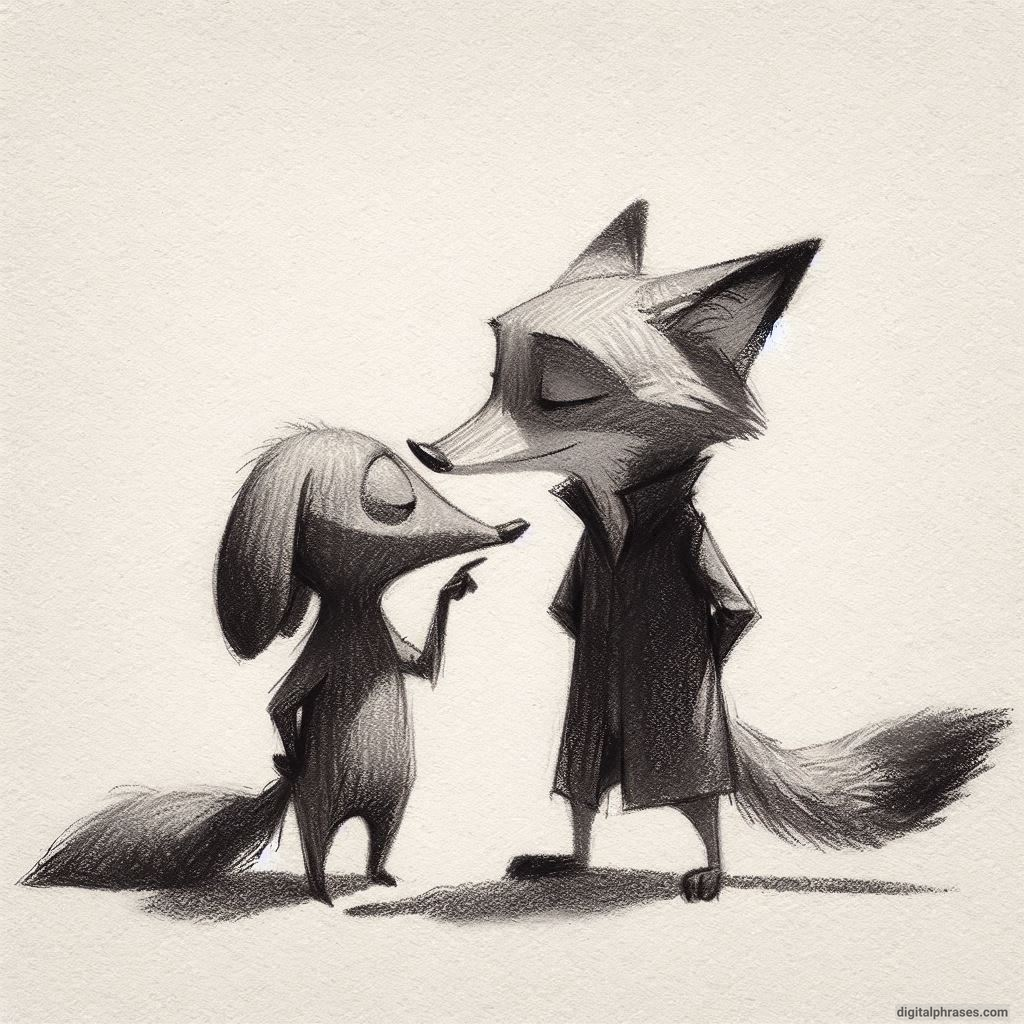
48
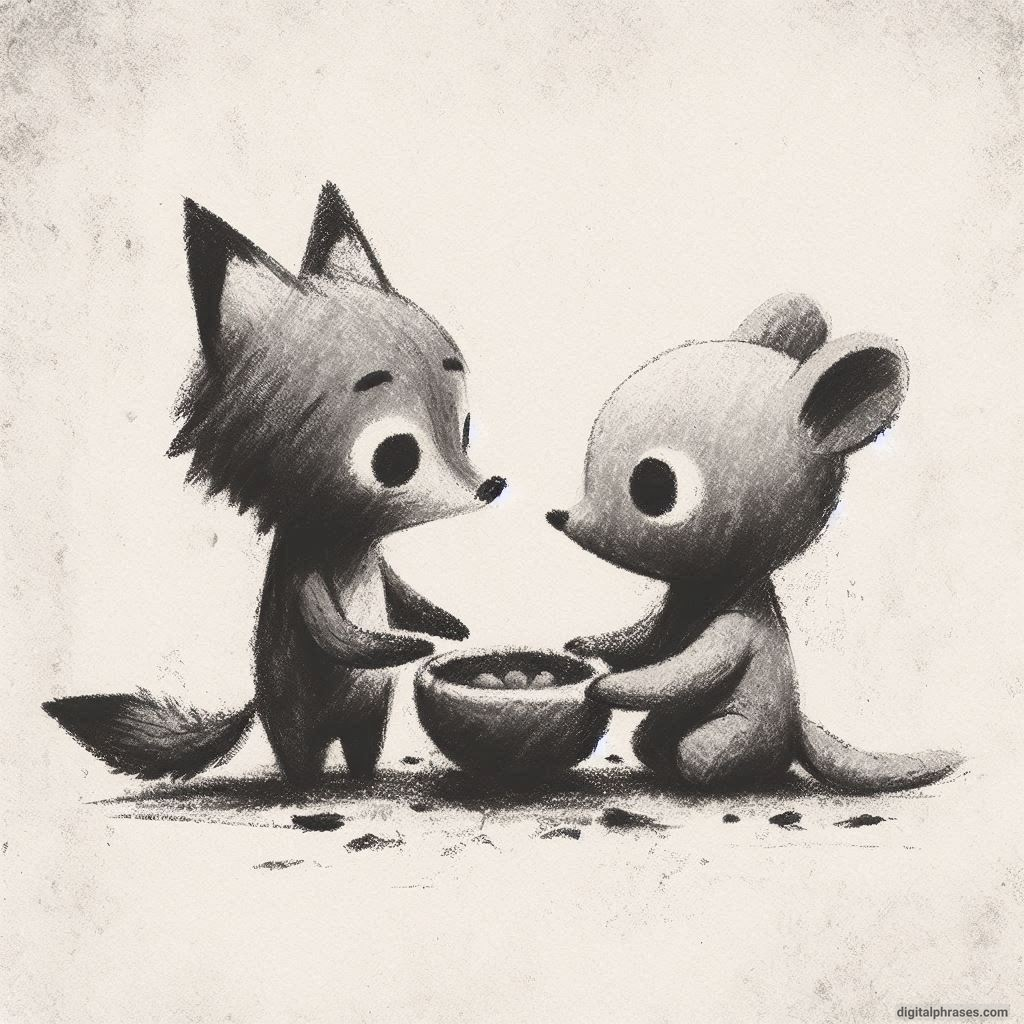
49
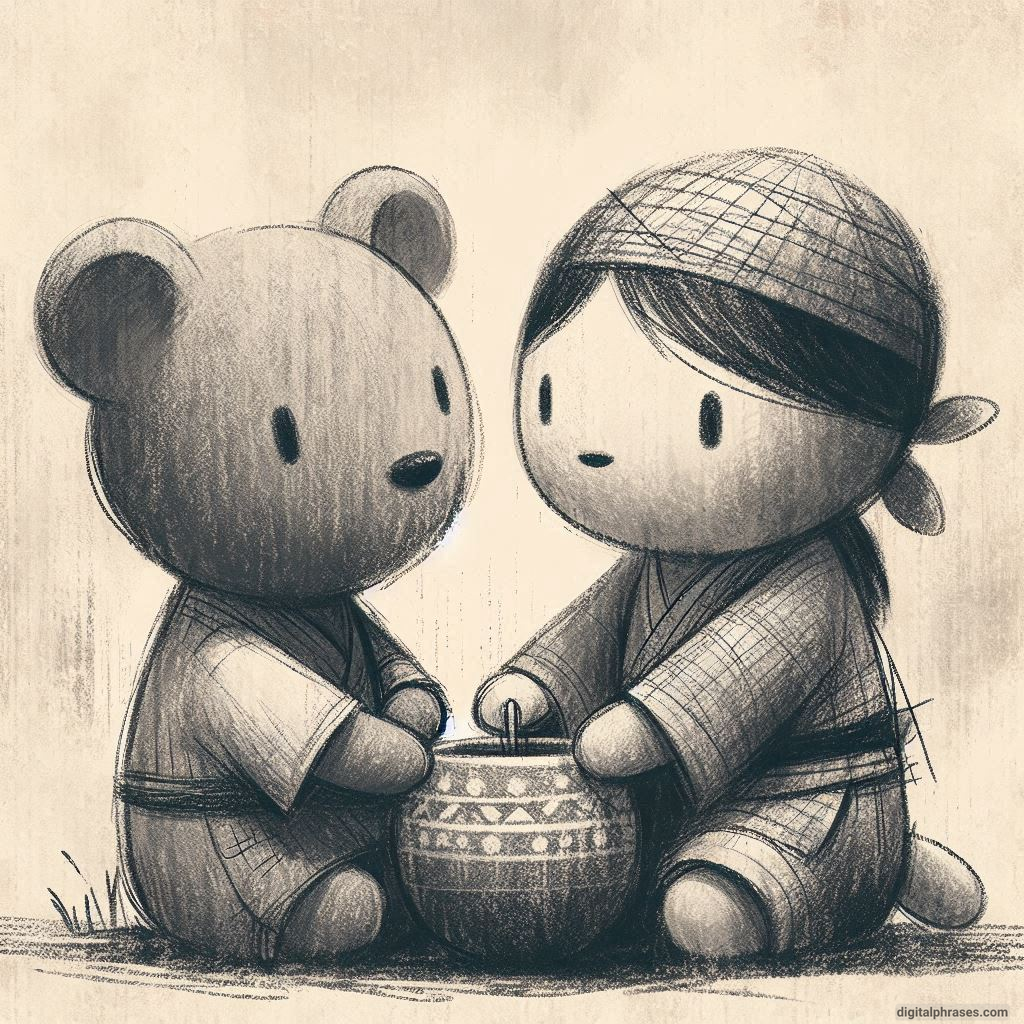
50

51
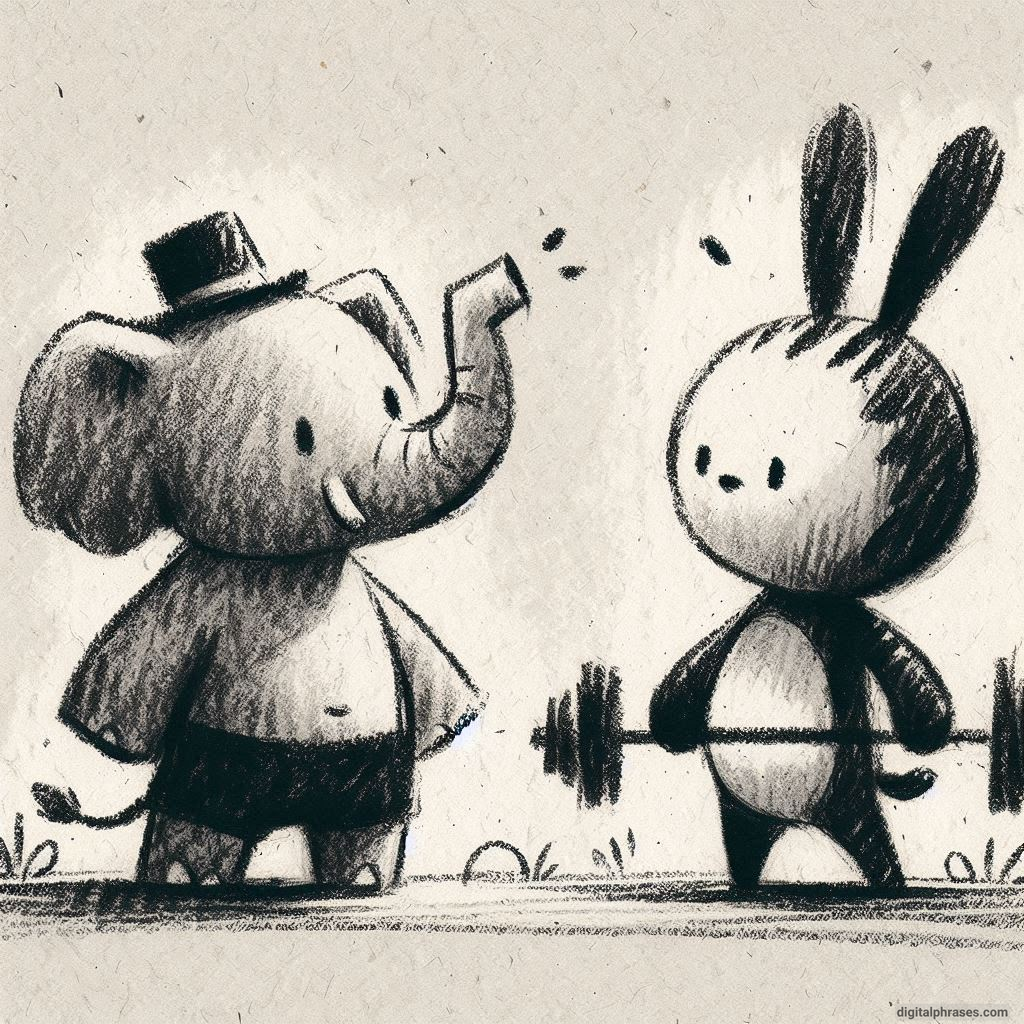
52

53

54
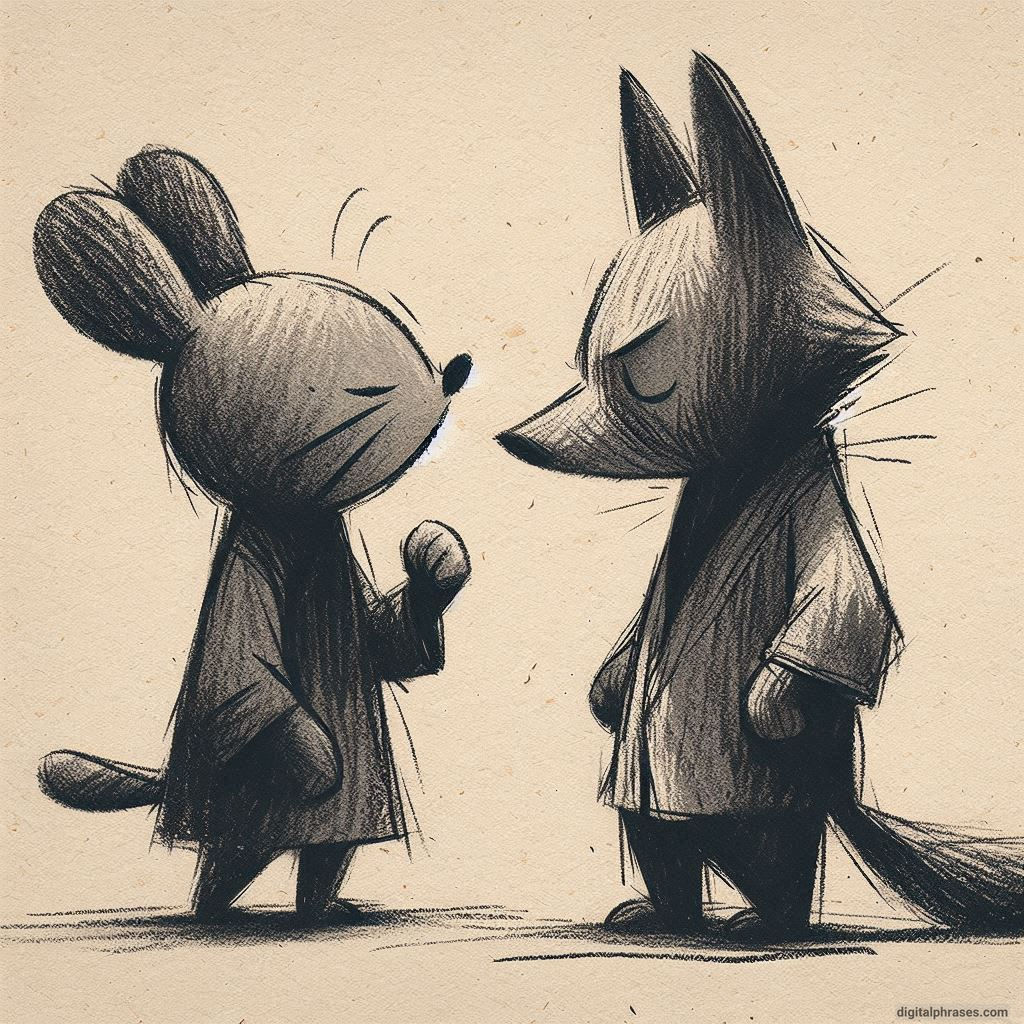
55
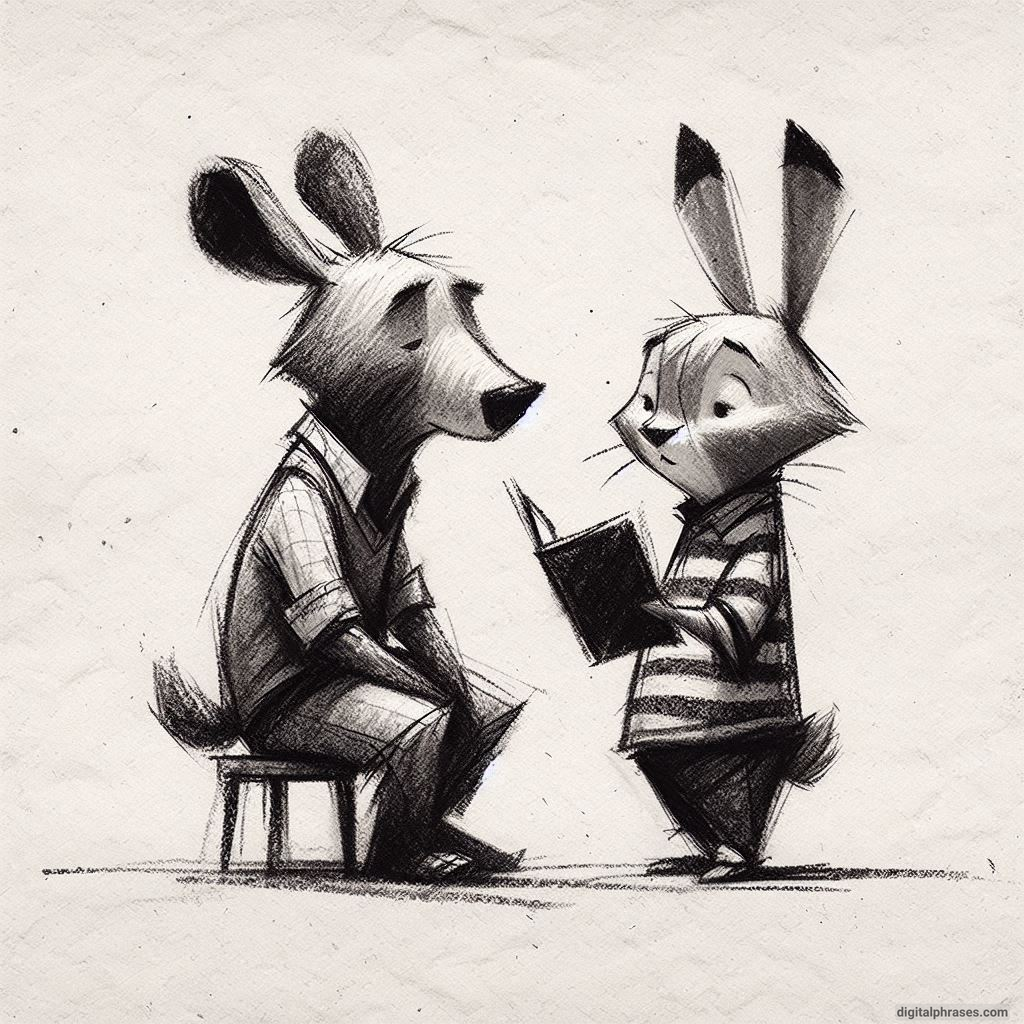
56
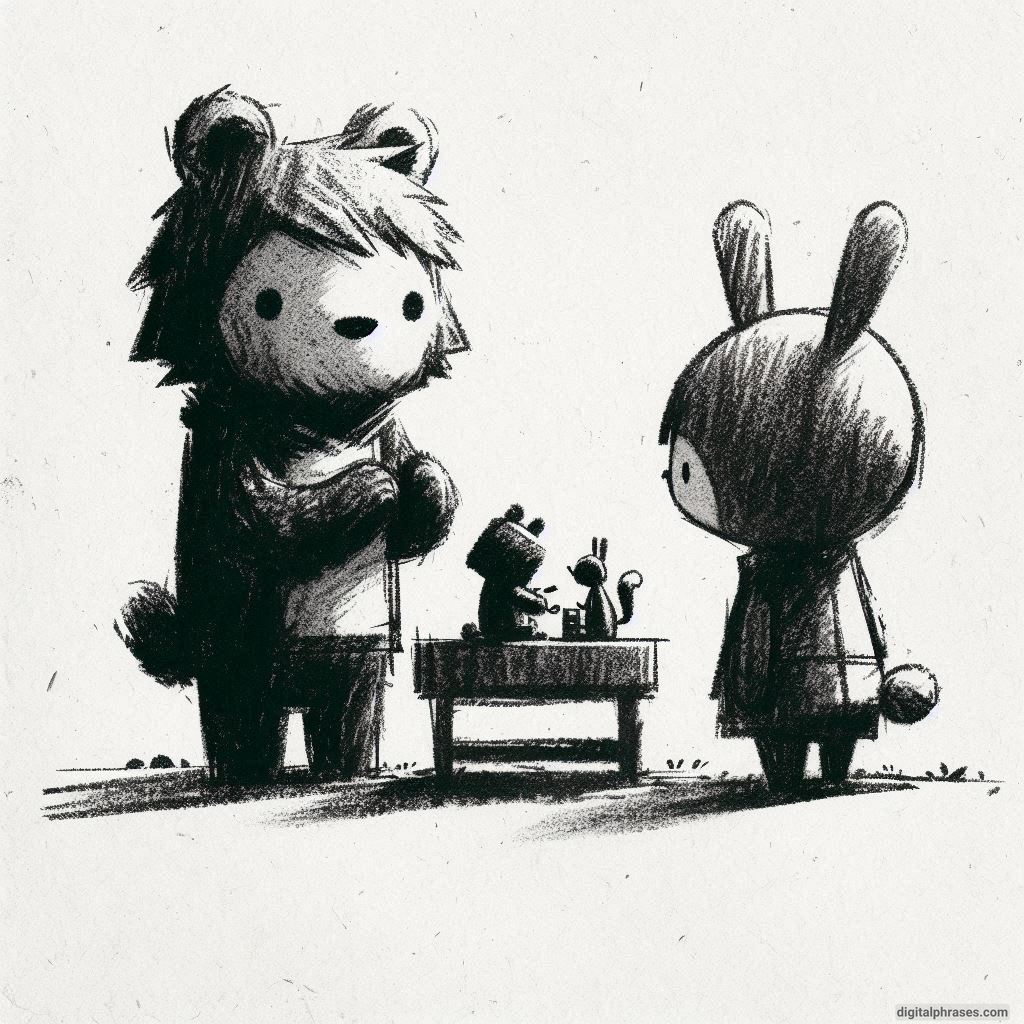
57
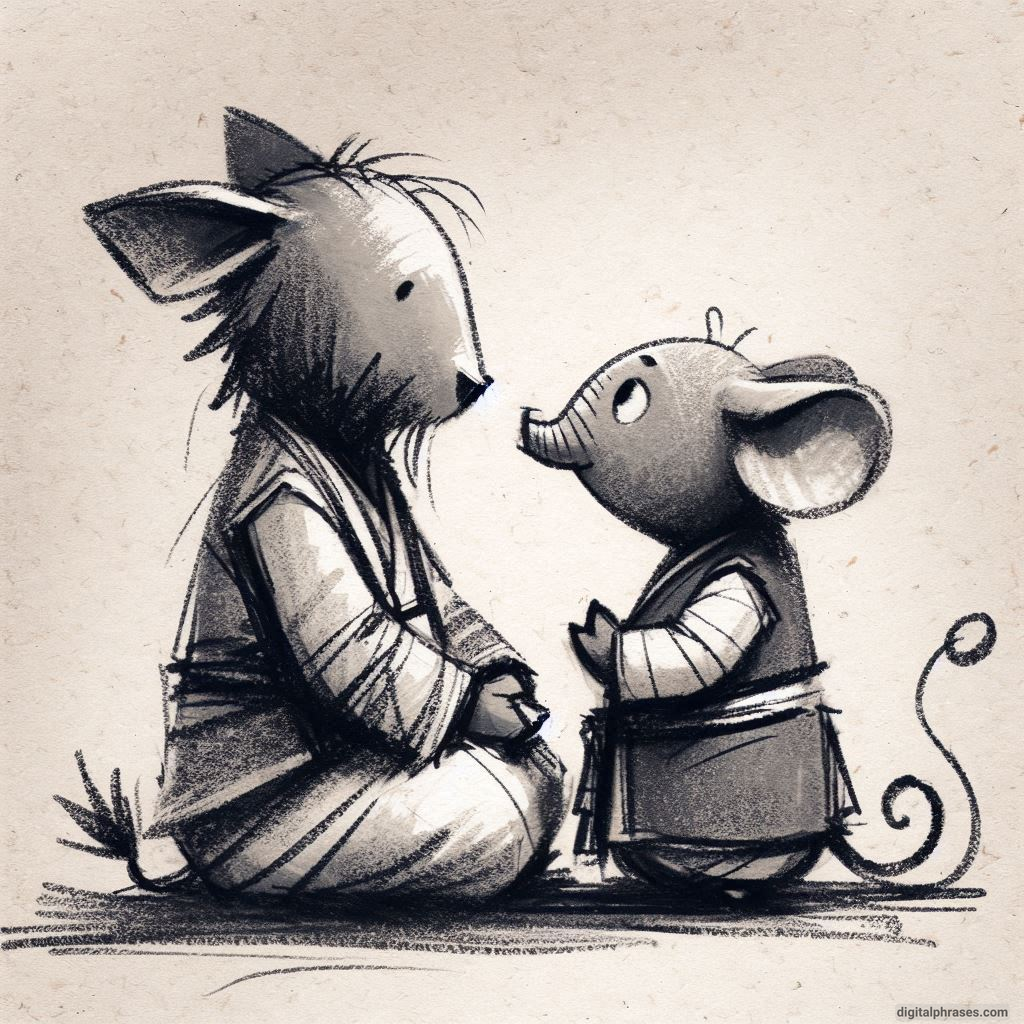
58

59
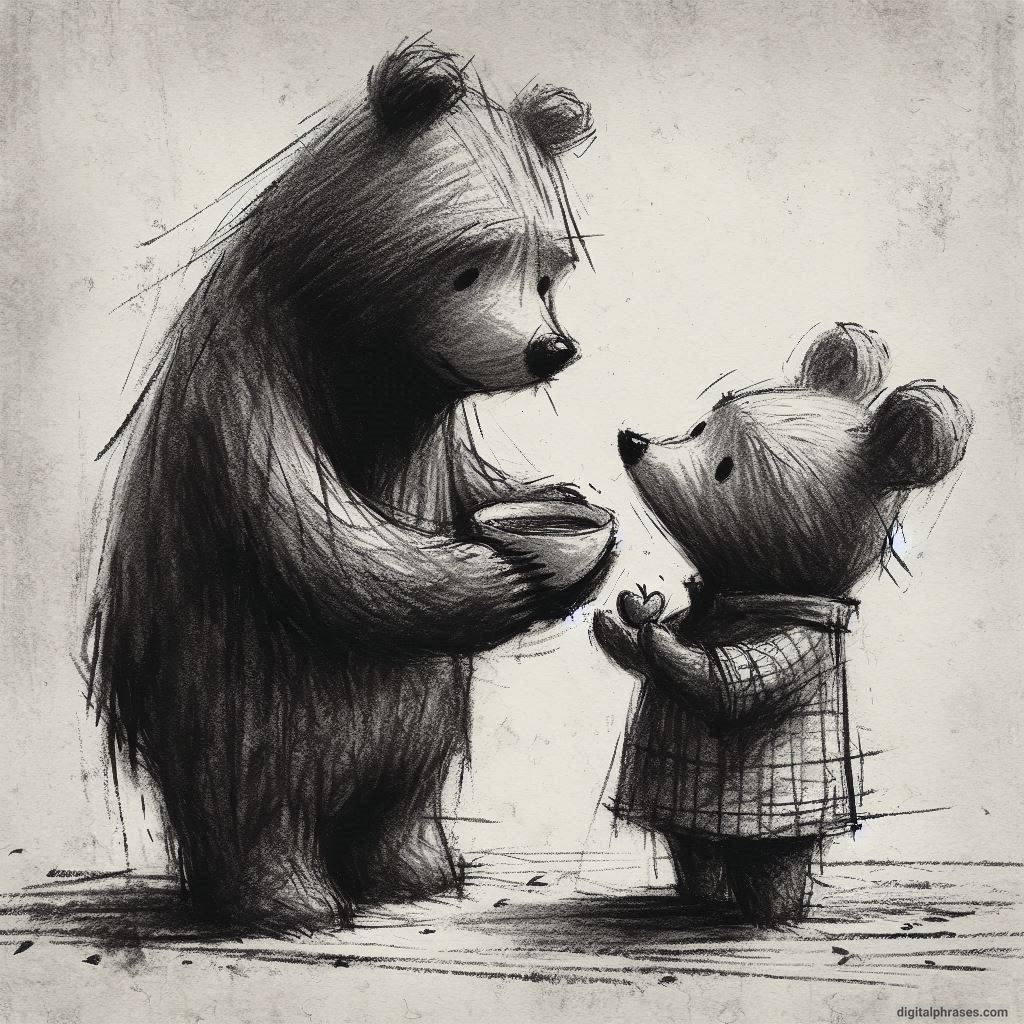
60
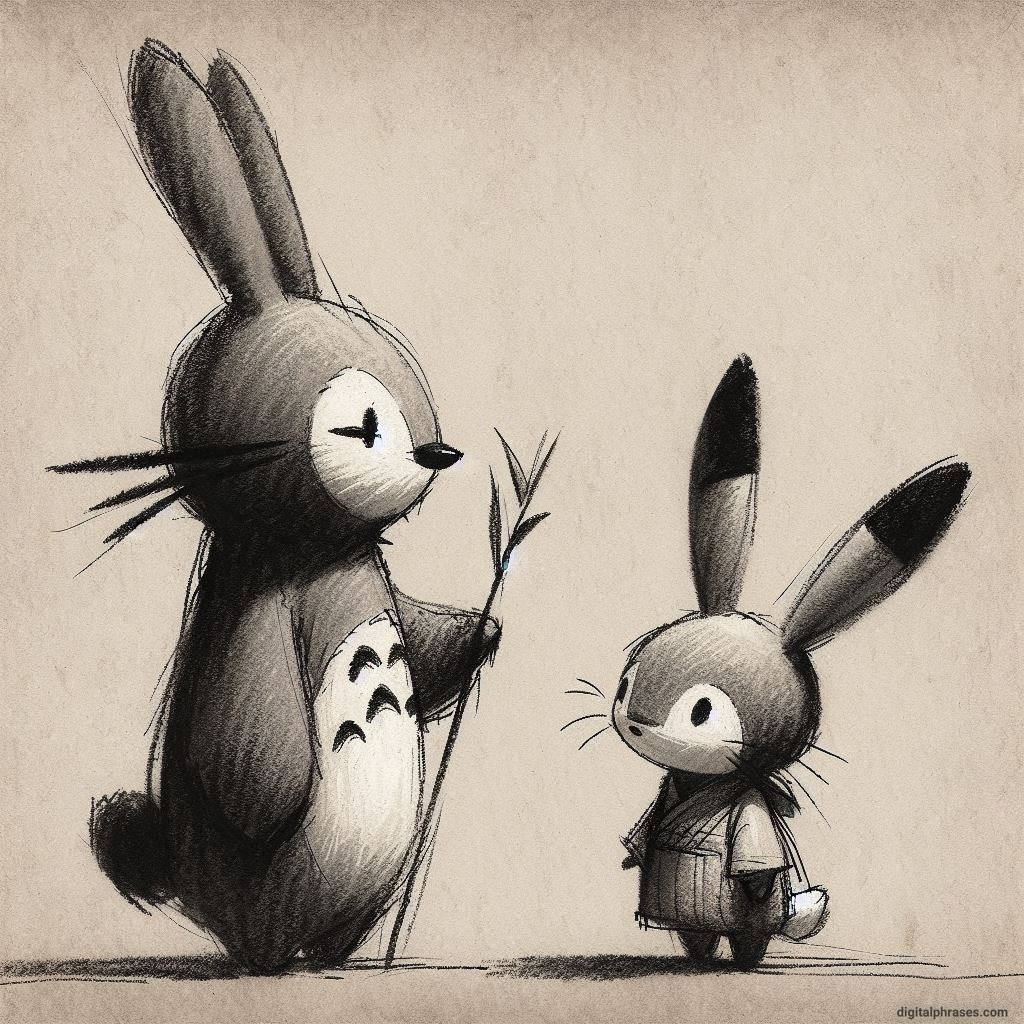
Adult Cartoon Couple Drawings
61
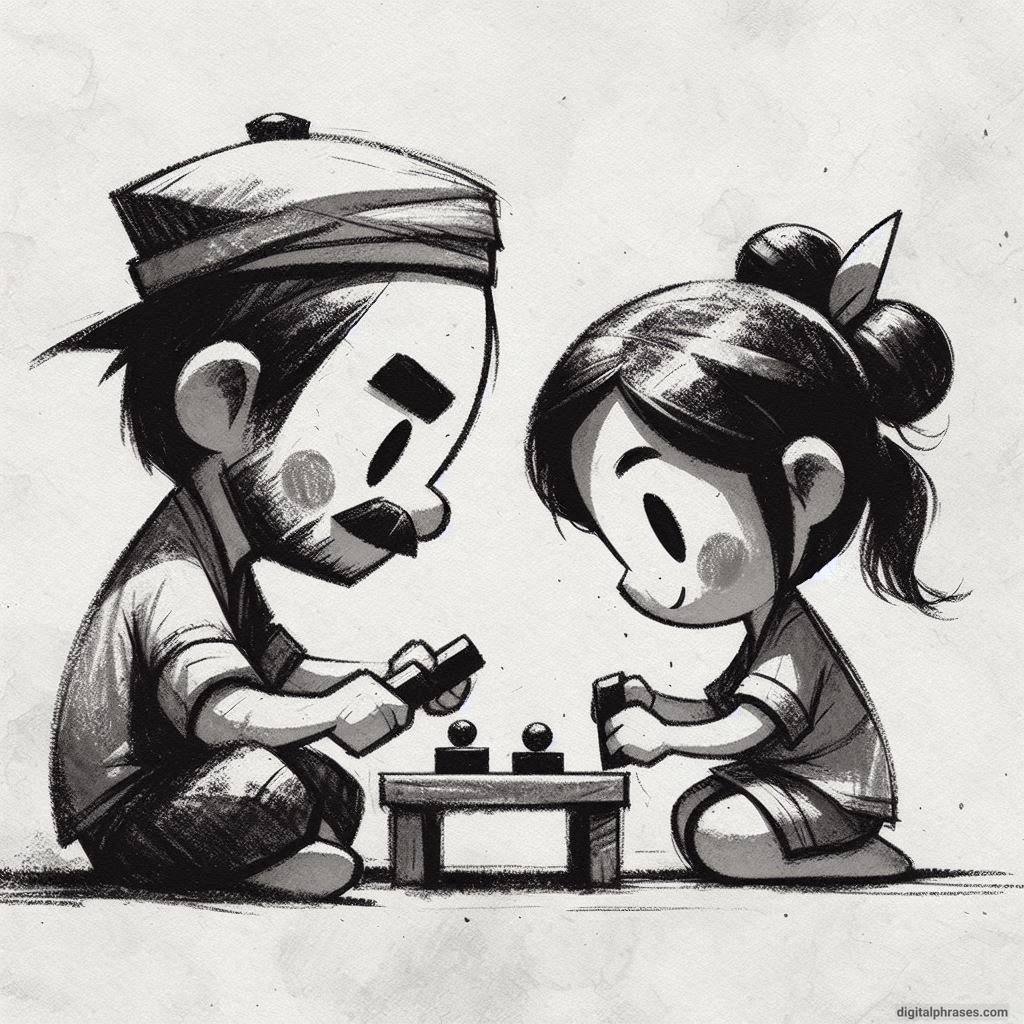
62
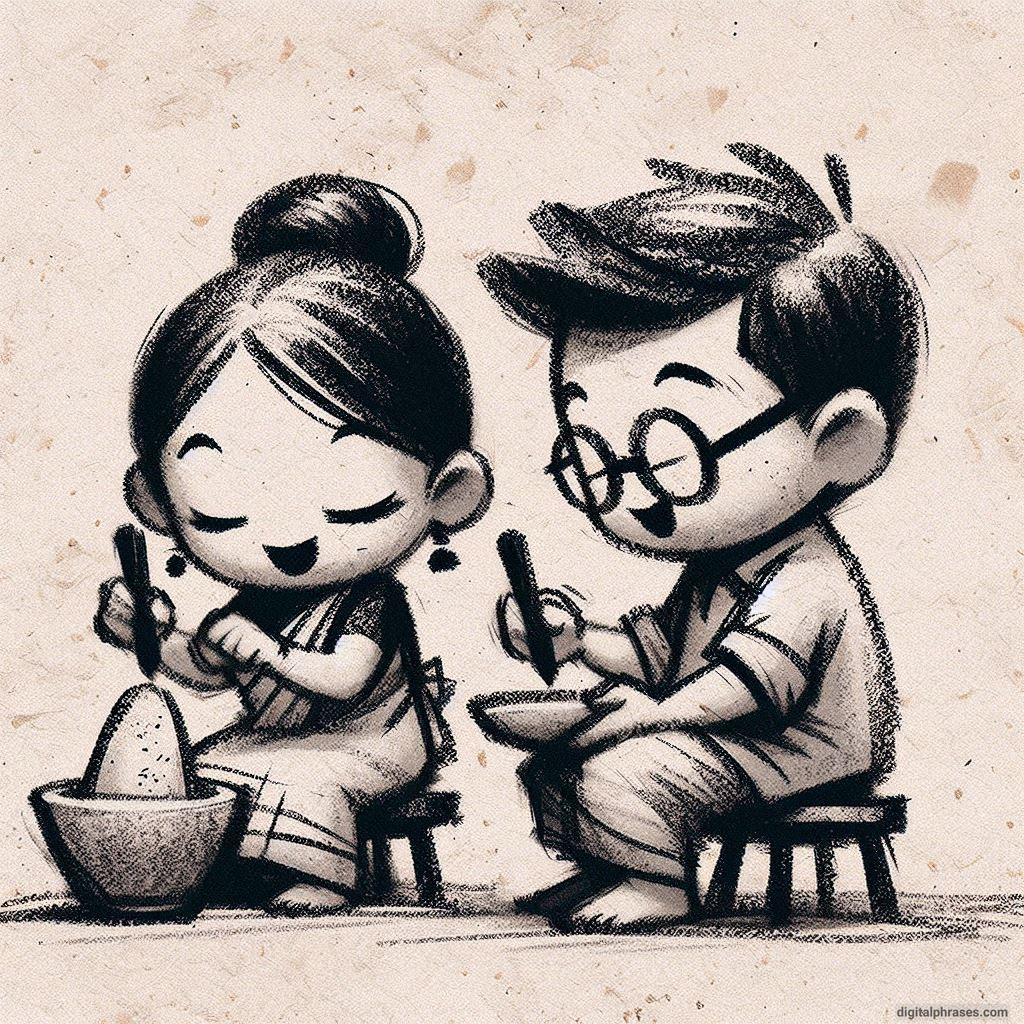
63
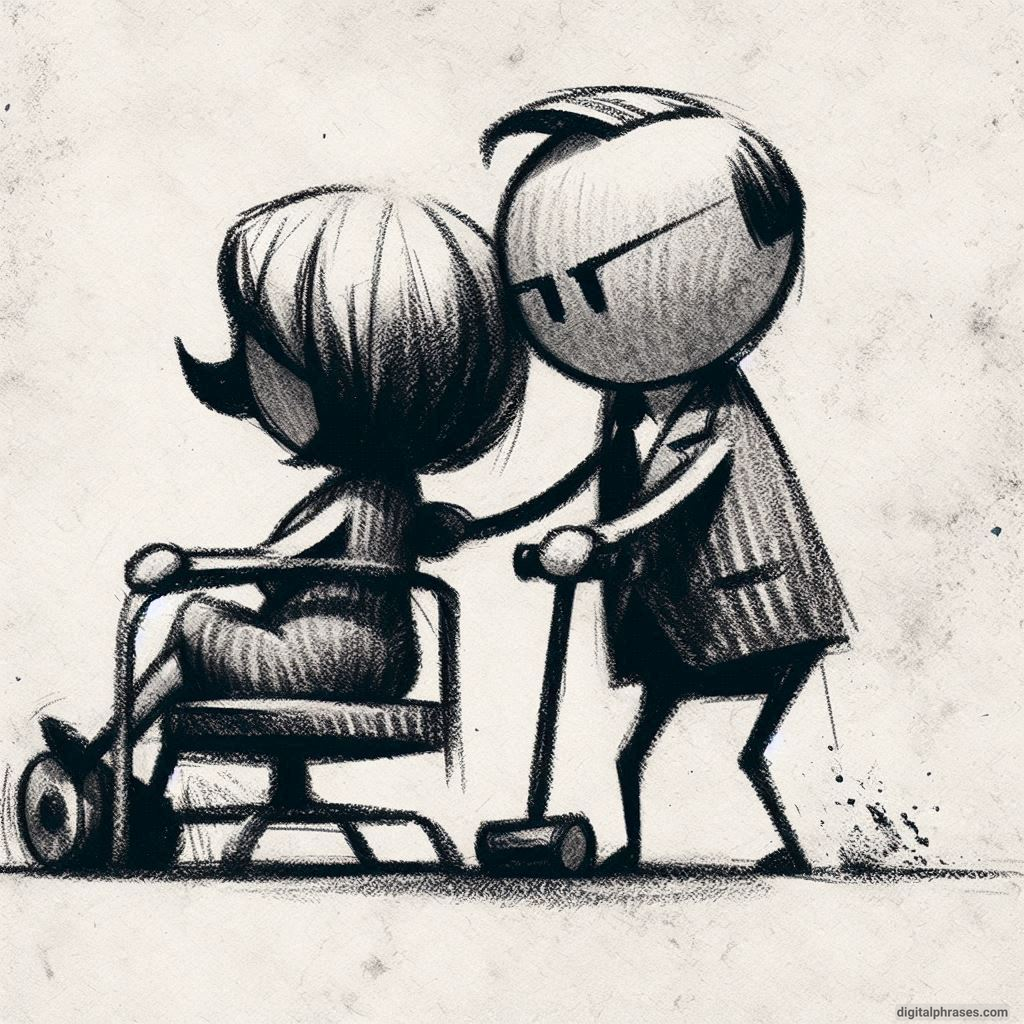
64
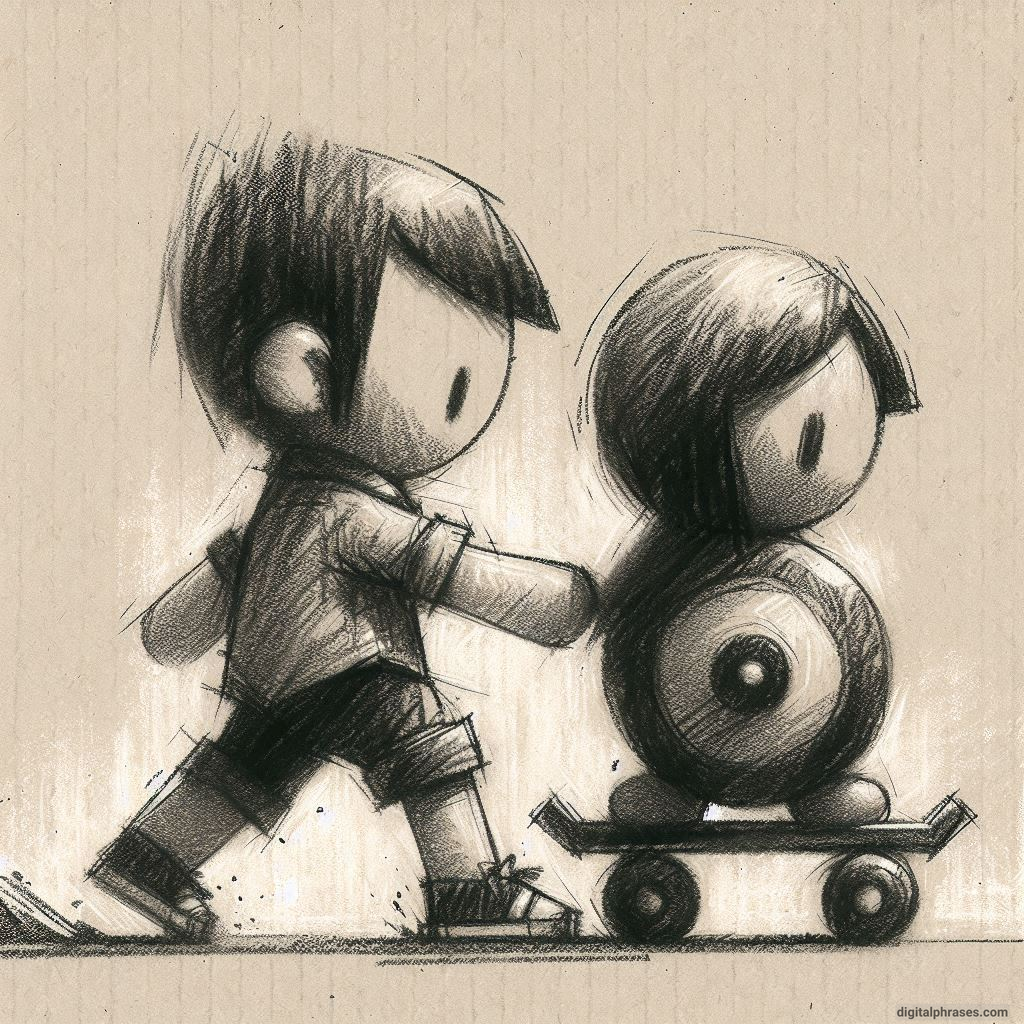
65
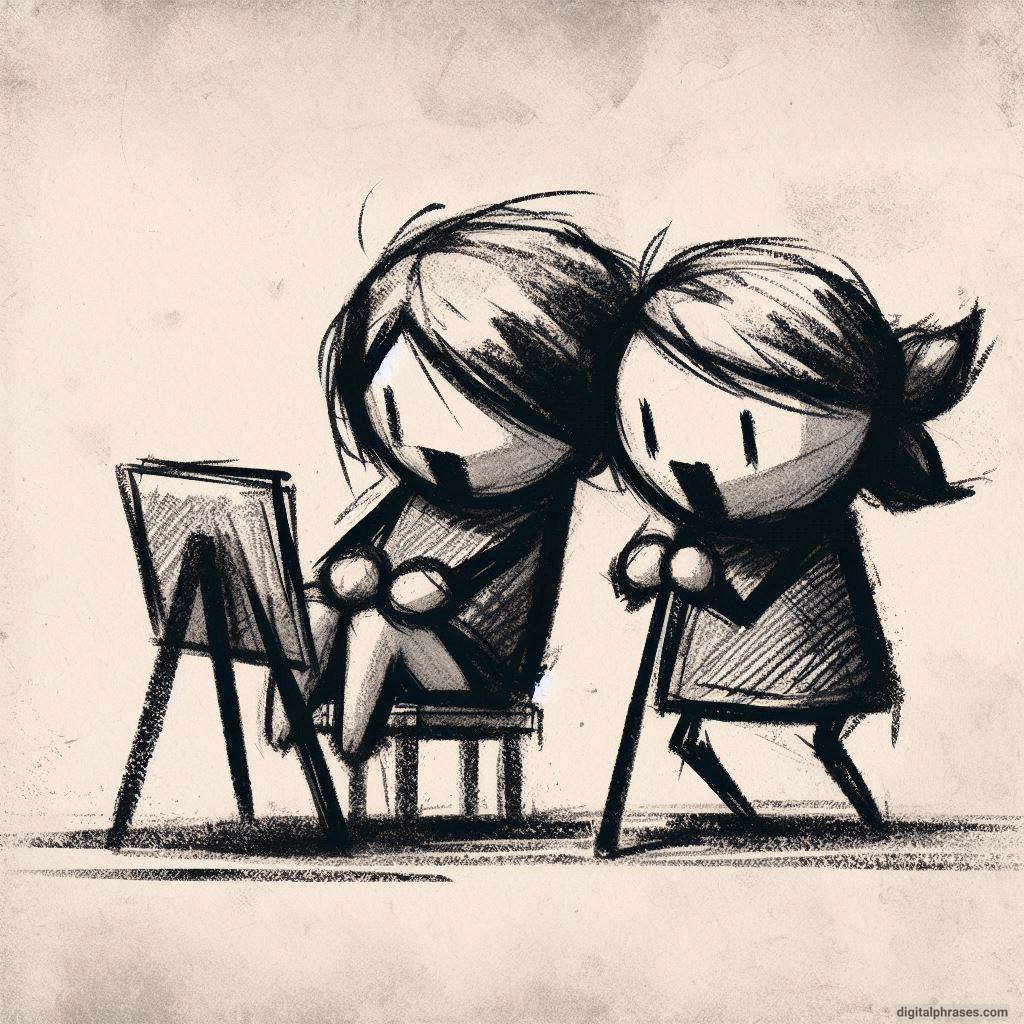
66
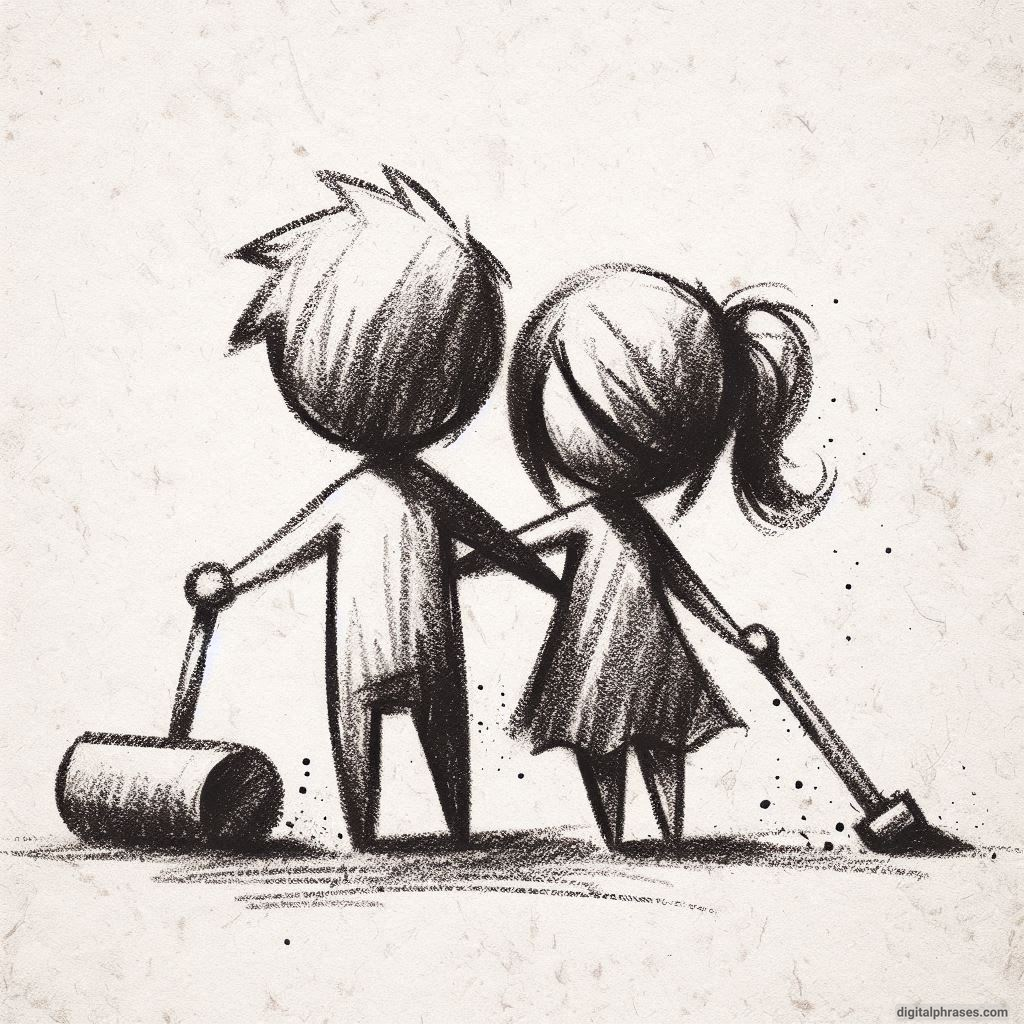
67
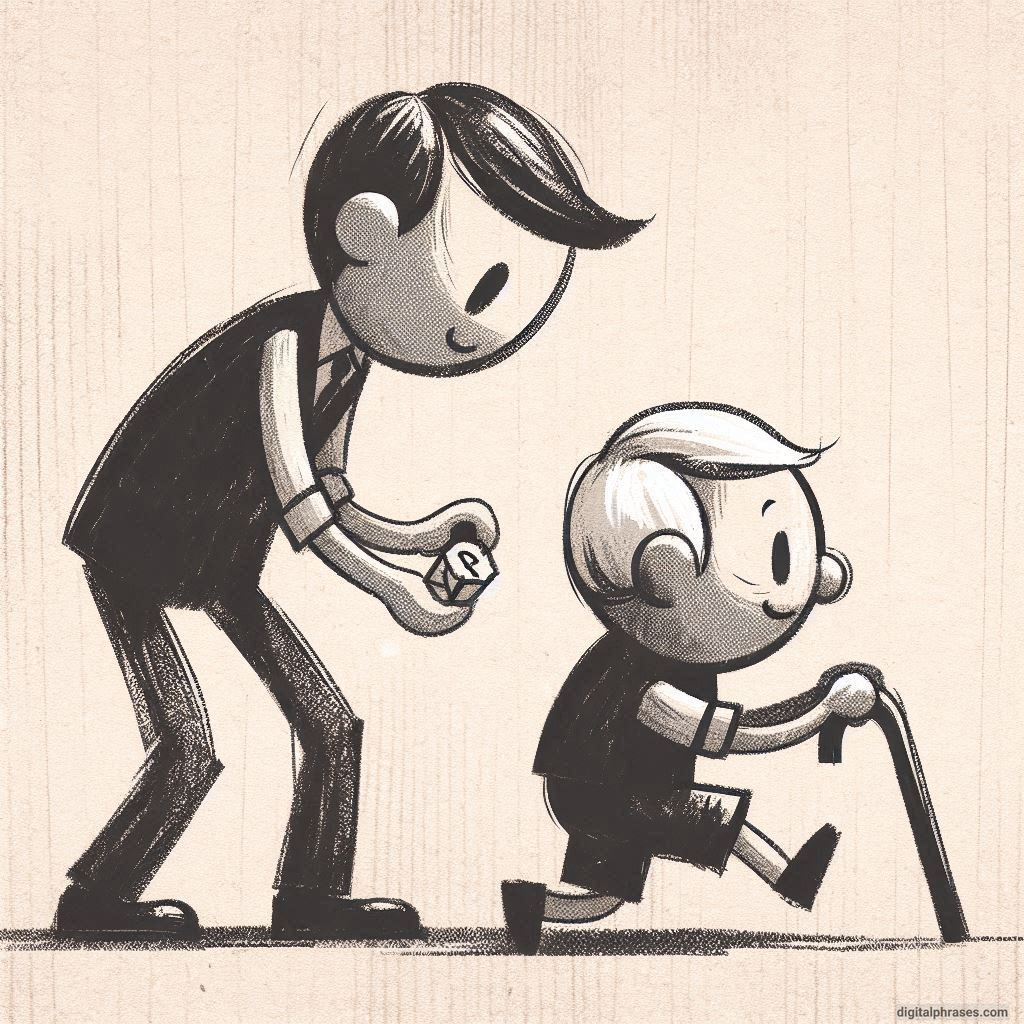
68

69
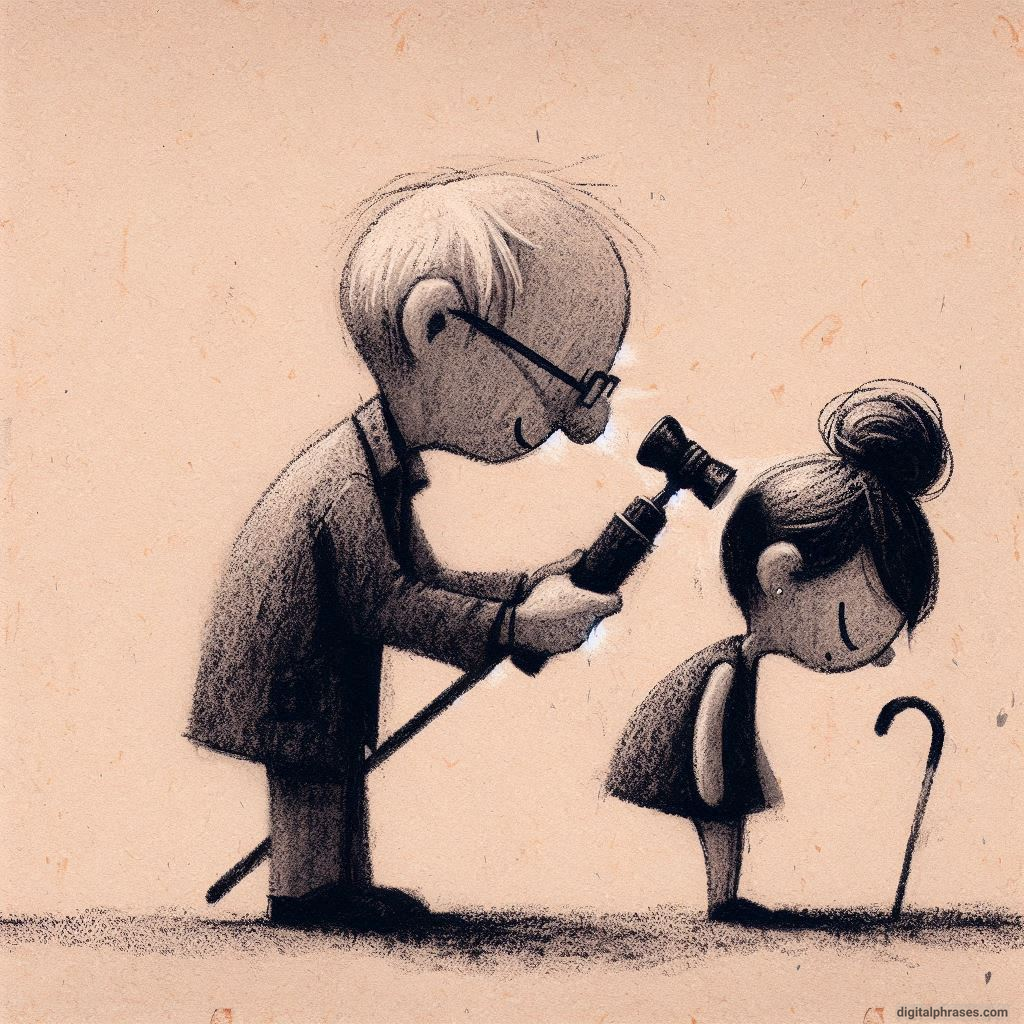
70
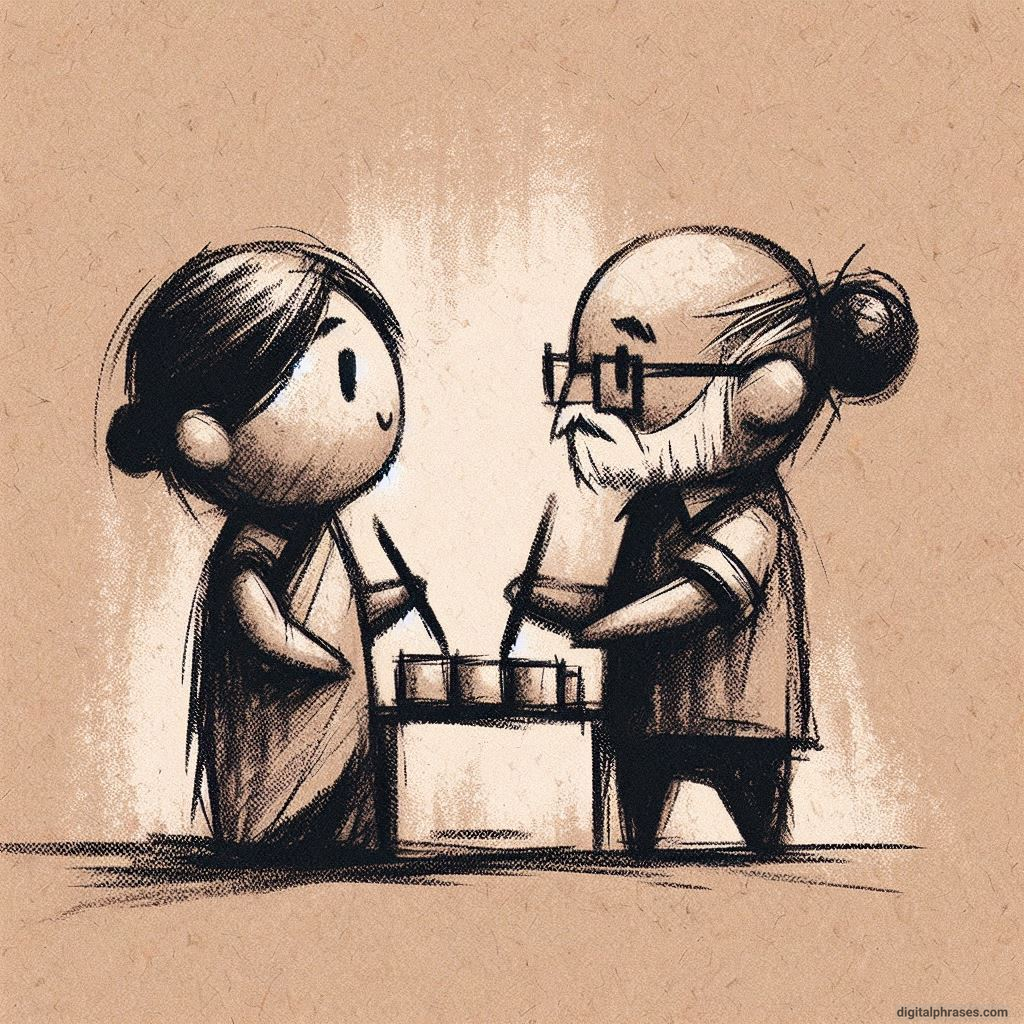
71

72

73
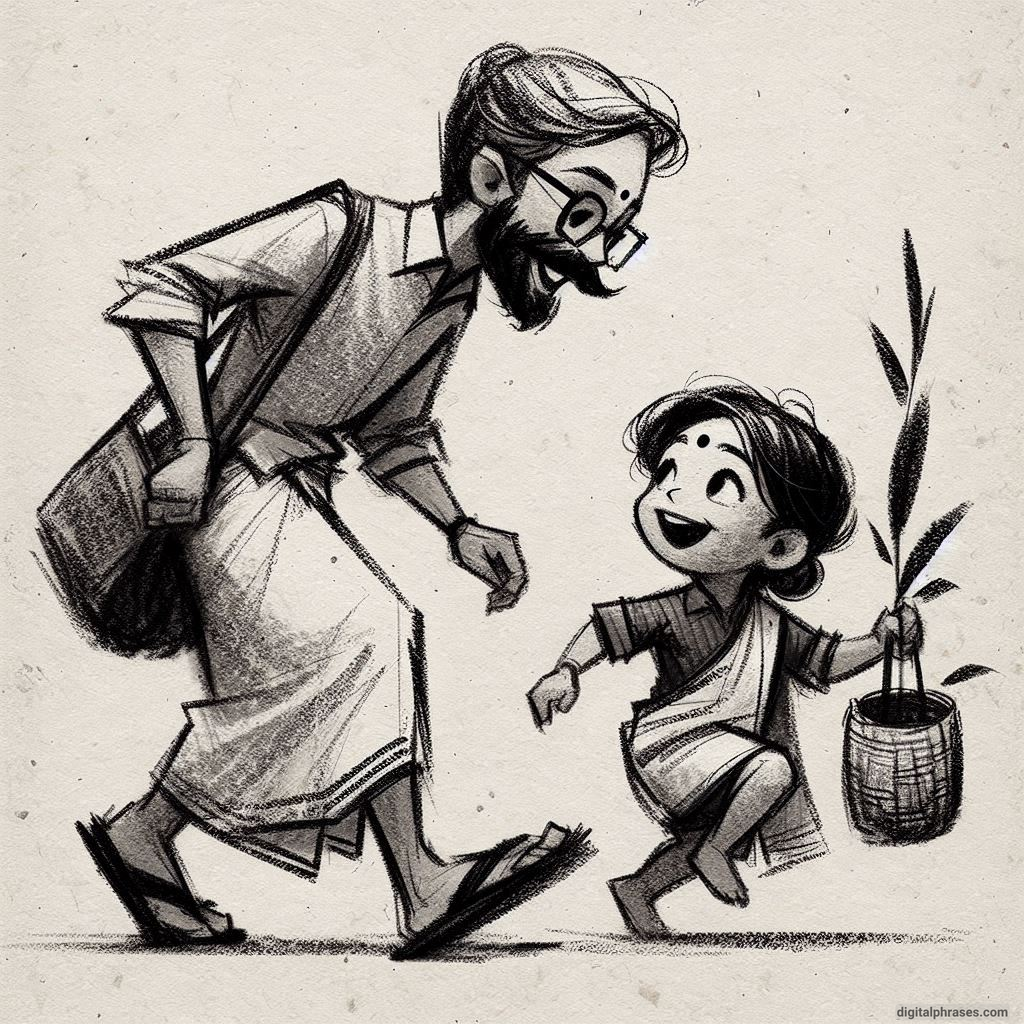
74
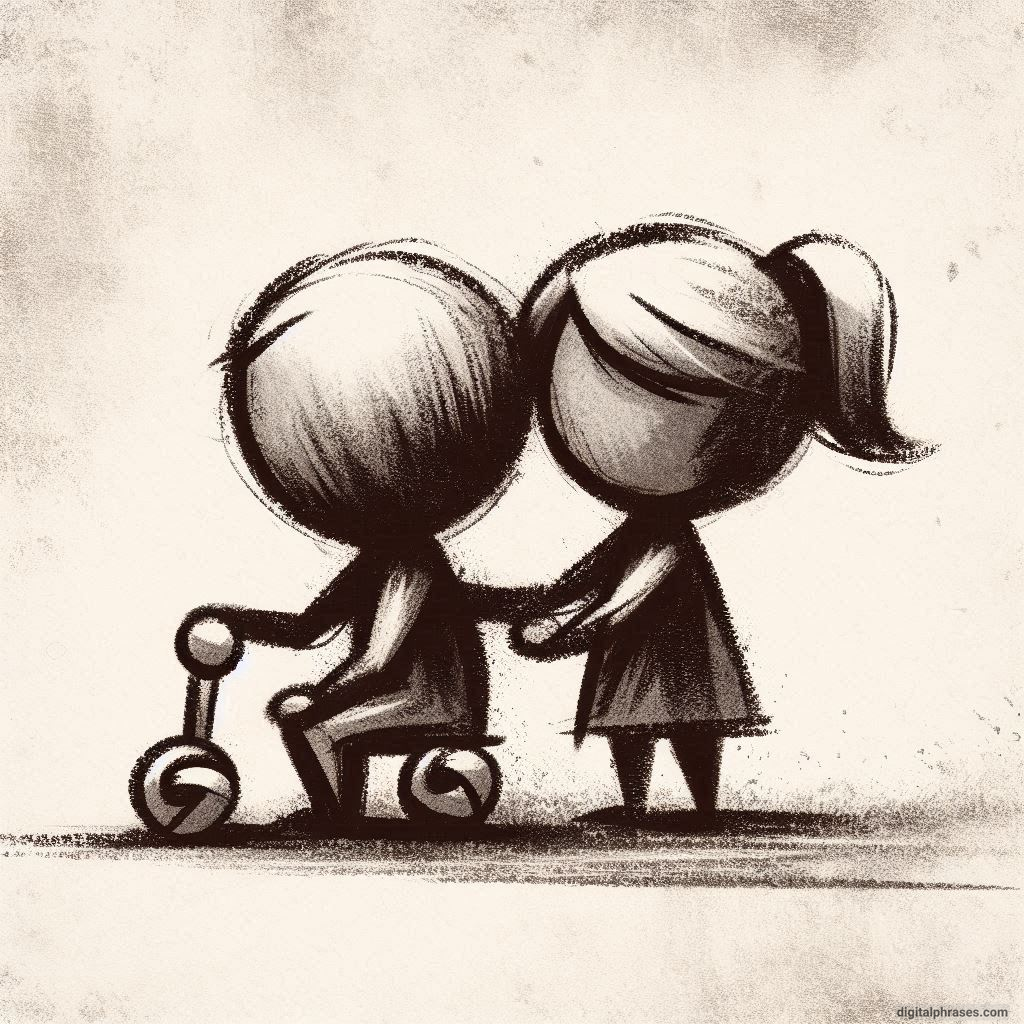
75
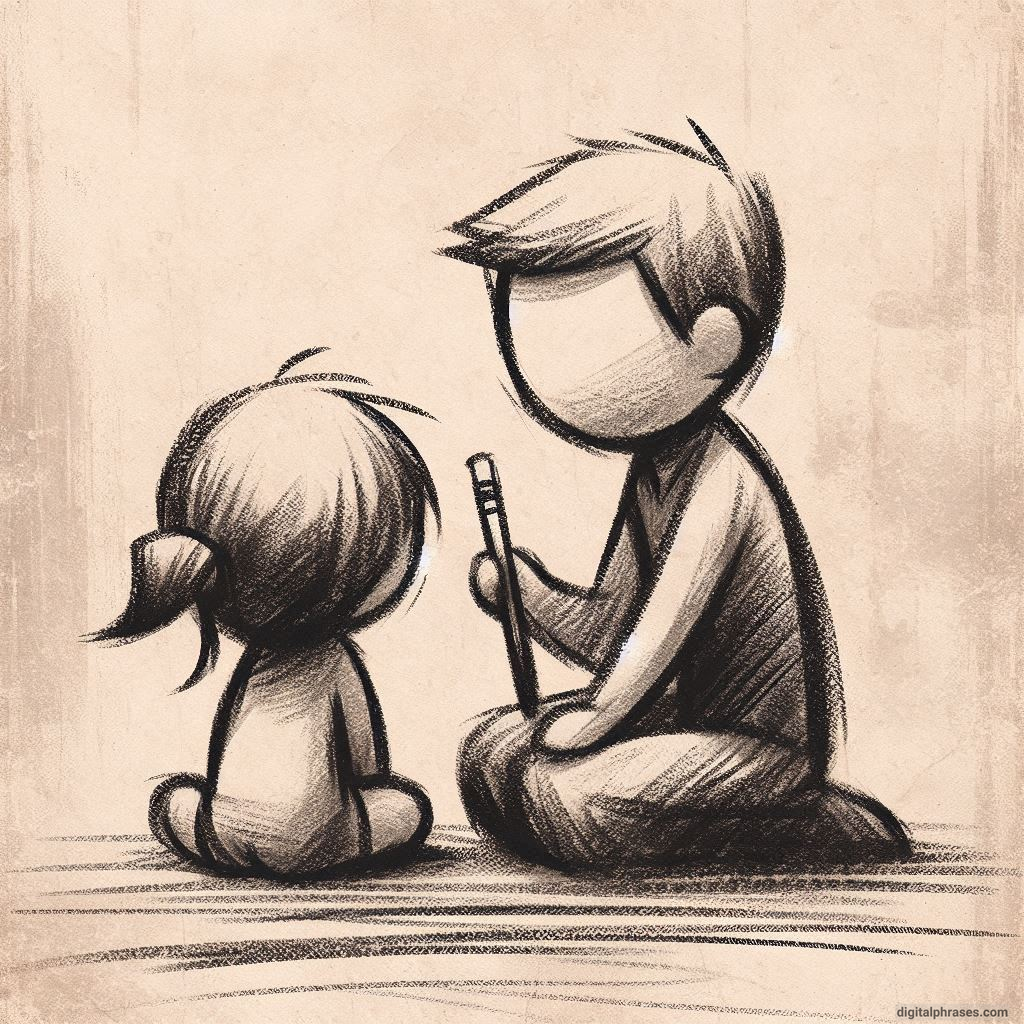
76
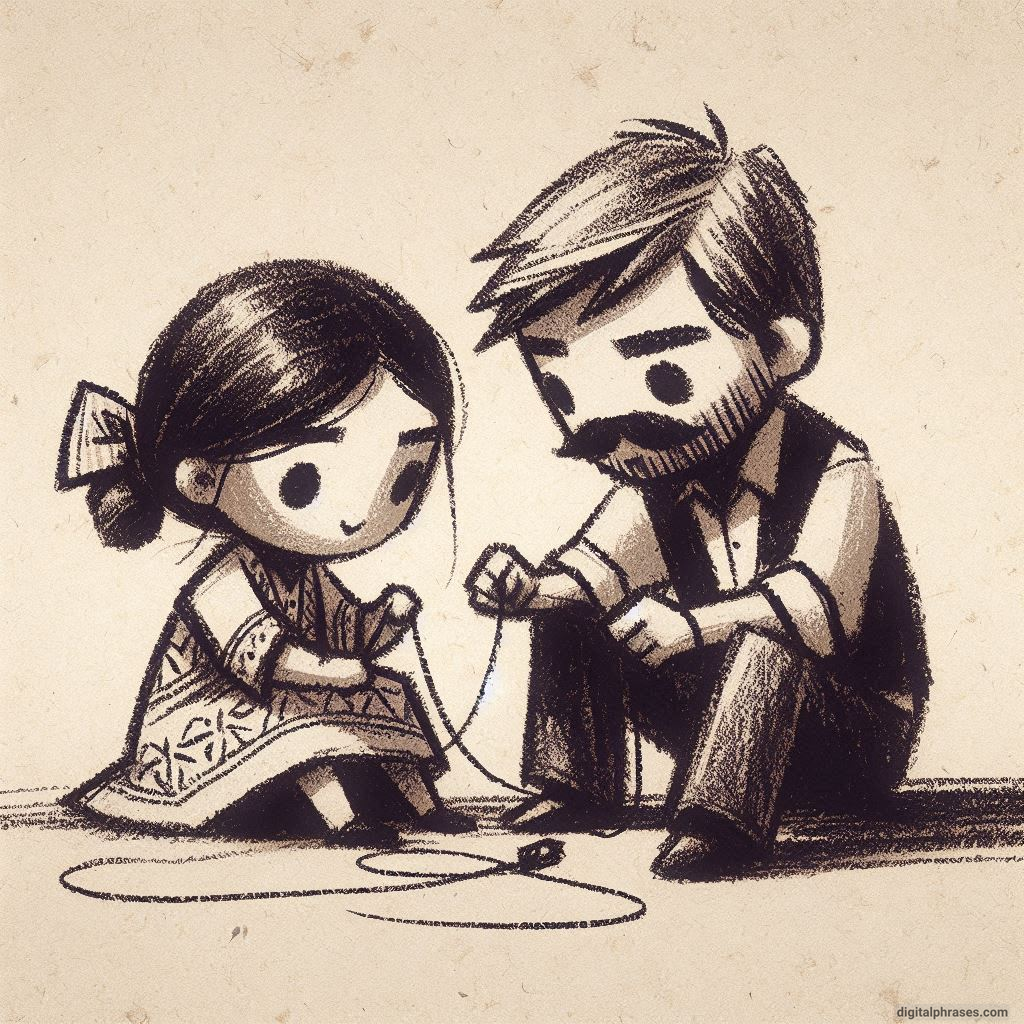
77

78

79

80
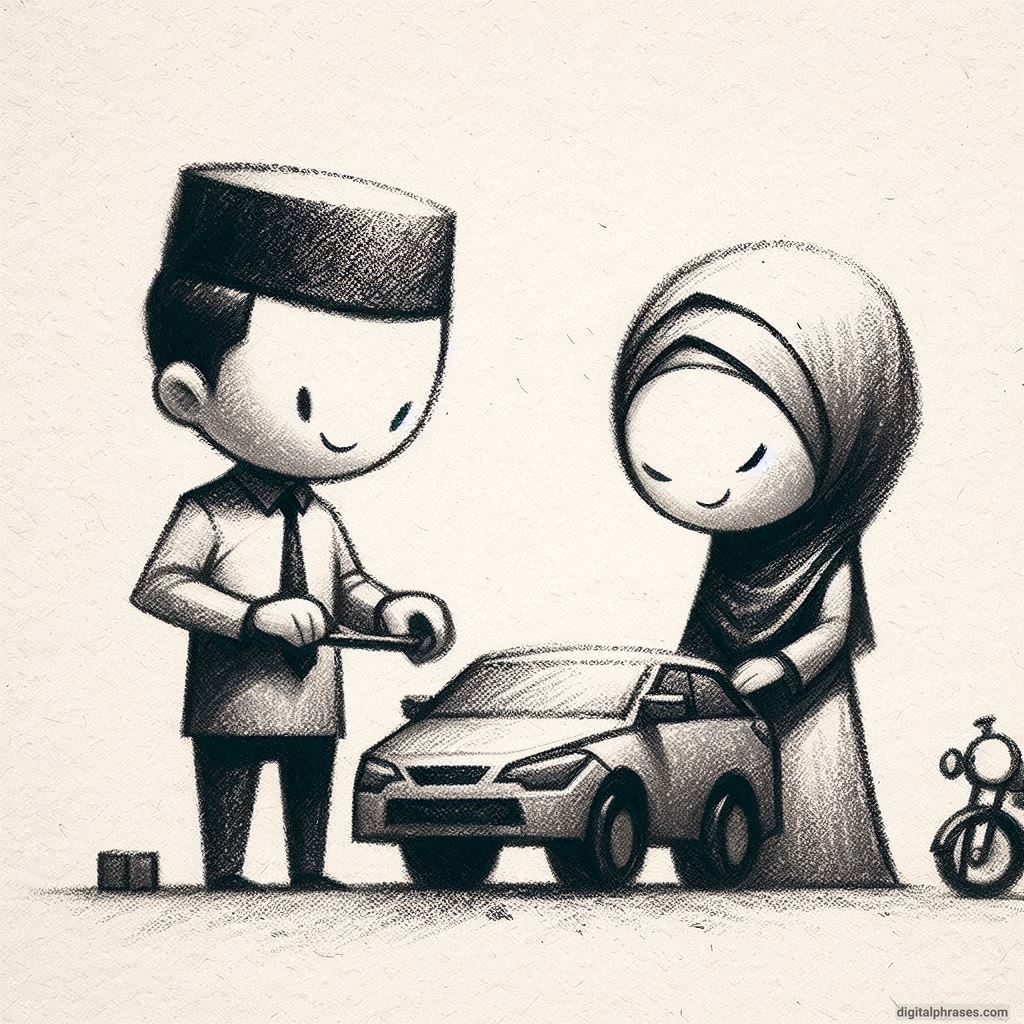
81
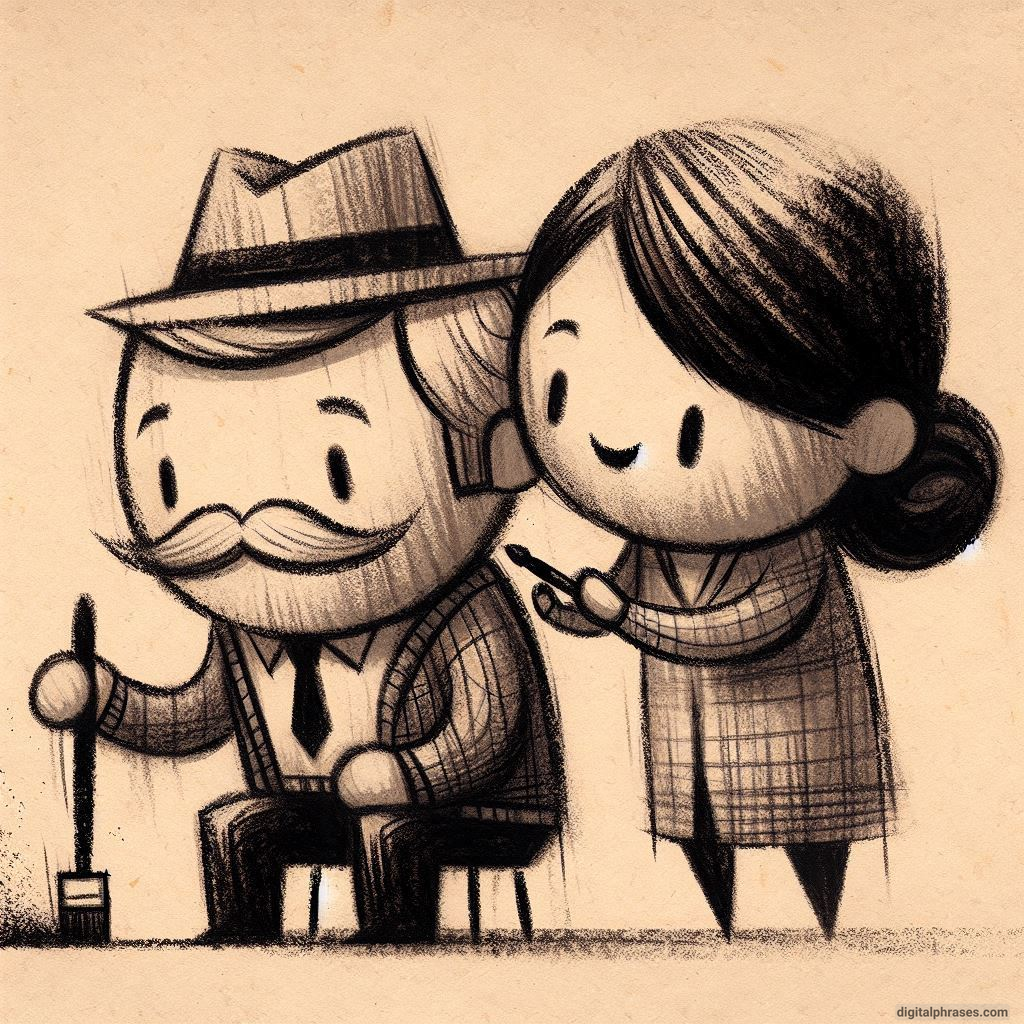
82
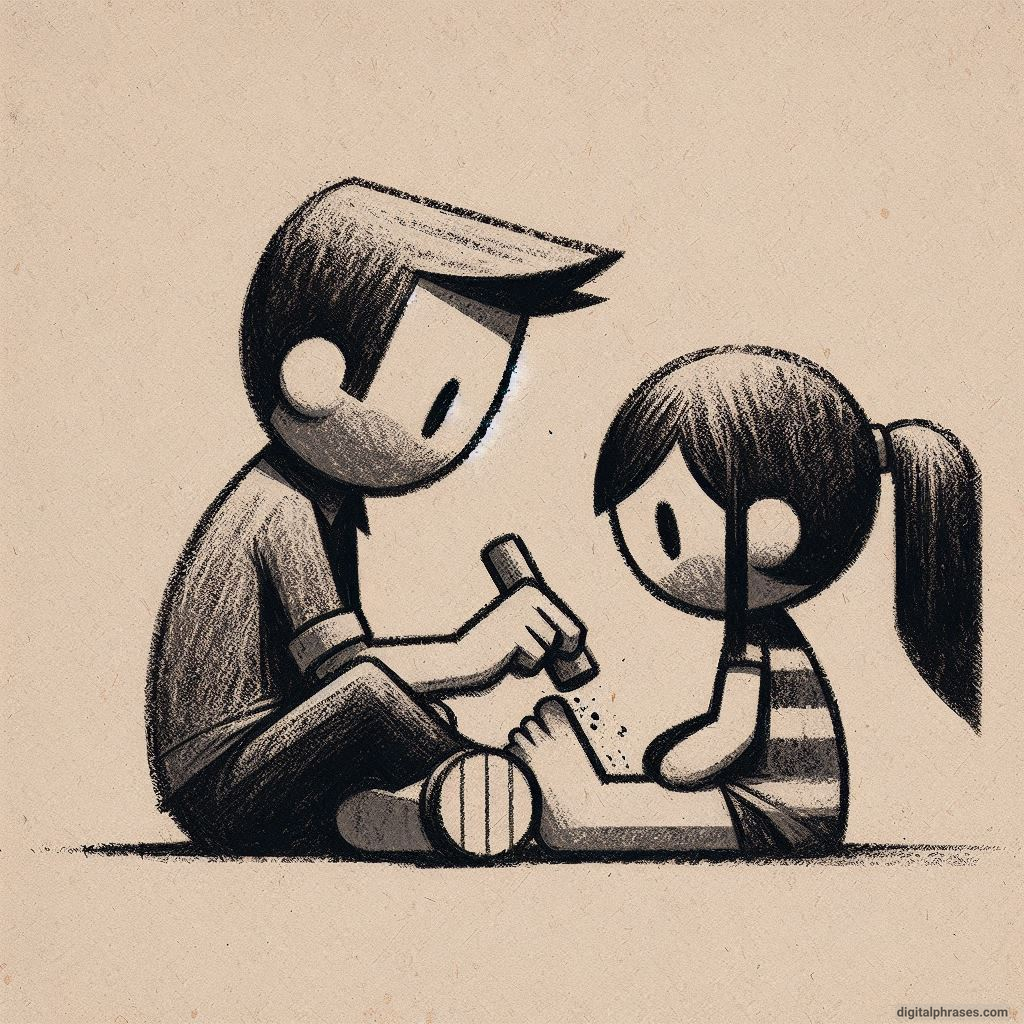
83
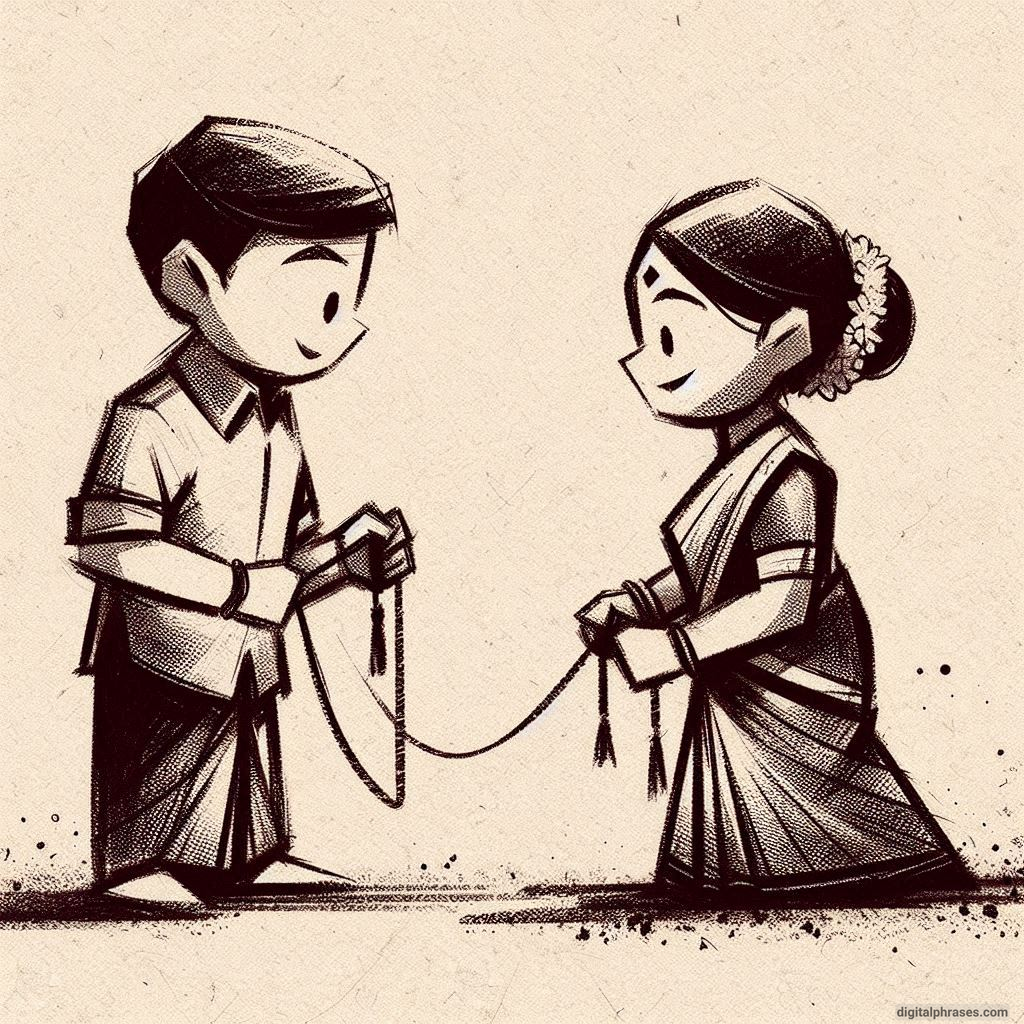
84
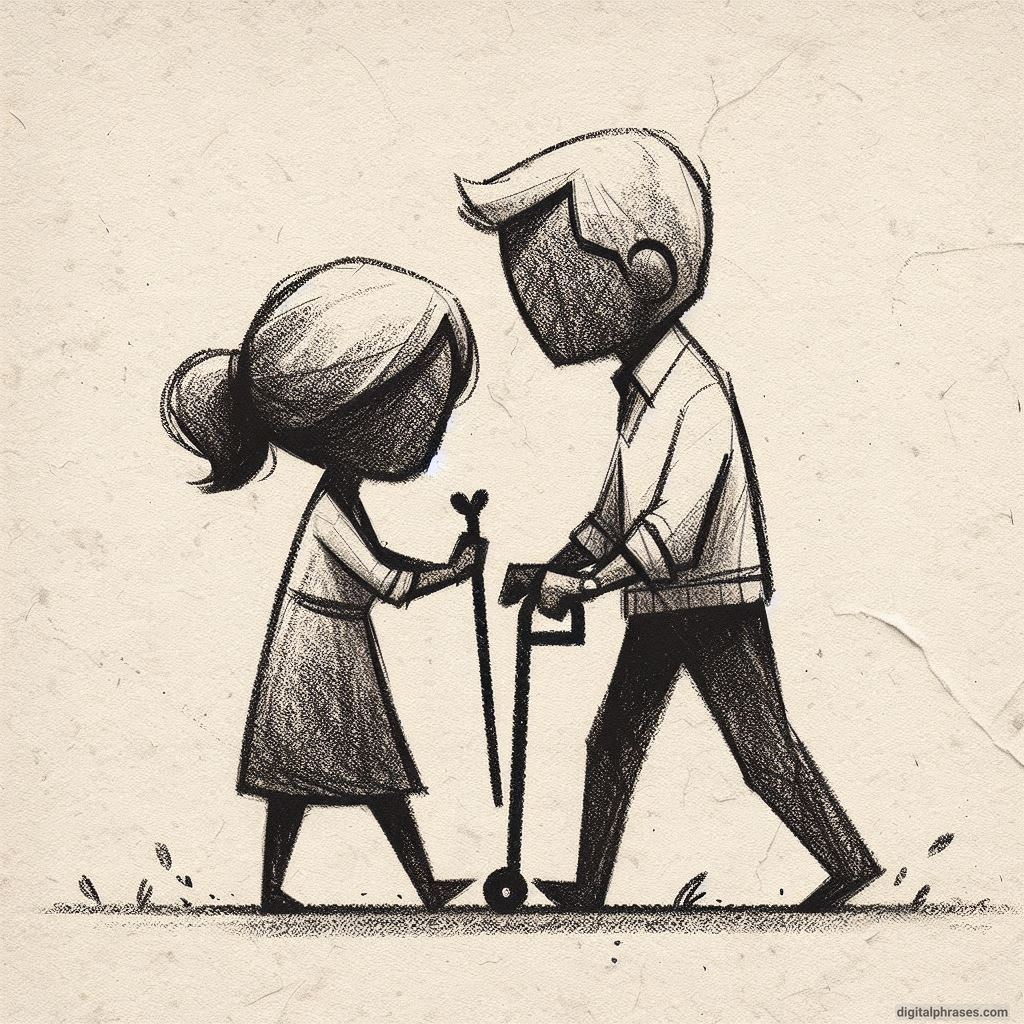
85
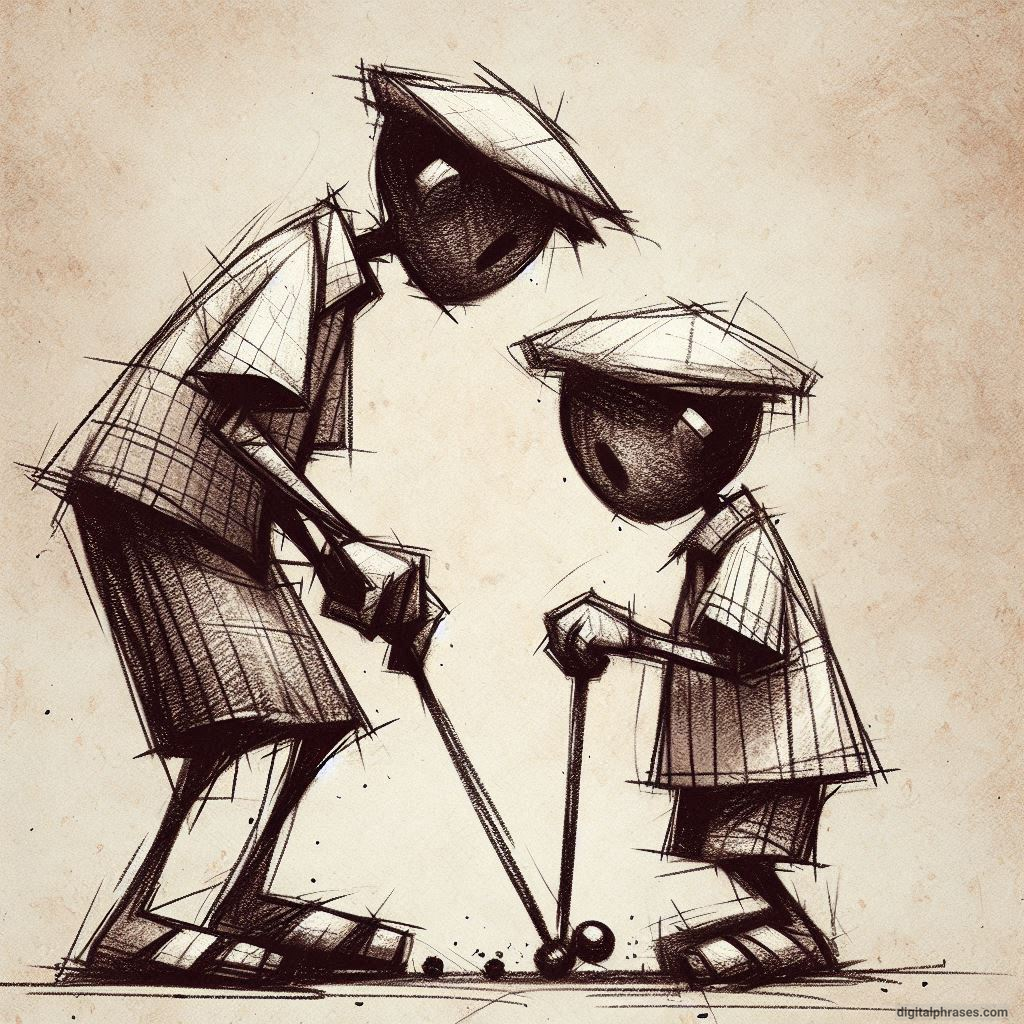
86
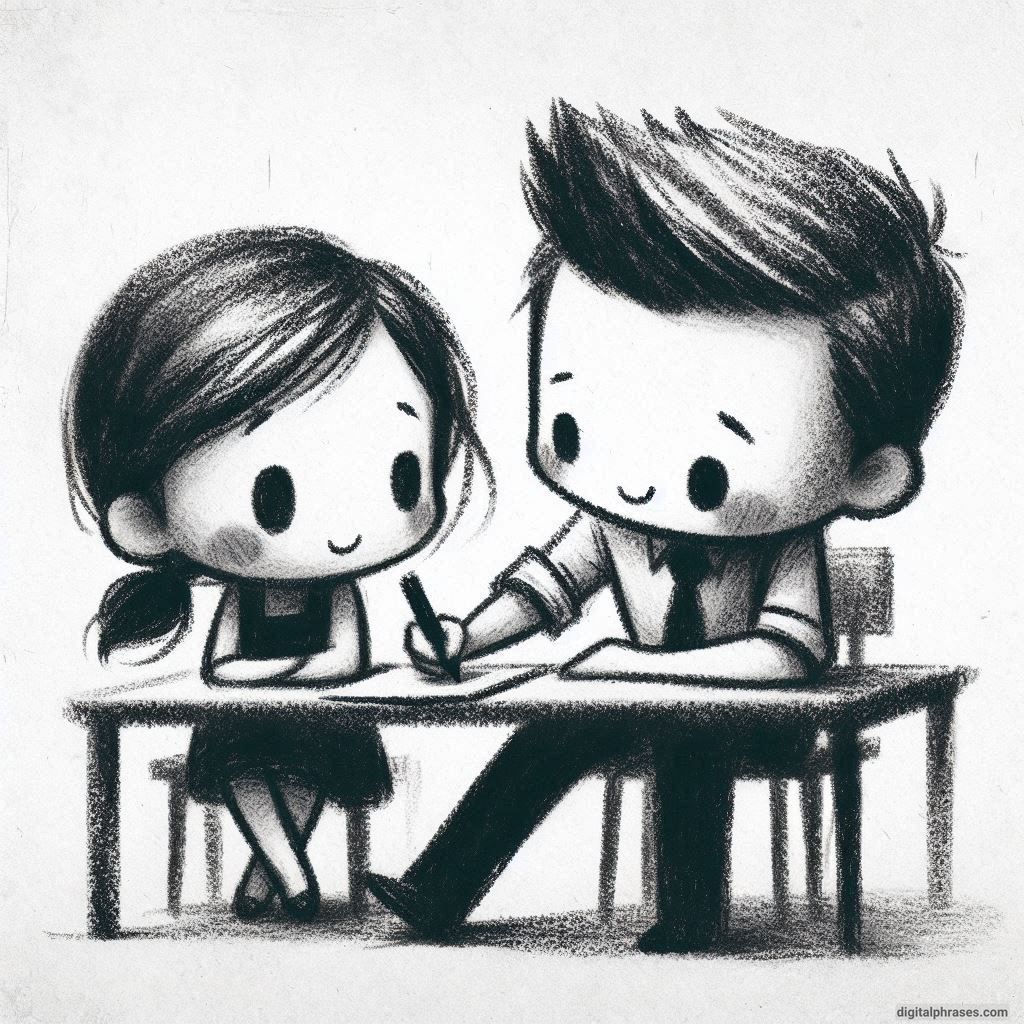
87

88
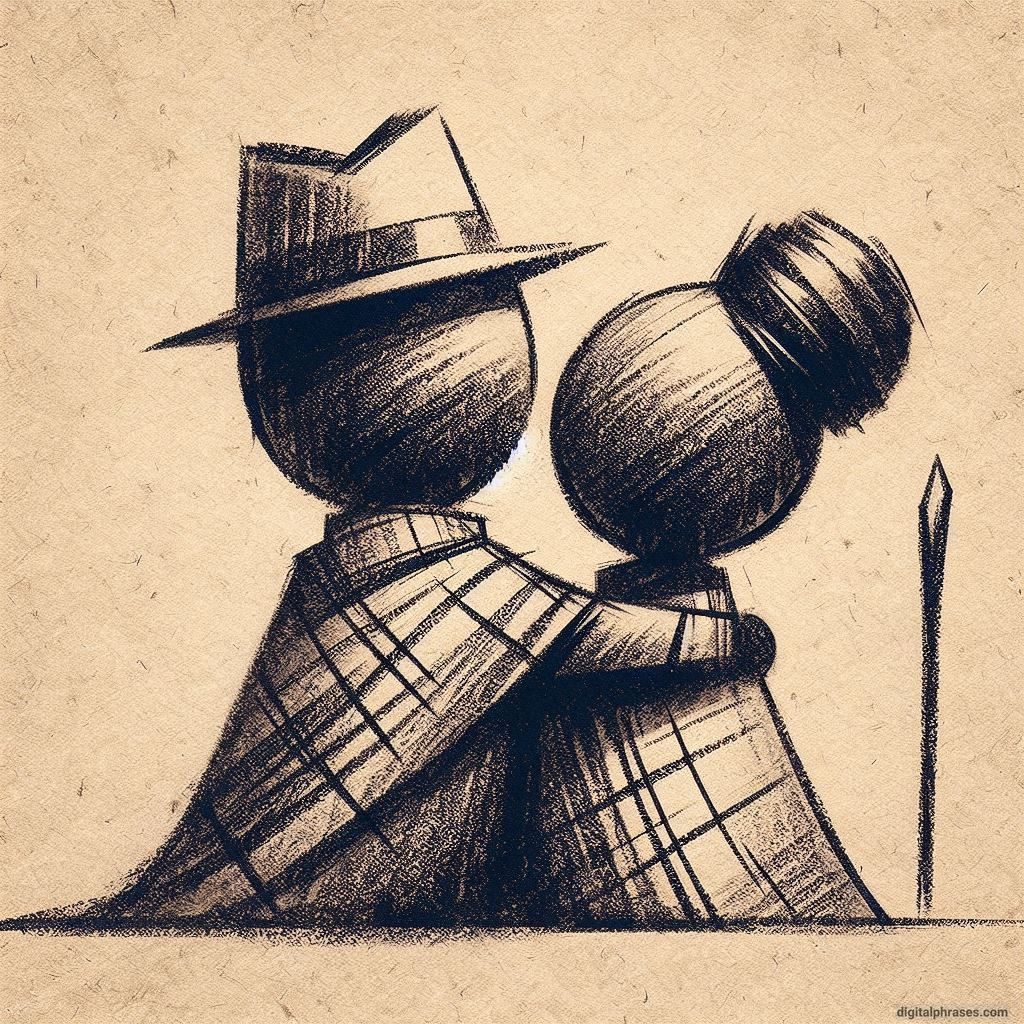
89

90
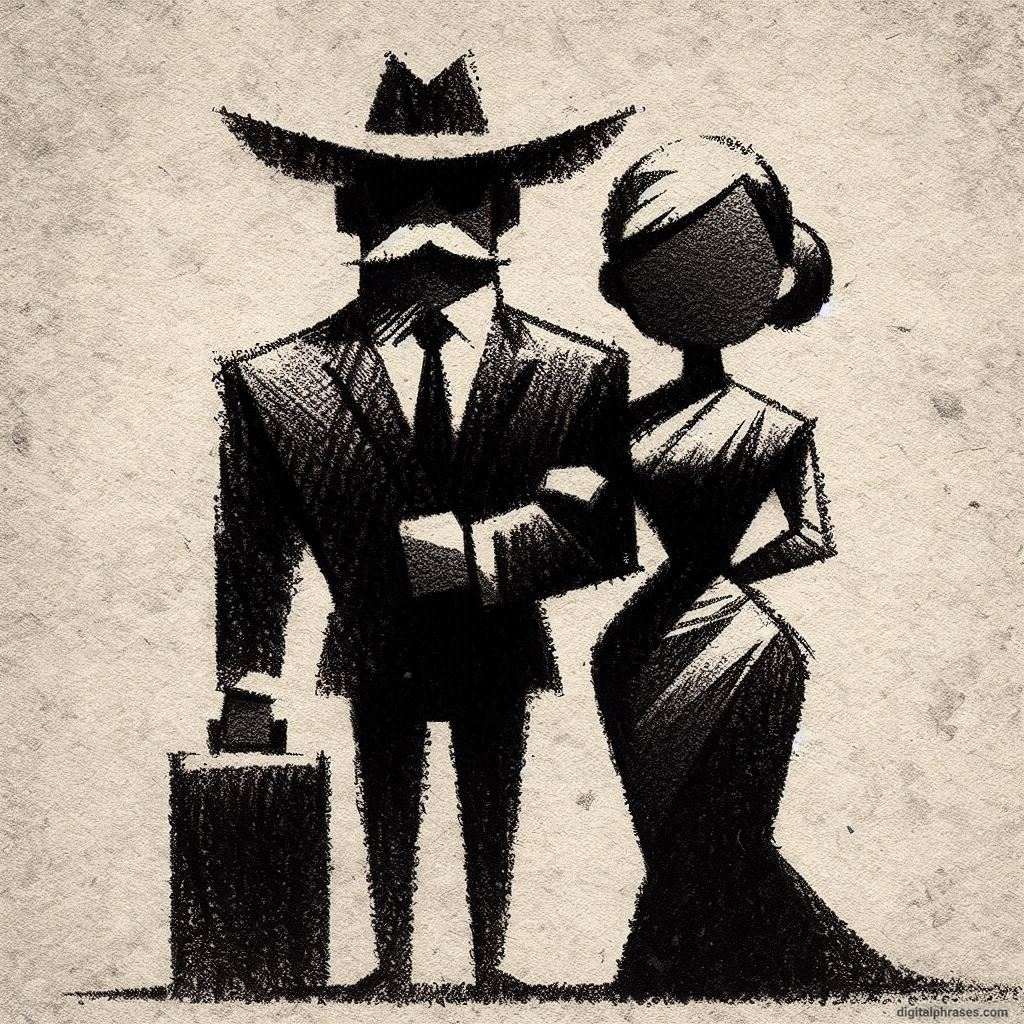
Things To Keep In Mind While Drawing a Cartoon Couple
1. Understanding the Relationship Dynamics
Before you even start drawing, it’s essential to understand the relationship dynamics between the characters. Ask yourself questions such as:
- Are they a romantic couple, best friends, or siblings?
- How long have they known each other?
- What kind of bond do they share?
The answers to these questions will greatly influence the way you draw the characters. For instance, a romantic couple might have subtle body language cues, such as leaning toward each other or making eye contact, whereas best friends might display more playful and exaggerated gestures.
Body Language and Posture
Body language is a powerful tool for conveying the nature of the relationship between your characters. When drawing a cartoon couple, consider how their postures and gestures can express their connection.
A romantic couple might have softer, more intimate body language, with one character gently touching the other’s arm or holding hands. On the other hand, a couple in conflict might stand apart, with closed-off postures and tense expressions.
Facial Expressions
Facial expressions are another crucial element in depicting the dynamics between a cartoon couple. Experiment with different expressions to convey their emotions and relationship status.
For example, a loving gaze or a shared smile can instantly convey affection, while raised eyebrows or frowns can hint at disagreement or tension.
Remember that cartoon characters often have exaggerated features, so feel free to amplify these expressions to enhance the emotional impact.
2. Defining Individual Personalities
A strong cartoon couple is composed of two distinct characters, each with their own personality, traits, and quirks.
While the characters should complement each other, they should also have their own identities. This contrast and complementarity add depth to the relationship and make the characters more relatable and engaging.
Character Design and Silhouettes
When designing your characters, aim for clear and distinct silhouettes. This ensures that each character is easily recognizable, even in simple outlines. Consider the following:
- Shape Language: Use different shapes to define each character. For instance, one character might have a round, soft design, while the other is more angular or elongated. This contrast can symbolize different aspects of their personalities and how they complement each other.
- Size and Proportions: Varying the size and proportions of the characters can add visual interest and reinforce their personalities. A taller, lanky character might be more reserved or intellectual, while a shorter, stockier character might be more grounded and strong-willed.
Color Schemes
Colors play a significant role in character design. Choose color schemes that reflect each character’s personality and relationship.
Warm colors like red, orange, and yellow can convey warmth, passion, and energy, while cool colors like blue, green, and purple can evoke calmness, stability, and harmony.
You might also consider complementary colors for the couple’s outfits to visually tie them together.
Personality in Action
Showcasing the personalities of each character through their actions and interactions is vital.
One character might be more outgoing, initiating playful or affectionate gestures, while the other is more reserved, responding with subtle but meaningful reactions.
Think about how each character’s personality influences their behavior and how they interact with their partner.
3. Creating Interactions and Chemistry
The magic of a cartoon couple lies in the interactions between the characters.
These interactions create the chemistry that brings the couple to life and makes them believable and endearing to the audience.
Proximity and Touch
Proximity between characters is a subtle yet powerful way to show their connection.
Characters who are comfortable with each other might stand or sit close together, sometimes even overlapping in their poses.
Touch is another key element—hand-holding, an arm around the shoulder, or a gentle nudge can all convey affection, comfort, or support.
Dialogue and Expression
Dialogue is another tool for building chemistry between your characters. Even in cartoons where speech is minimal, you can convey a lot through body language and facial expressions.
A quick glance, a shared laugh, or even a synchronized movement can speak volumes about the couple’s bond. When using dialogue, keep it natural and reflective of their relationship—playful banter, inside jokes, or tender words can deepen the connection between the characters.
Conflict and Resolution
No relationship is perfect, and showing moments of conflict and resolution can add depth to your cartoon couple.
Whether it’s a minor disagreement or a more significant conflict, how the characters navigate these challenges will reveal their commitment to each other and the strength of their bond. Depicting these moments can also make the relationship more relatable and realistic to the audience.
4. Expressing Emotions Through Composition
The composition of your drawing can significantly impact how the emotions and dynamics between the characters are perceived.
The placement of the characters within the frame, the use of background elements, and the overall balance of the composition all play a role in storytelling.
Framing and Angles
The framing of your cartoon couple can convey different emotions and emphasize certain aspects of their relationship. For instance:
- Close-ups: A close-up shot focusing on the characters’ faces can highlight their emotional connection, drawing attention to their expressions and eye contact.
- Wide Shots: A wider shot that includes more of the environment can show how the couple interacts within a space, emphasizing their connection to the world around them or their isolation within it.
- Camera Angles: Experiment with different camera angles to add variety and depth to your compositions. A high angle can make the characters appear smaller and more vulnerable, while a low angle can give them a sense of power or importance.
Background and Environment
The environment in which you place your cartoon couple can enhance the mood and support the storytelling.
A cozy, intimate setting like a dimly lit café or a sunset beach can evoke romance, while a bustling city street or a chaotic living room can reflect a more dynamic or tumultuous relationship.
The background should complement the emotions and narrative you want to convey without overwhelming the characters.
Balance and Symmetry
Balance and symmetry in your composition can symbolize harmony and unity in the relationship.
Characters positioned symmetrically, facing each other or standing side by side, can convey equality and mutual respect. On the other hand, asymmetrical compositions can create tension or highlight differences between the characters, adding complexity to their relationship.
5. Evolving the Relationship Over Time
As you develop your cartoon couple, consider how their relationship might evolve over time.
Relationships are dynamic, and showing growth, change, and development in your characters can make them more compelling and realistic.
Character Development
Think about how each character might change as the relationship progresses.
Perhaps one character starts off shy and reserved but becomes more confident and open through their interactions with the other.
Maybe the couple faces challenges that test their bond, leading to personal growth and a deeper connection.
Milestones and Moments
Depicting key moments or milestones in the couple’s relationship can add layers to their story. These moments could include:
- First Meeting: How did the characters first meet? Was it love at first sight, or did their relationship develop over time?
- First Date: A first date can be a pivotal moment in any relationship. How do the characters behave? Are they nervous, excited, or awkward?
- Conflict: What challenges do they face? How do they handle disagreements or misunderstandings?
- Commitment: How do they show their commitment to each other? This could be through small, everyday actions or significant life decisions.
By illustrating these moments, you create a narrative arc for the couple, making their relationship more engaging and relatable.
6. Technical Considerations
While the creative aspects of drawing a cartoon couple are crucial, technical considerations are equally important.
Paying attention to the details of your artwork ensures that your characters are not only visually appealing but also consistent and professional.
Anatomy and Proportions
Even in cartooning, where exaggeration is often used, a basic understanding of anatomy and proportions is essential. Ensure that your characters’ proportions make sense within the style you’ve chosen.
Consistency is key—if one character’s head is twice the size of their body in one drawing, it should remain that way in subsequent drawings unless there’s a specific reason for the change.
Line Work and Style Consistency
Maintaining consistency in your line work and overall style is important when drawing a cartoon couple.
Whether you prefer clean, crisp lines or a more sketchy, loose style, ensure that both characters are drawn in the same style to create a cohesive look.
Inconsistent line work can be distracting and take away from the overall impact of the artwork.
Coloring and Shading
Coloring and shading can add depth and dimension to your cartoon couple. Consider how light interacts with the characters and the environment.
Shading can help define the form and give a sense of volume, while highlights can draw attention to specific areas, such as the characters’ faces or hands.
Consistent and thoughtful use of color and shading enhances the overall quality of the artwork.
Background and Foreground Integration
When drawing a cartoon couple, it’s important to integrate the characters with the background and foreground elements.
Avoid making the background too busy or detailed, as it can distract from the characters. Instead, use the background to complement the characters and enhance the storytelling.
Consider the use of depth and perspective to create a sense of space and place the characters within a believable environment.
7. Incorporating Themes and Symbols
Themes and symbols can add a deeper layer of meaning to your cartoon couple. These elements can be subtle or overt, but they should resonate with the relationship and story you’re trying to tell.
Symbolic Elements
Incorporate symbolic elements into your drawings to reinforce the themes of the couple’s relationship.
For example, a recurring motif like a shared object (a book, a flower, a piece of jewelry) can represent their connection or a significant moment in their relationship.
These symbols can appear in the background, as part of the characters’ outfits, or in the environment around them.
Cultural and Contextual Influences
Consider the cultural and contextual background of your characters.
How do their cultural identities influence their relationship?
Are there specific traditions, customs, or values that shape how they interact? Incorporating these elements can add richness and authenticity to the characters and their relationship.
Universal Themes
Explore universal themes such as love, friendship, trust, and sacrifice in your depiction of the cartoon couple.
These themes resonate with a wide audience and can make the relationship more relatable.
Whether you’re depicting a romantic couple overcoming challenges together or best friends supporting each other through thick and thin, these themes can add emotional depth to your artwork.
8. Experimentation and Innovation
Finally, don’t be afraid to experiment and innovate with your cartoon couple. While there are tried-and-true methods for creating compelling characters and relationships, pushing the boundaries of what’s expected can lead to fresh and exciting results.
Breaking Stereotypes
Challenge traditional stereotypes by creating a cartoon couple that defies conventional expectations. This could involve playing with gender roles, cultural norms, or personality archetypes.
By subverting expectations, you can create a more diverse and inclusive representation of relationships.
Mixing Styles and Genres
Experiment with different artistic styles and genres to find a unique look for your cartoon couple. You might blend elements from various influences, such as anime, Western cartoons, or graphic novels, to create a distinctive aesthetic.
Mixing genres, like combining romantic comedy with fantasy or sci-fi elements, can also lead to interesting and original storytelling.
Exploring Different Mediums
While digital art is popular for cartooning, don’t shy away from exploring other mediums.
Traditional drawing, watercolor, collage, or even mixed media can bring a unique texture and feel to your artwork. Each medium offers different possibilities for expression, and experimenting with them can lead to unexpected and creative outcomes.
Conclusion
Drawing a cartoon couple is a rewarding creative endeavor that involves a blend of technical skills, artistic intuition, and storytelling.
By paying attention to the relationship dynamics, defining individual personalities, creating chemistry through interactions, and carefully considering composition and technical details, you can craft a cartoon couple that resonates with your audience.
Remember that relationships are complex and multifaceted, and the best cartoon couples reflect this complexity in their design, interactions, and growth.
Whether you’re drawing for a comic strip, an animated series, or a standalone piece of art, these principles will help you create characters that are not only visually appealing but also deeply engaging and memorable.
As you continue to develop your skills, don’t hesitate to experiment with different styles, themes, and techniques.
The world of cartooning offers endless possibilities for creativity and expression, and your unique perspective will bring new and exciting cartoon couples to life.
Happy drawing!

